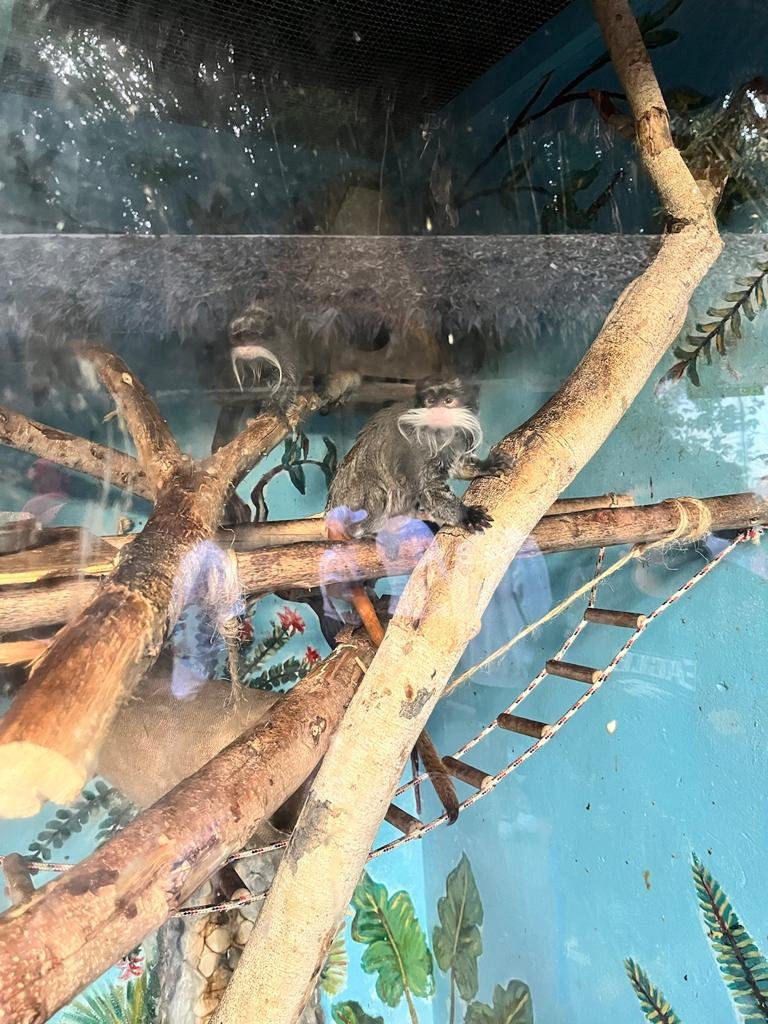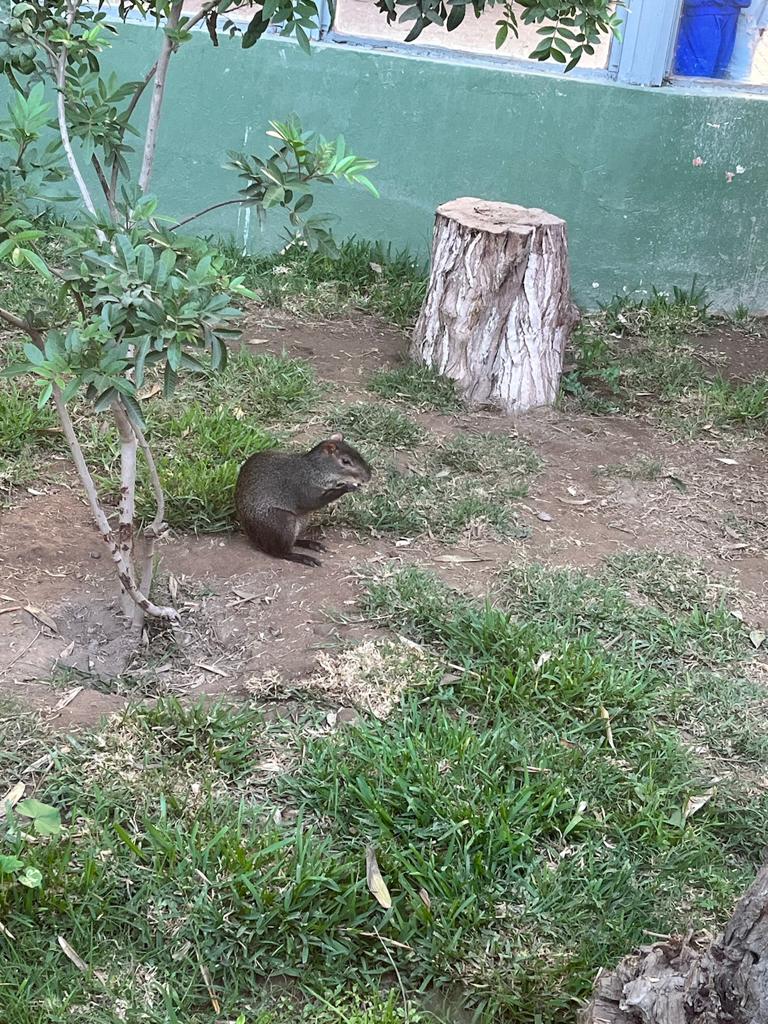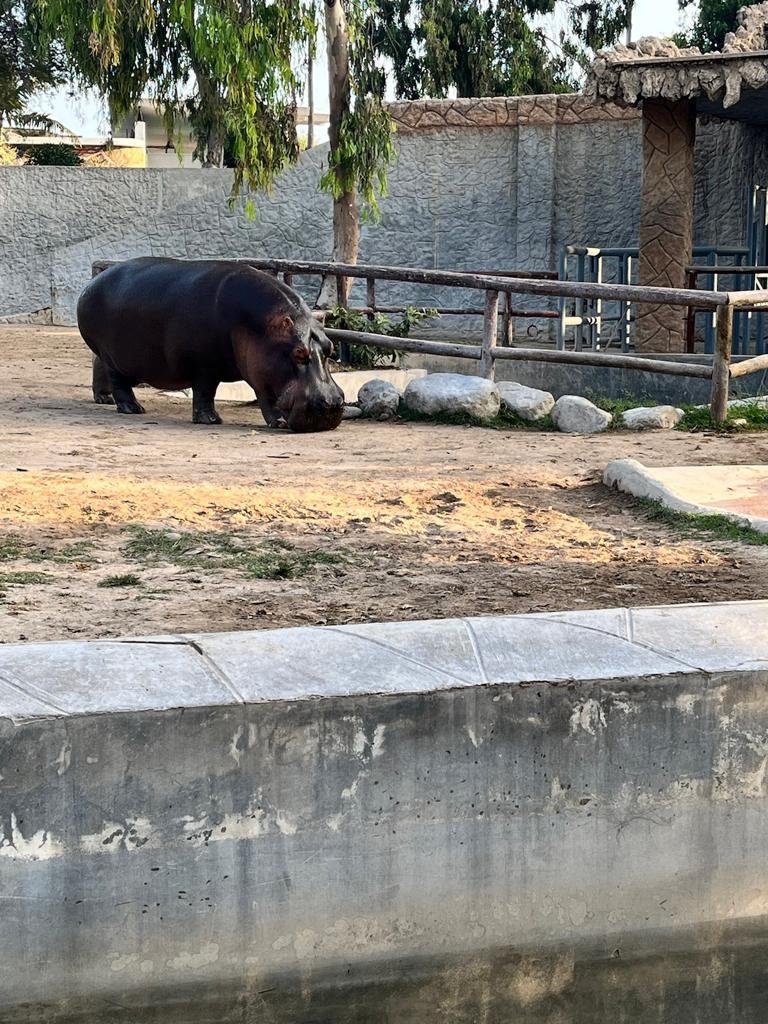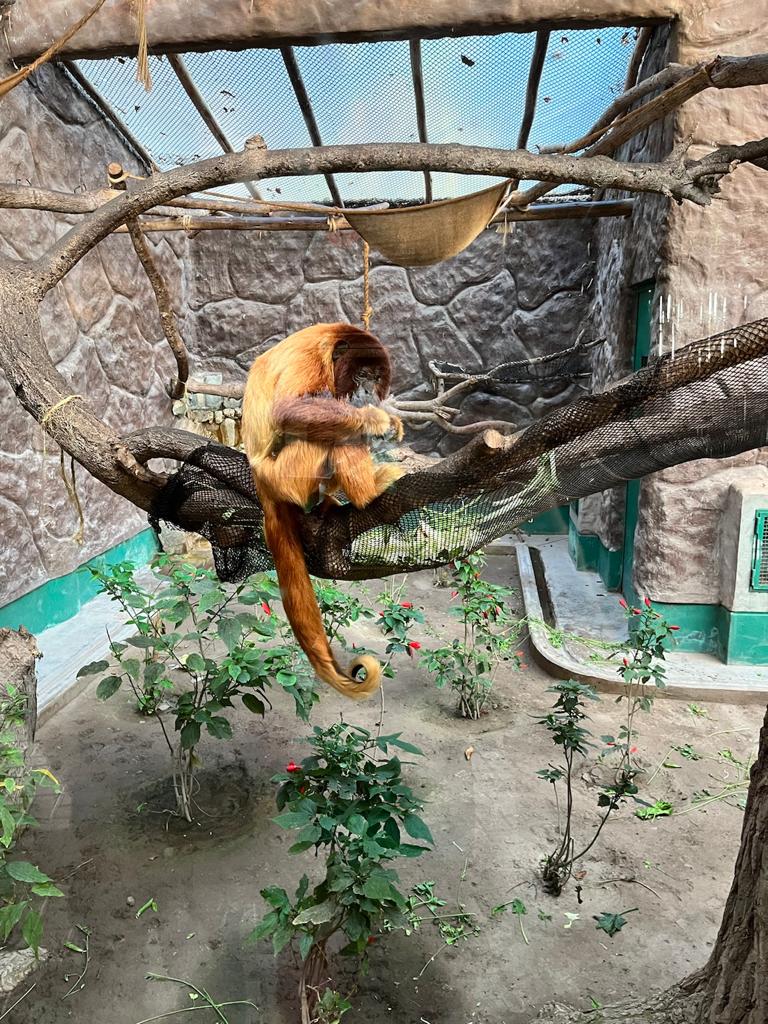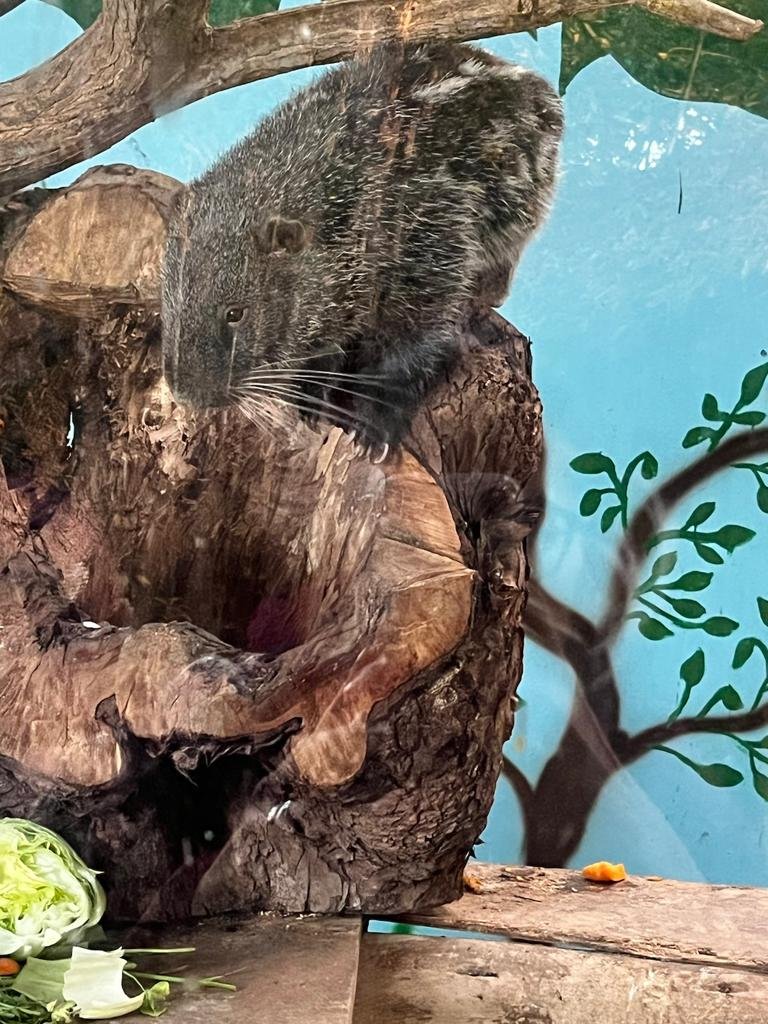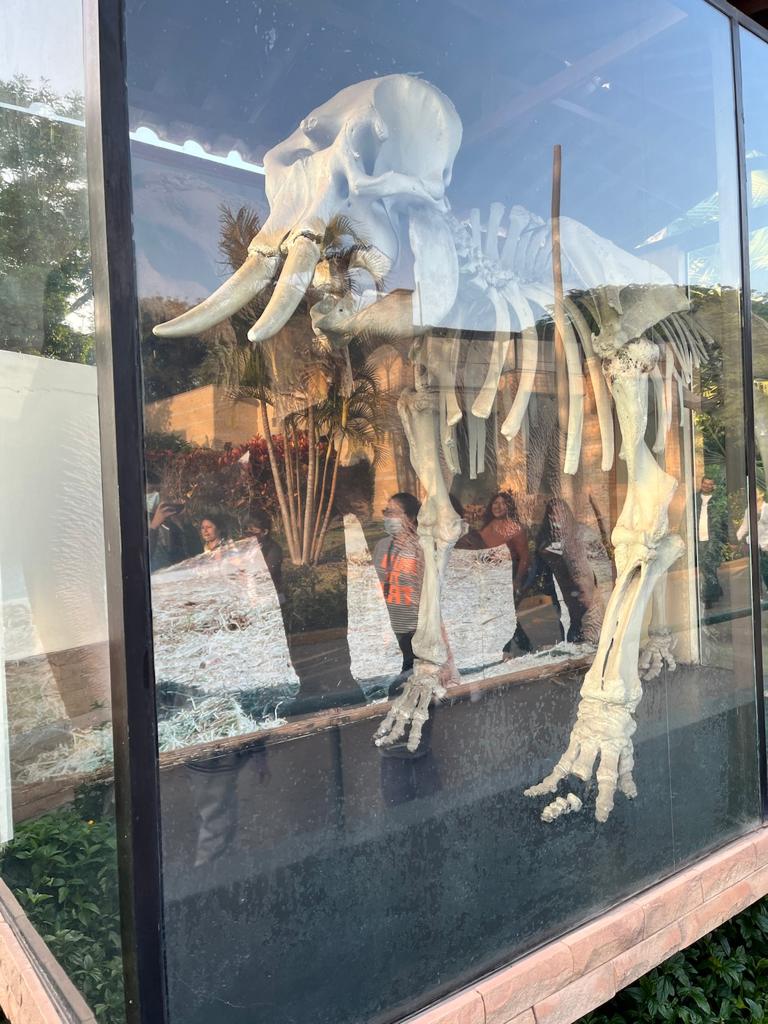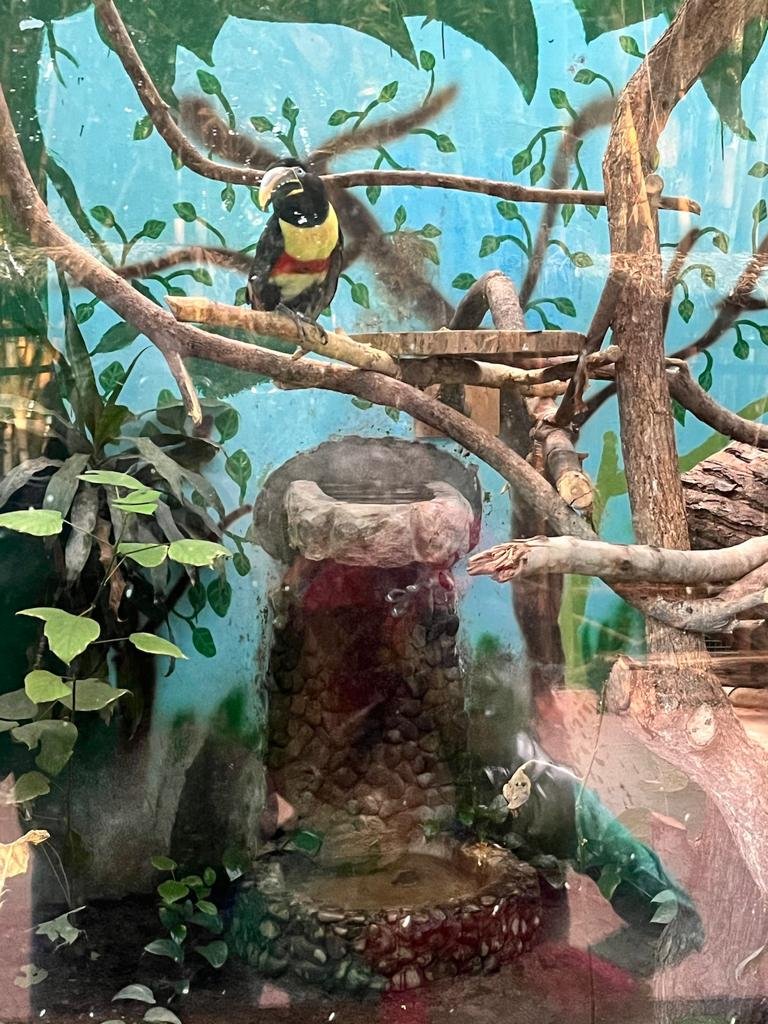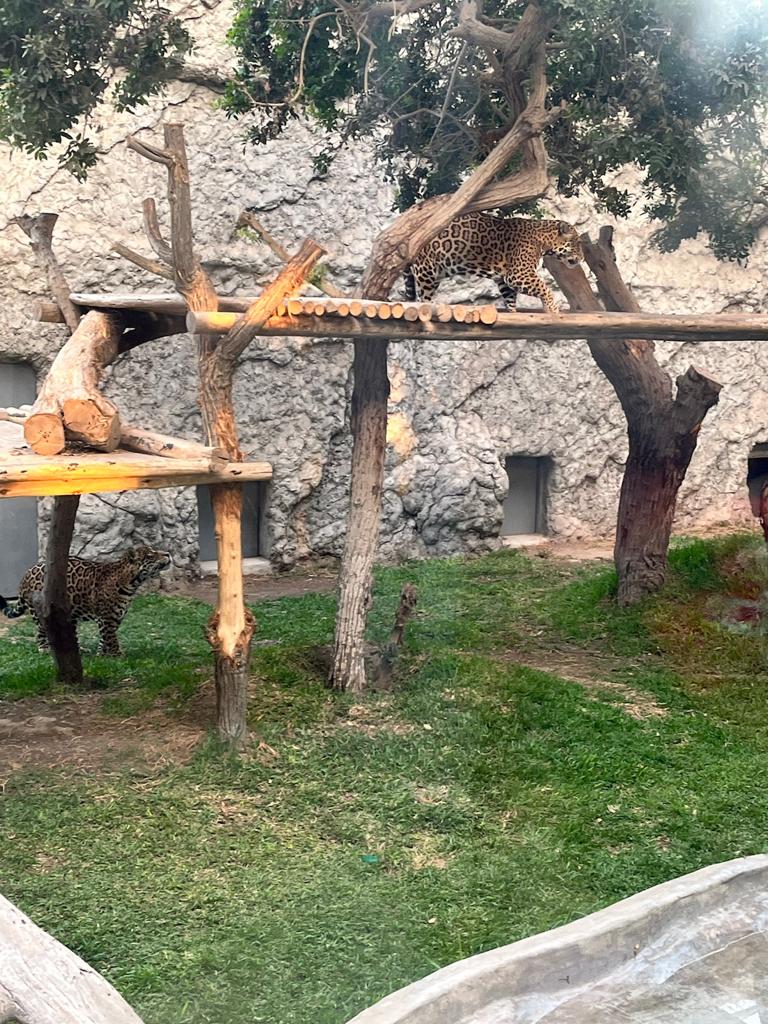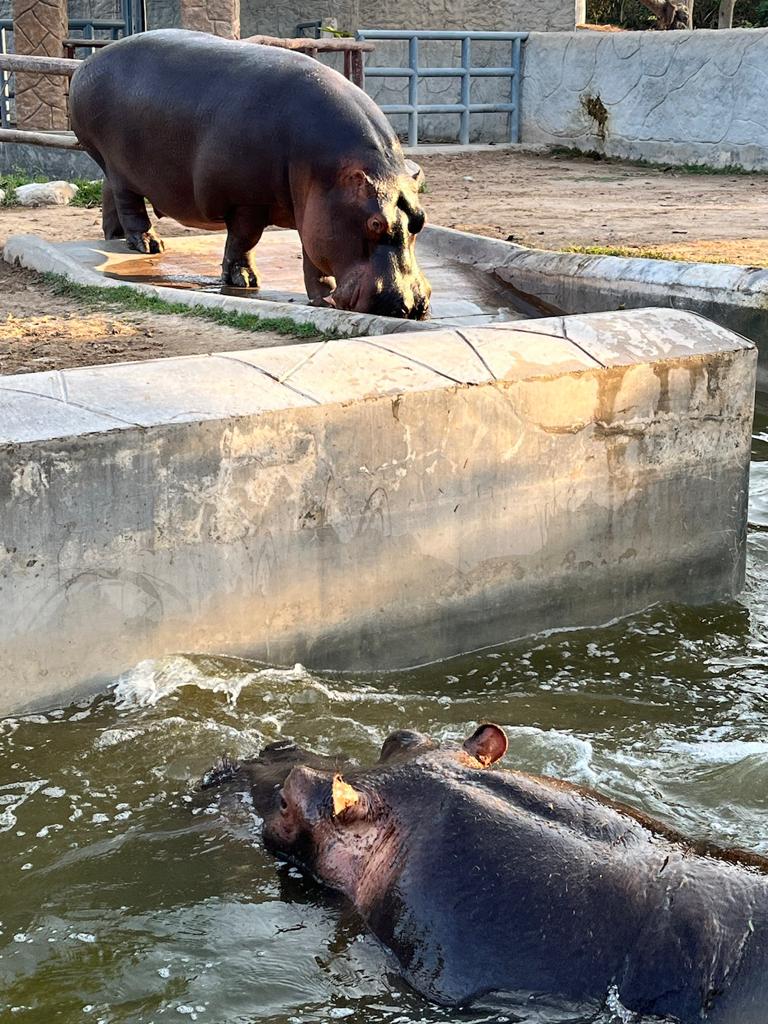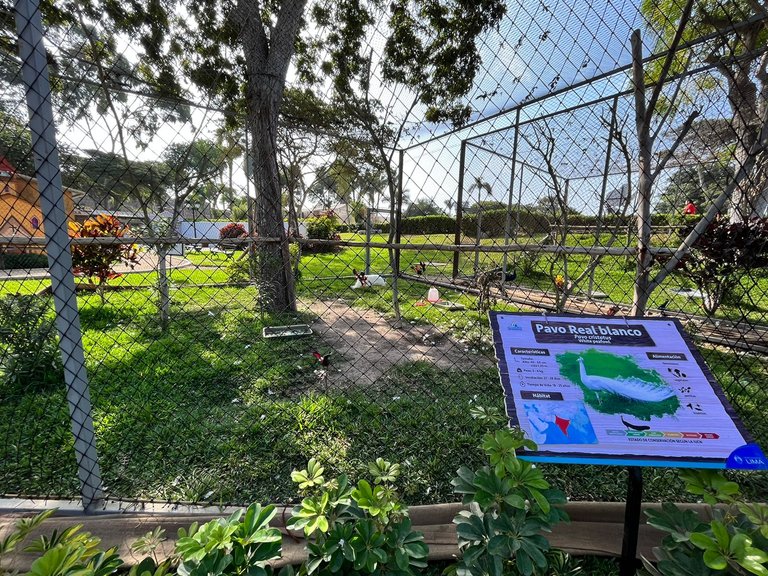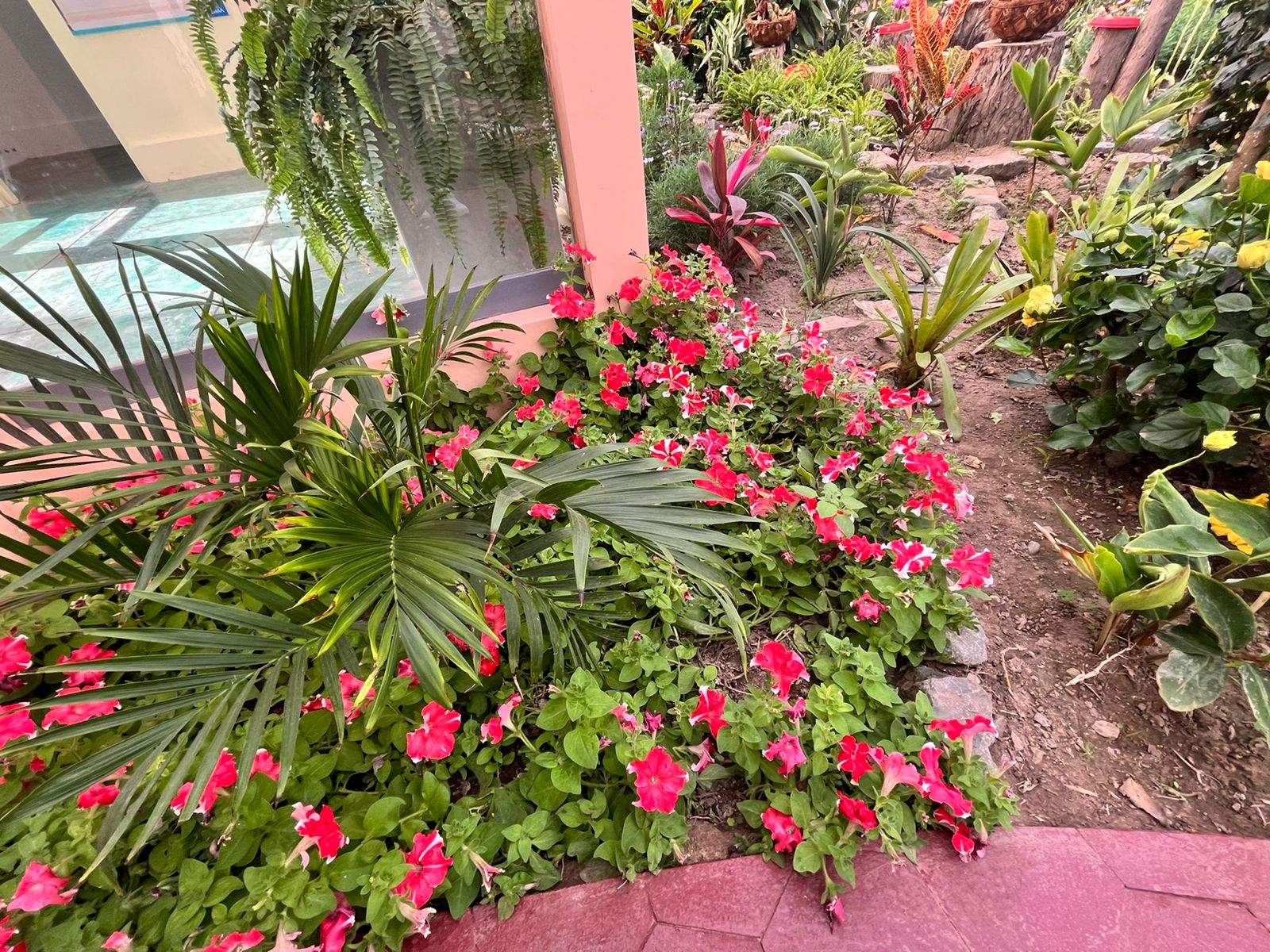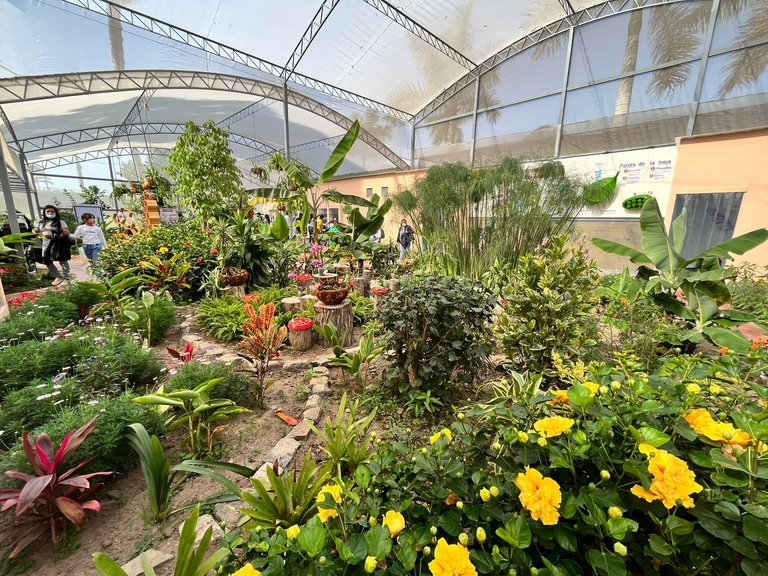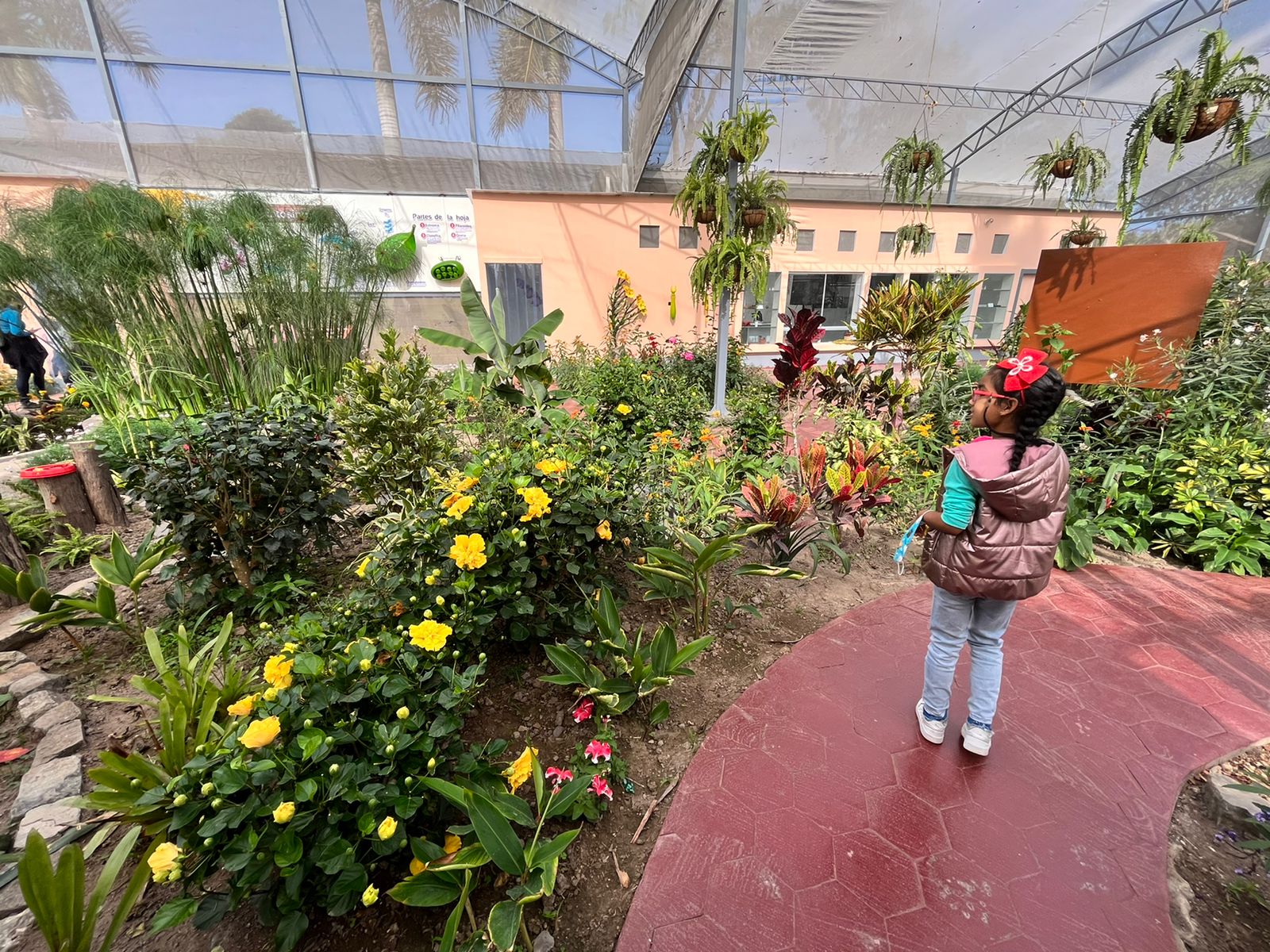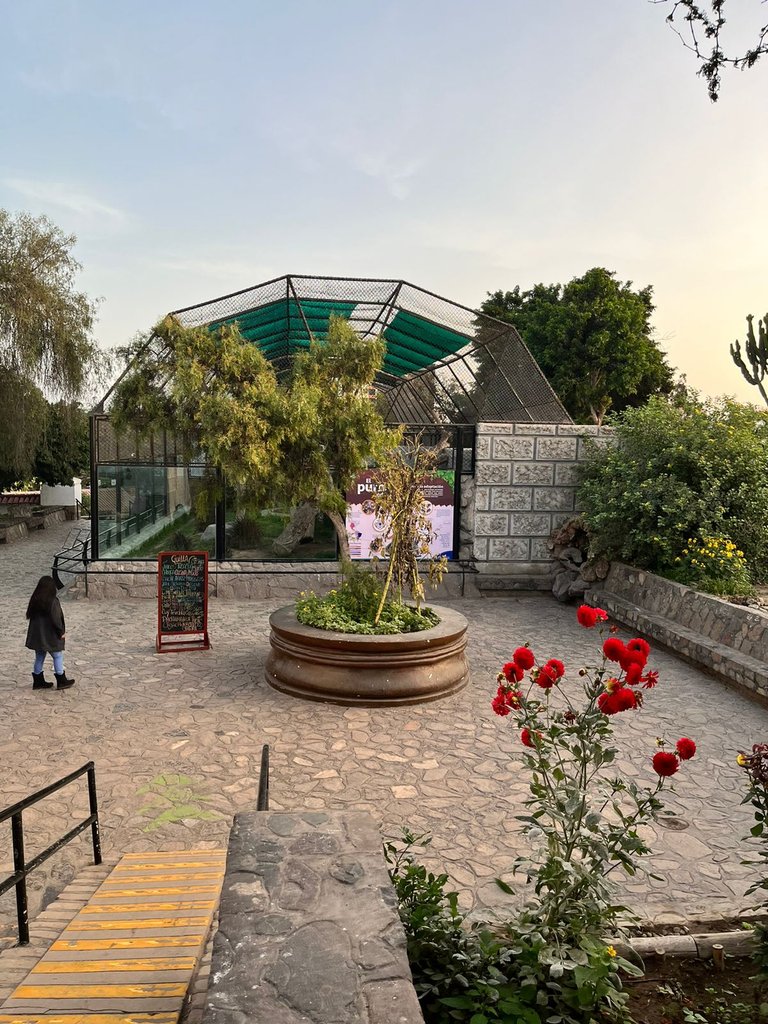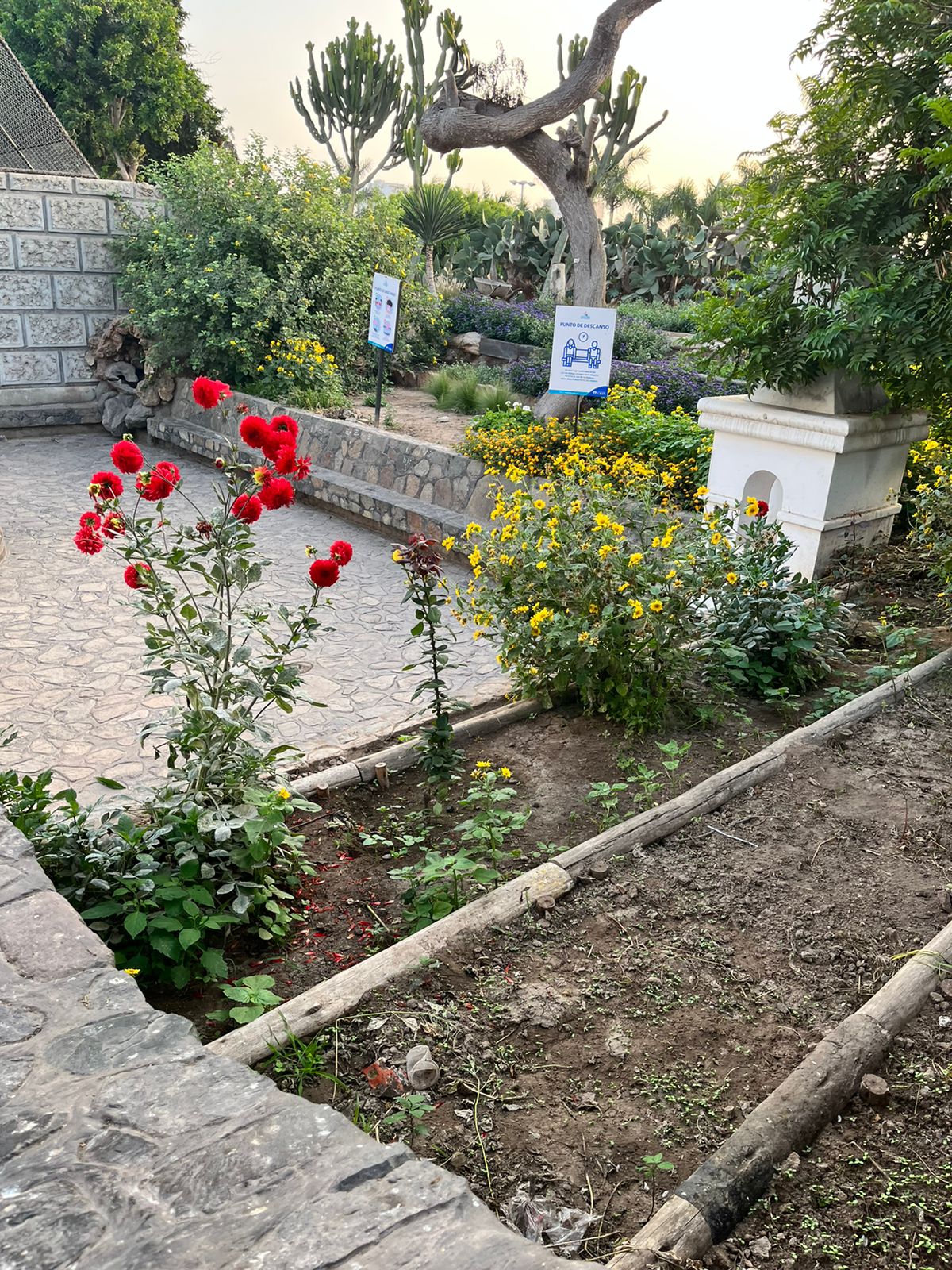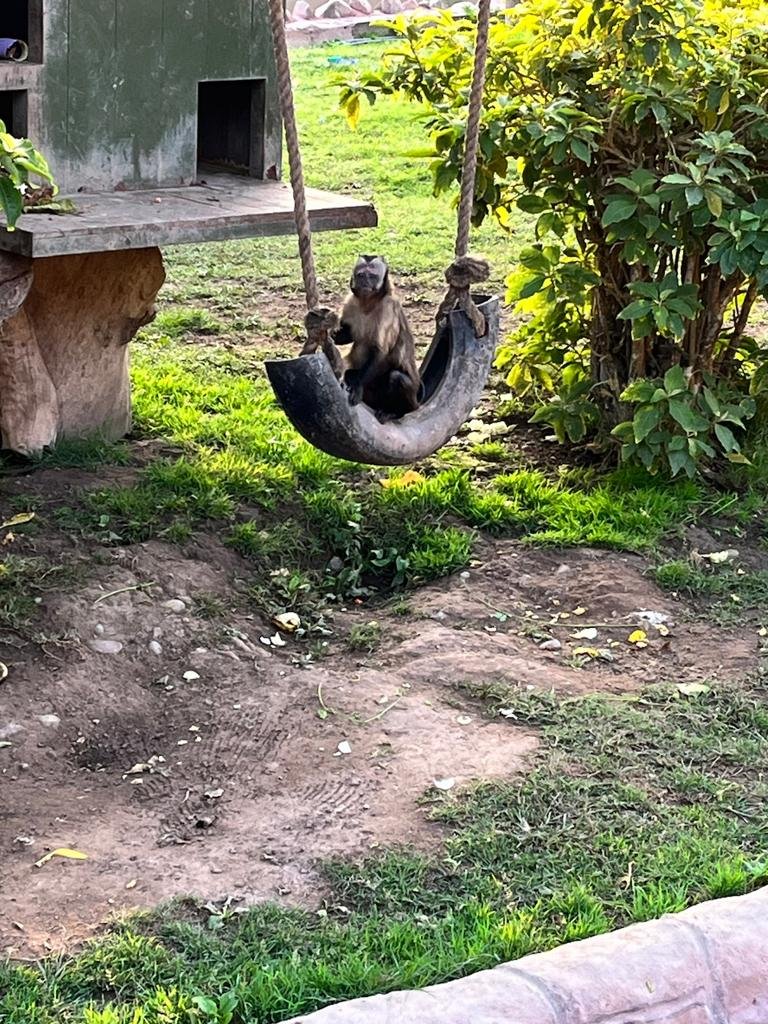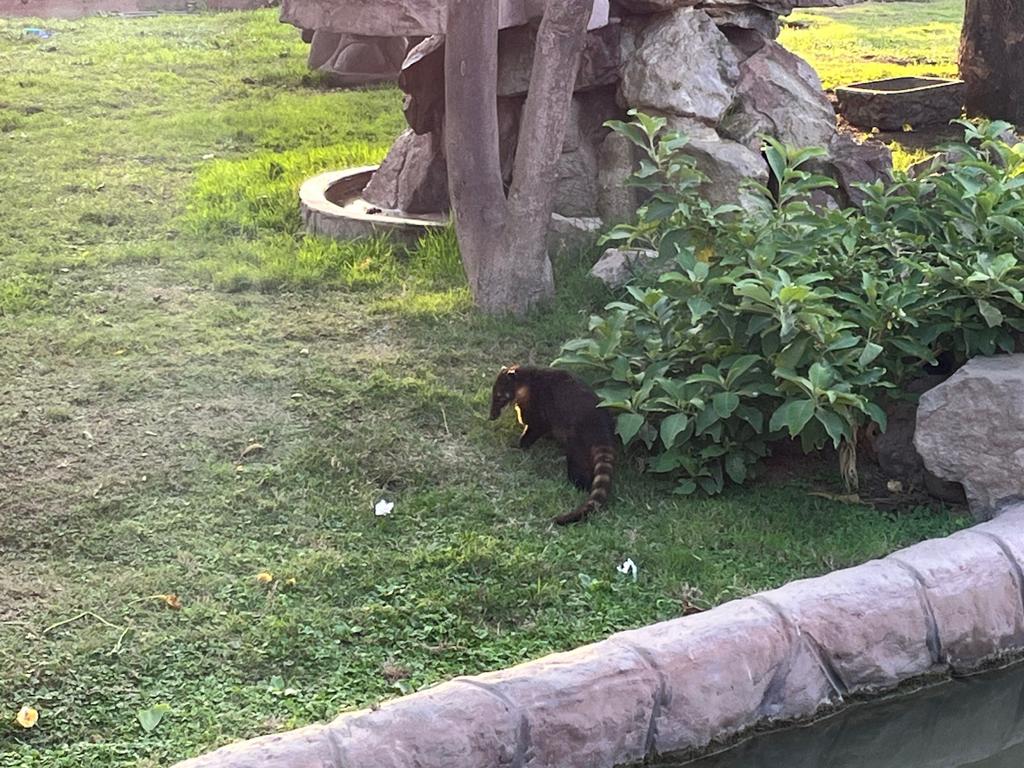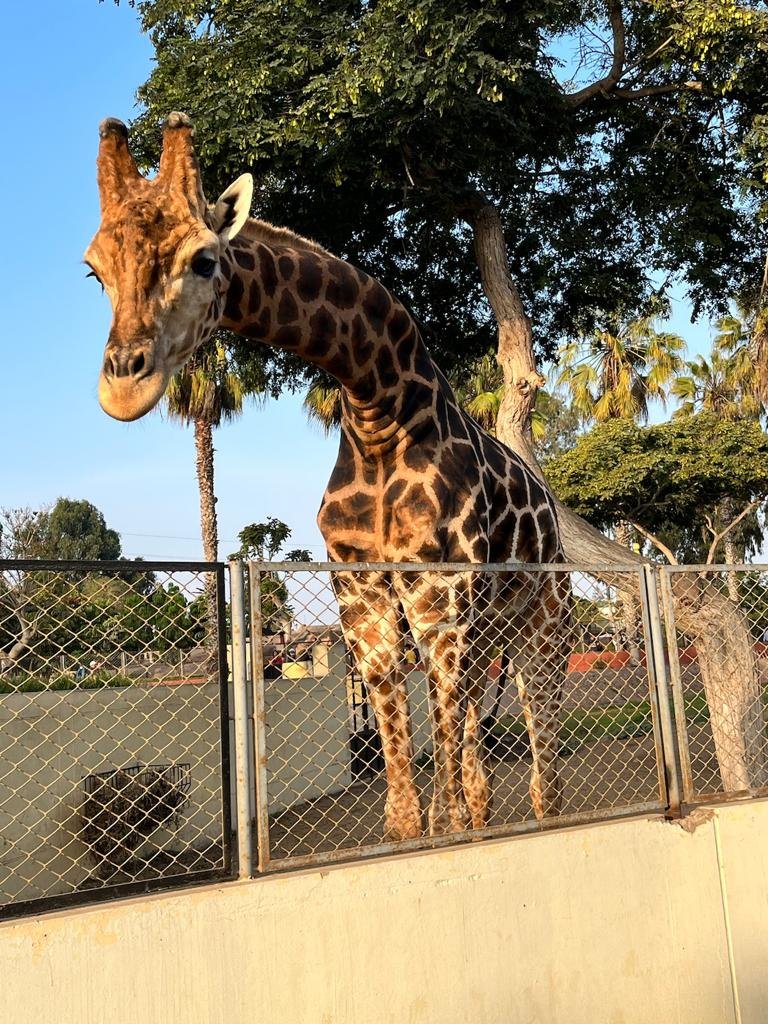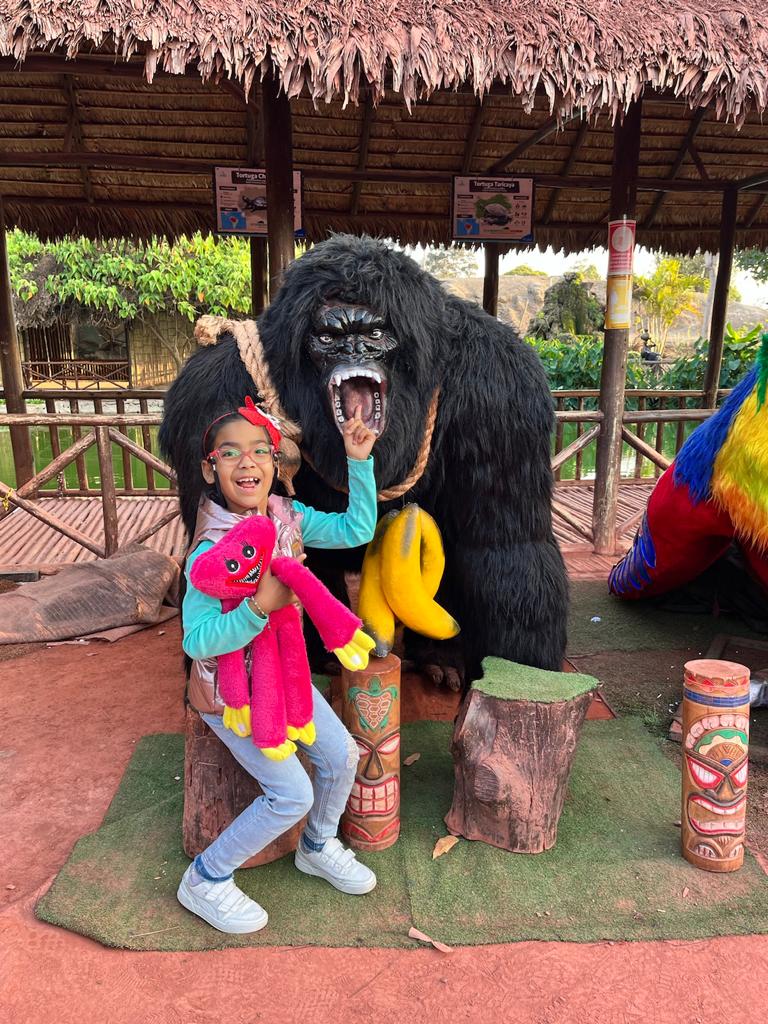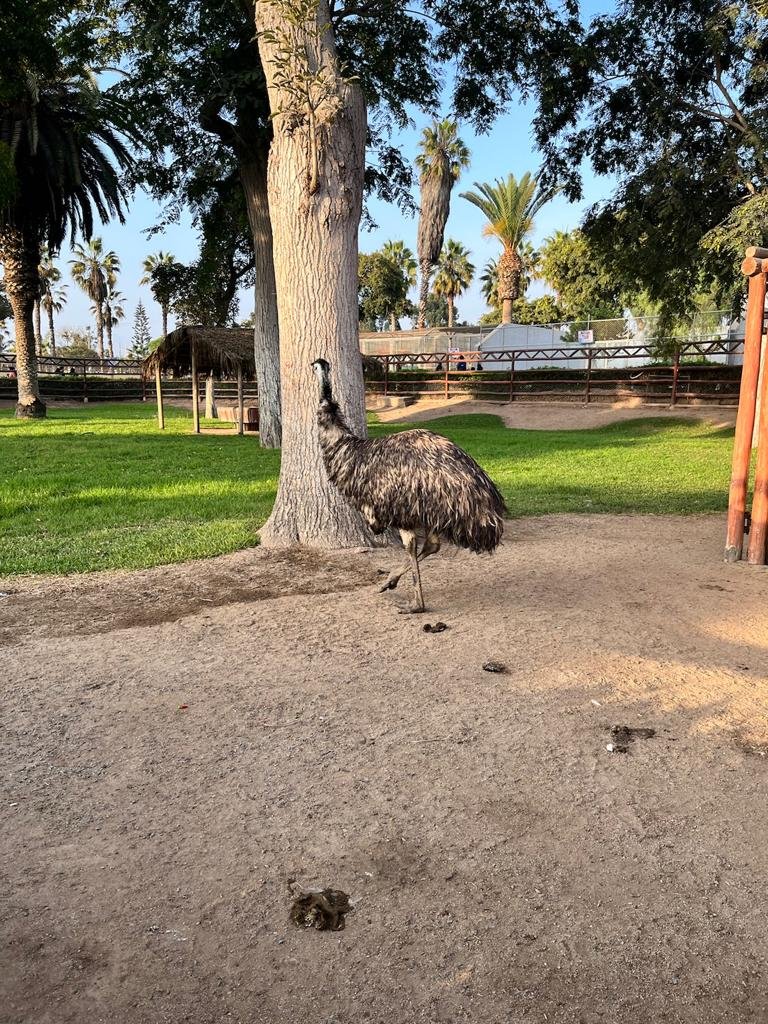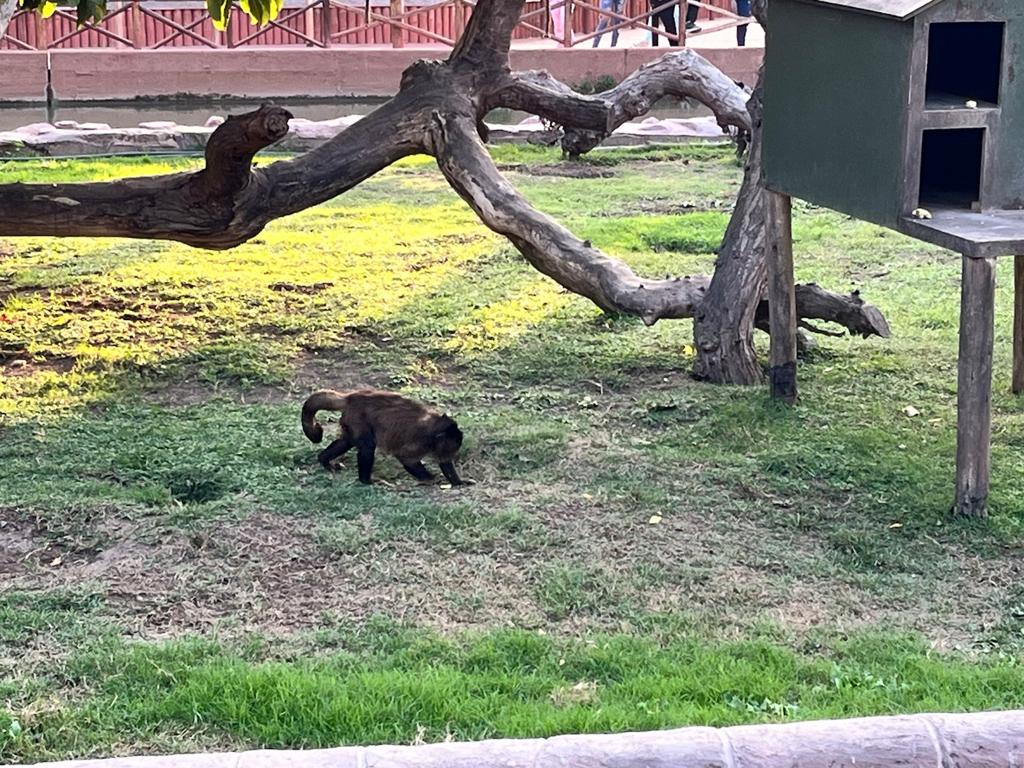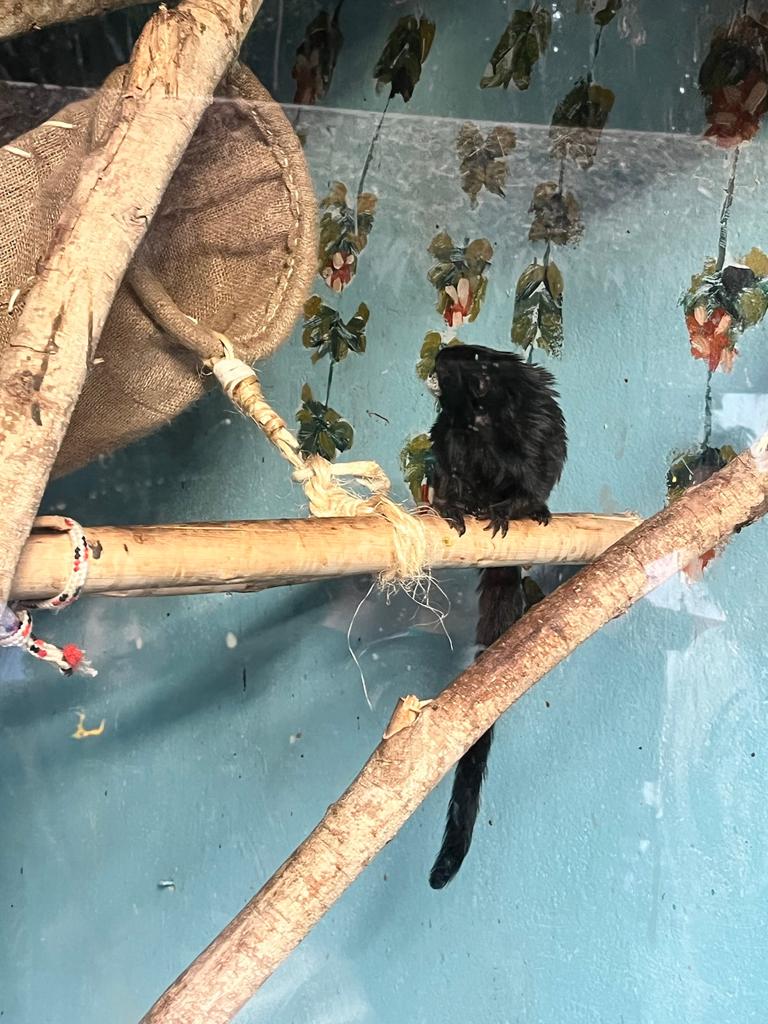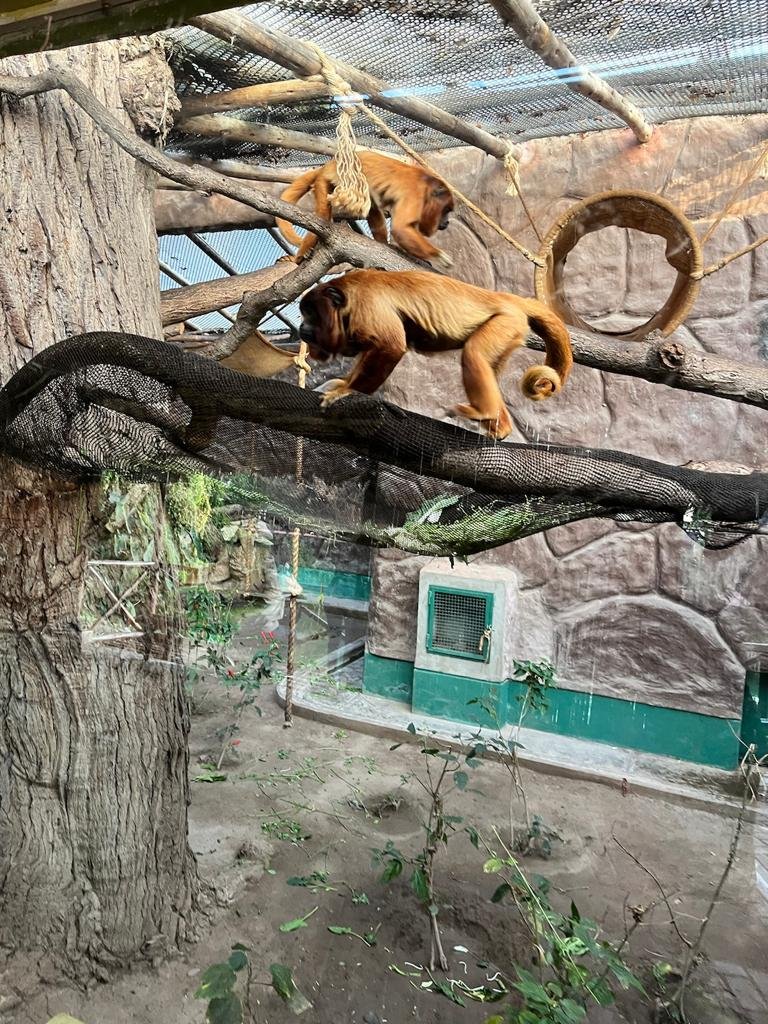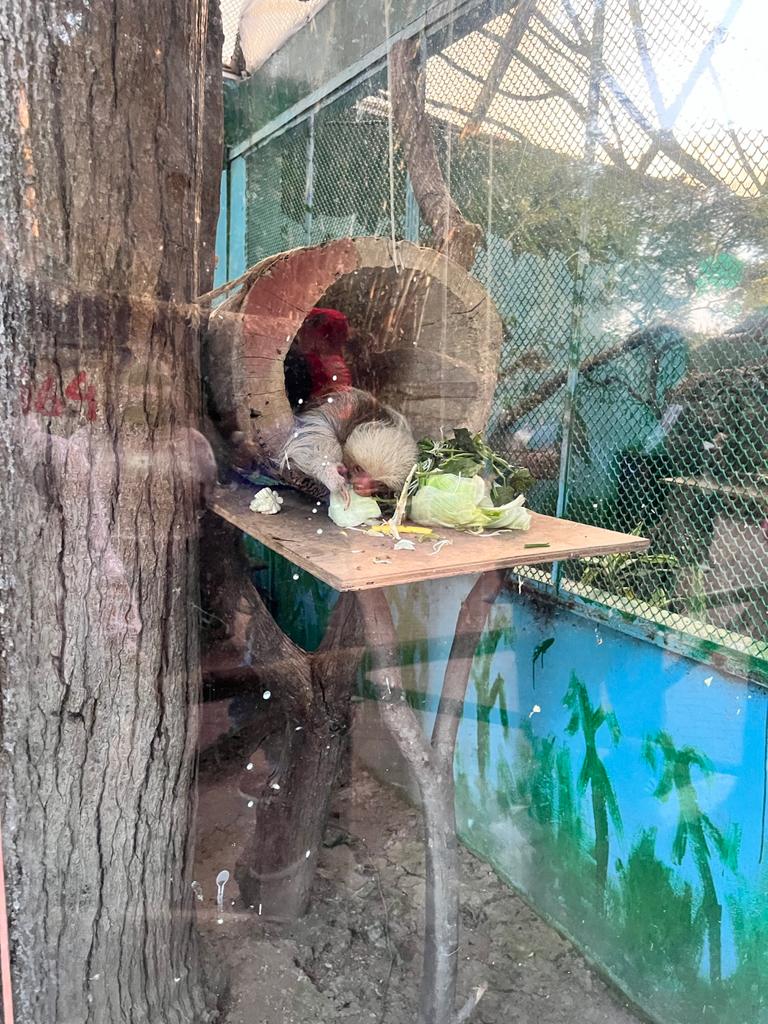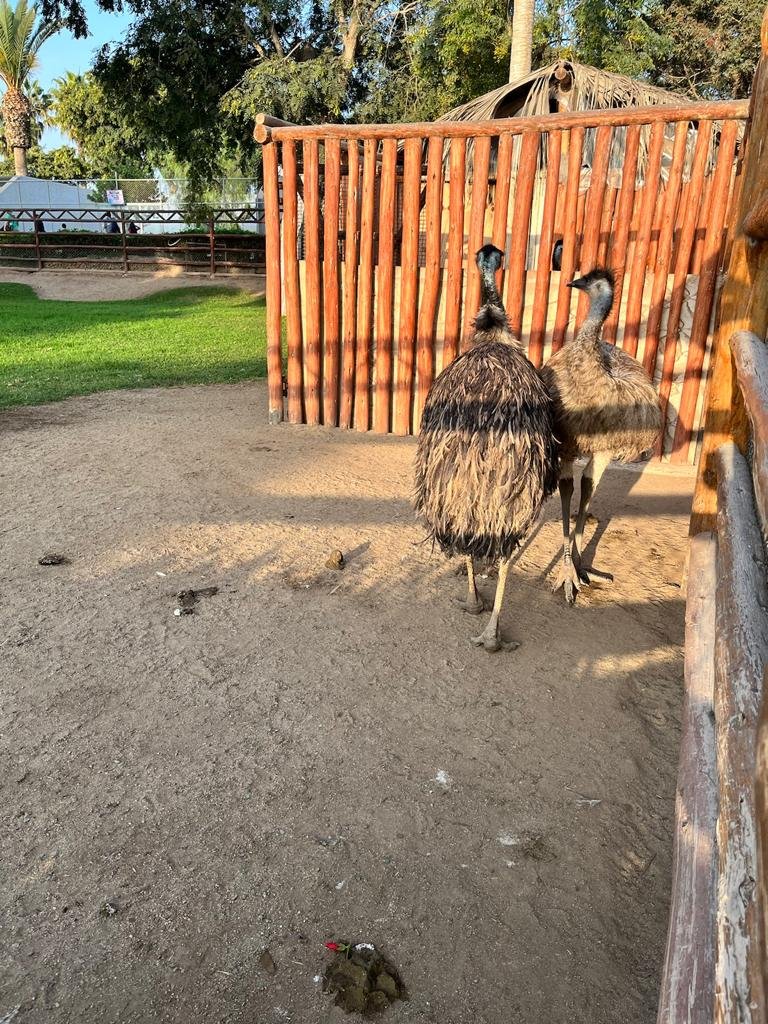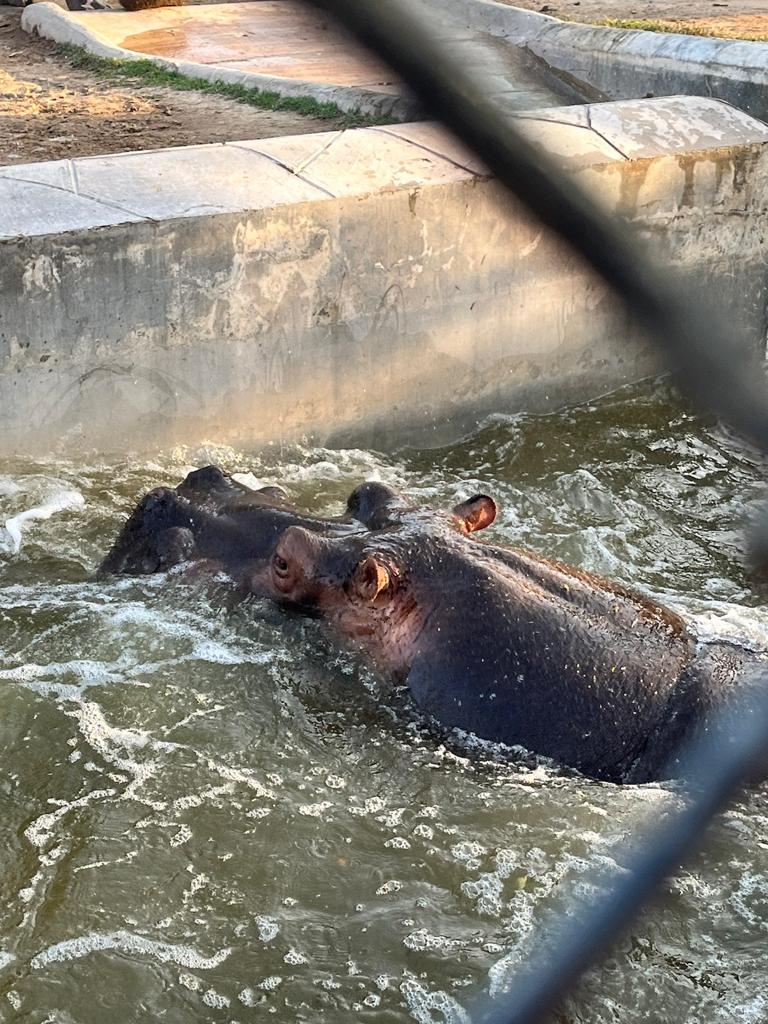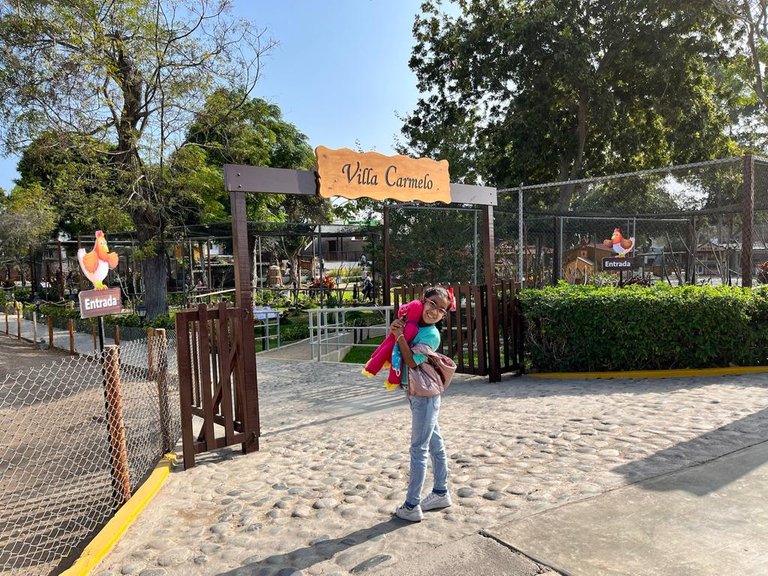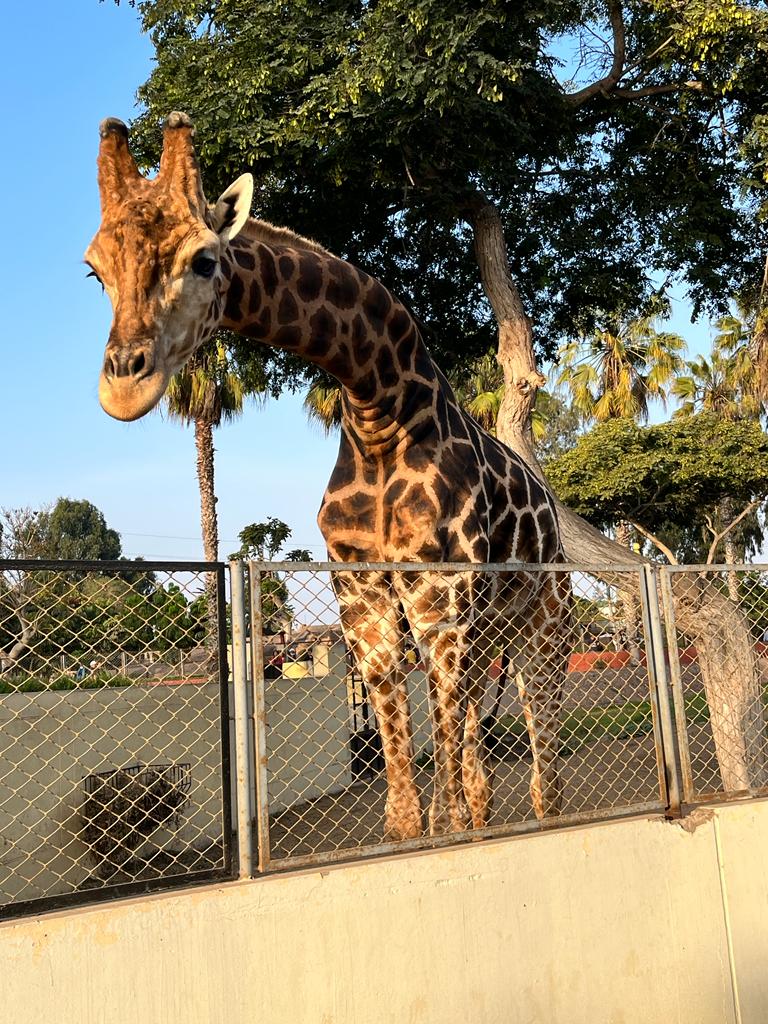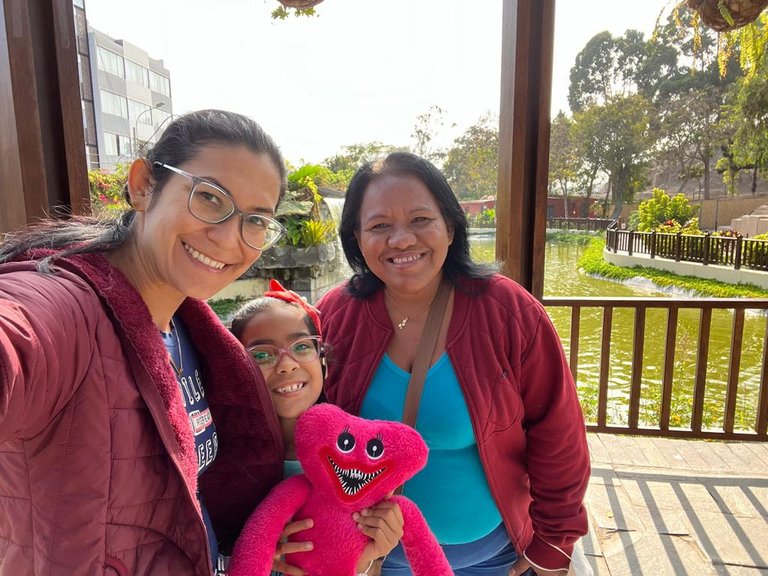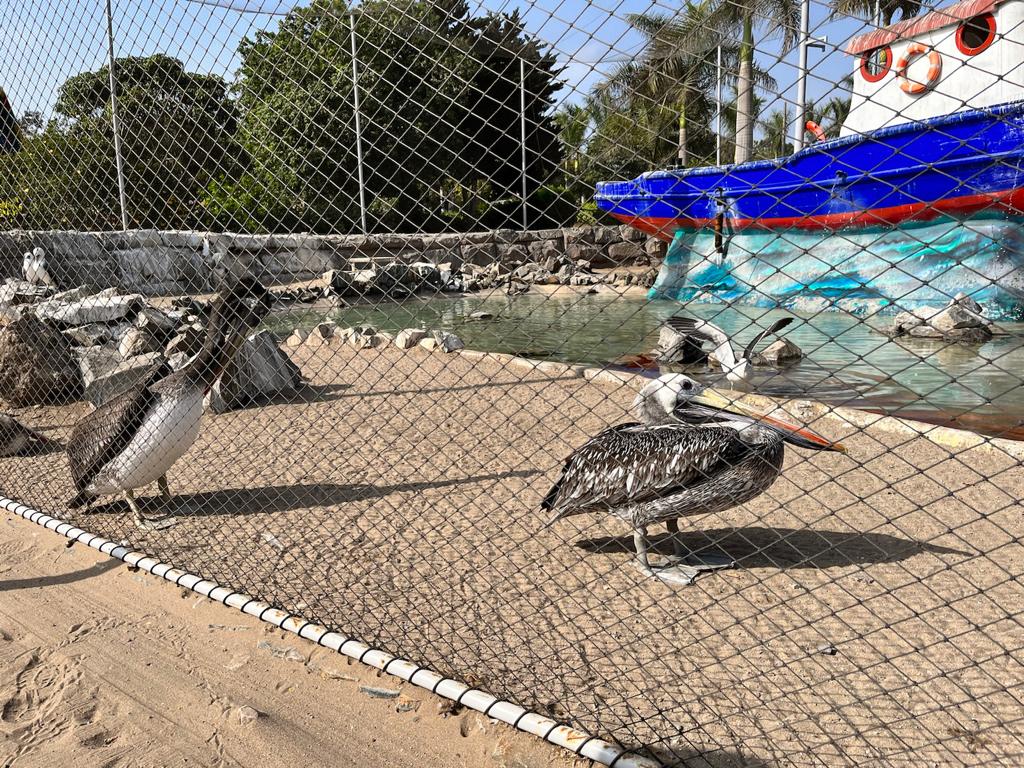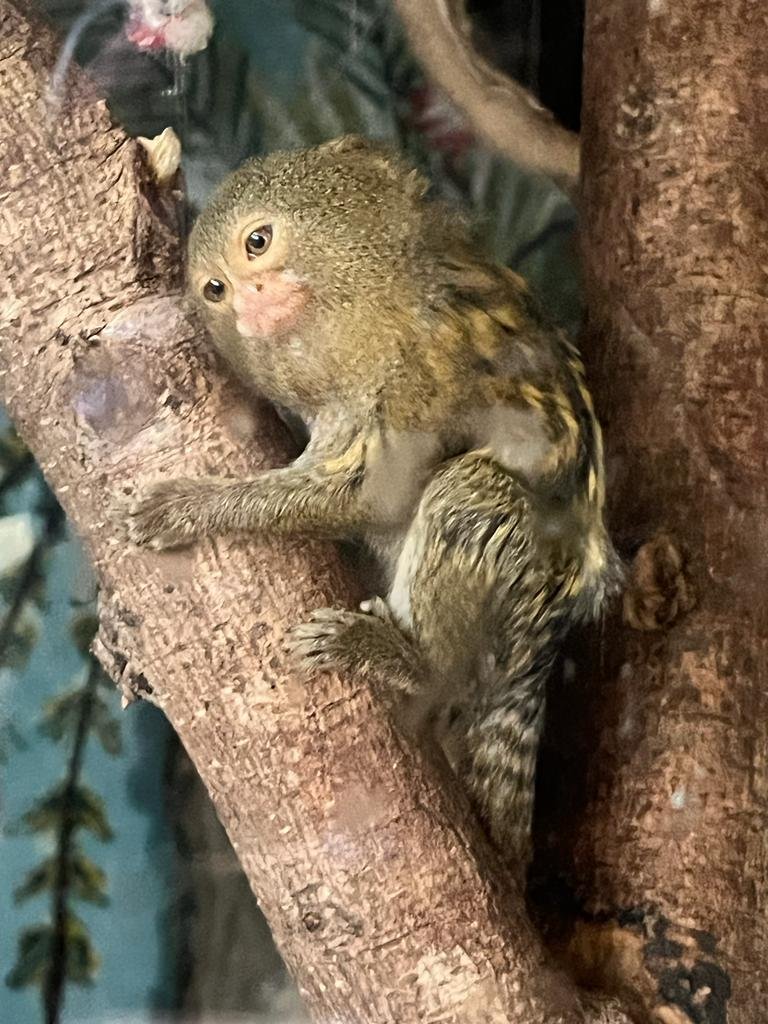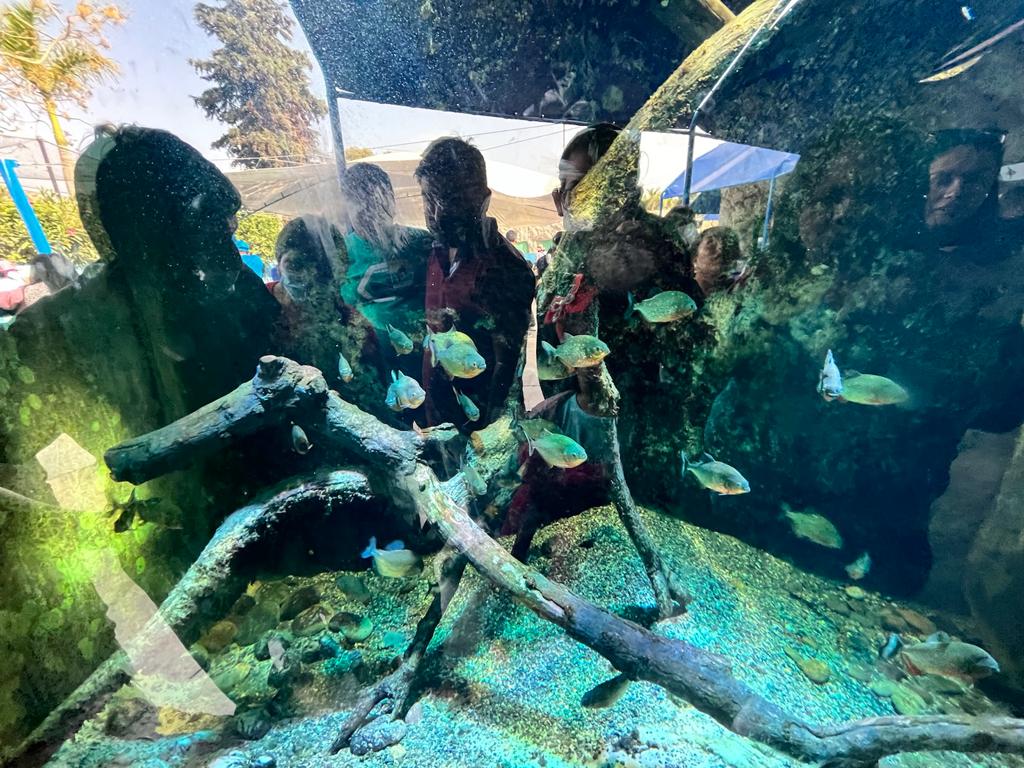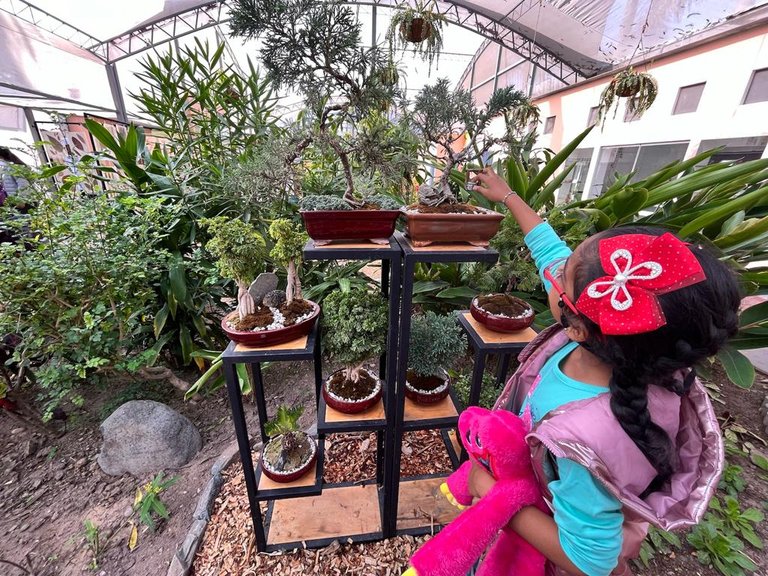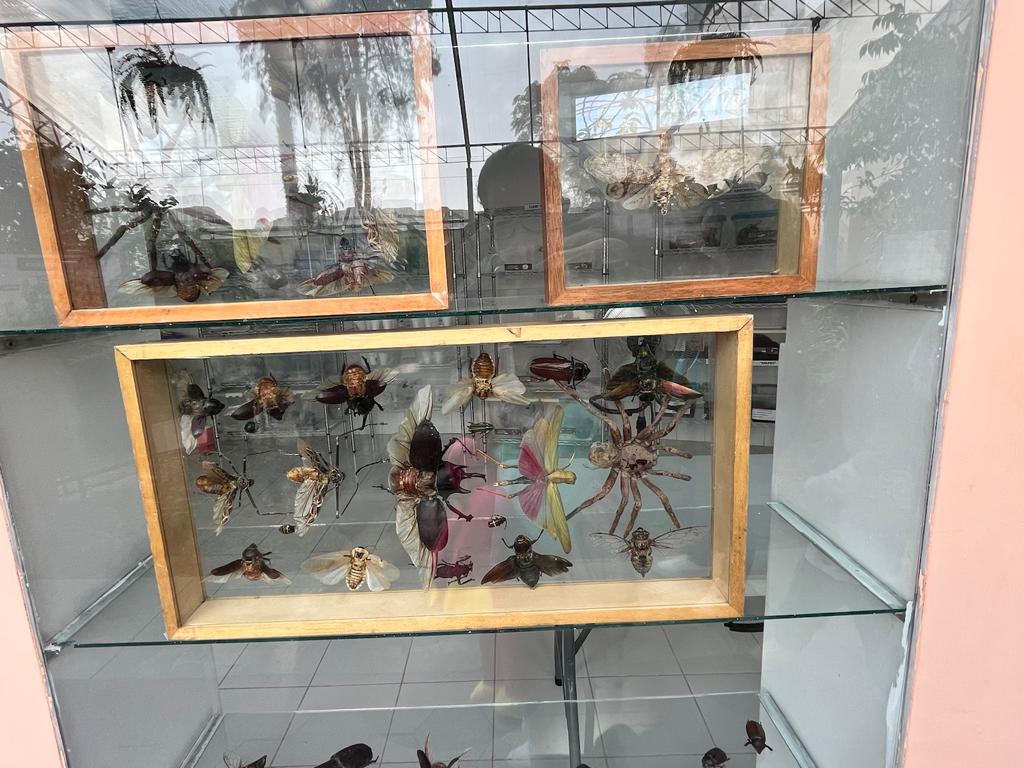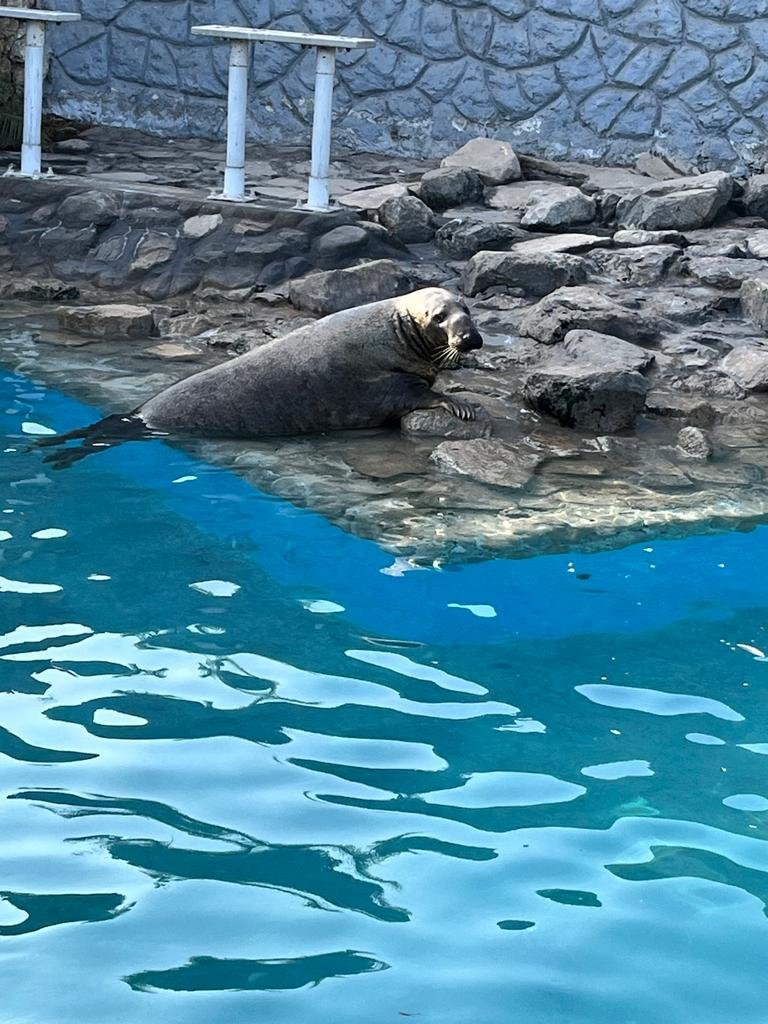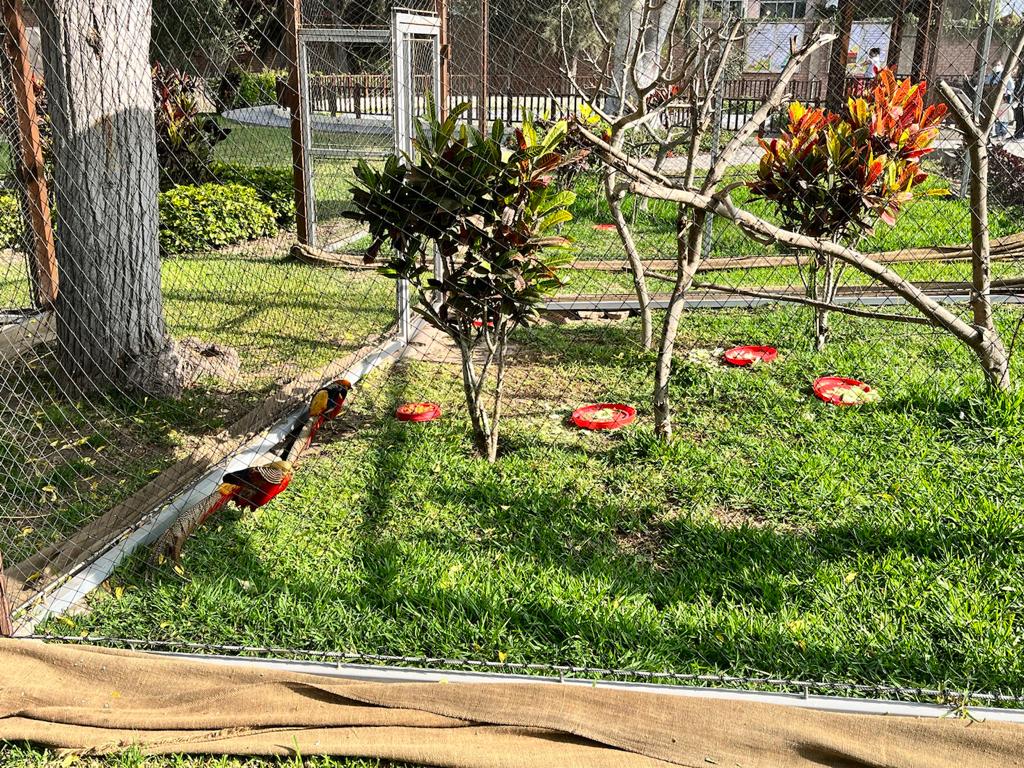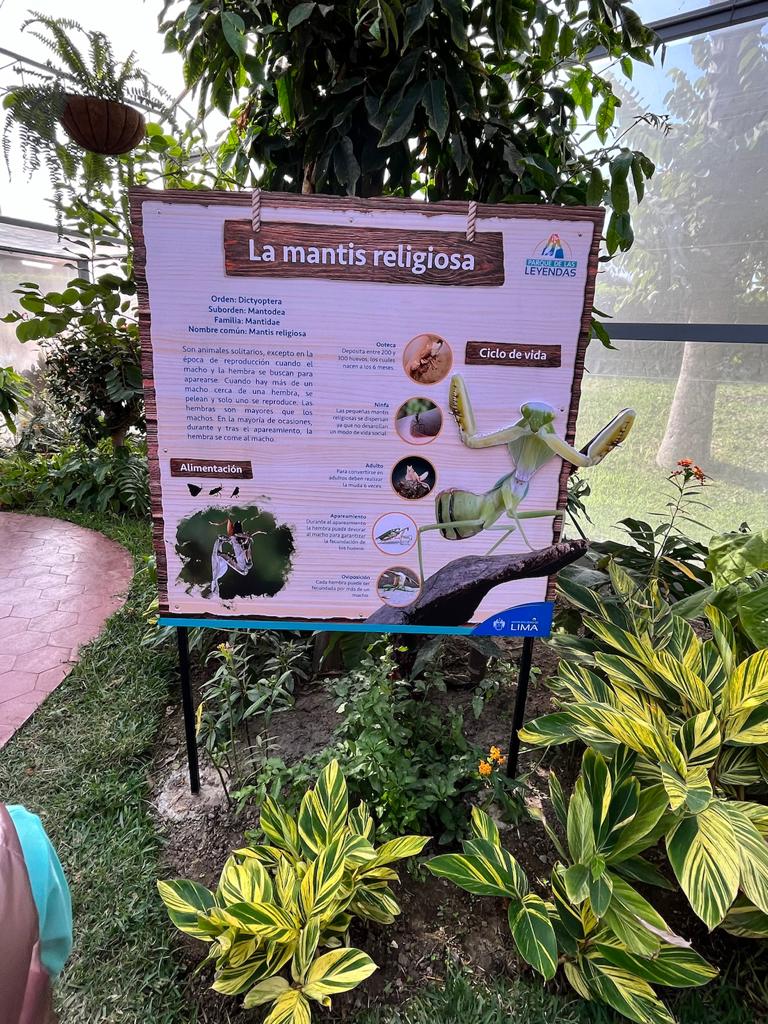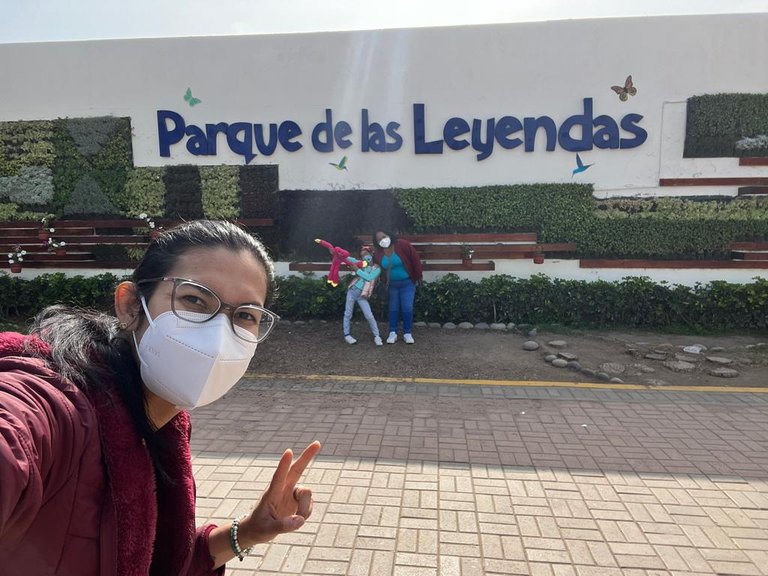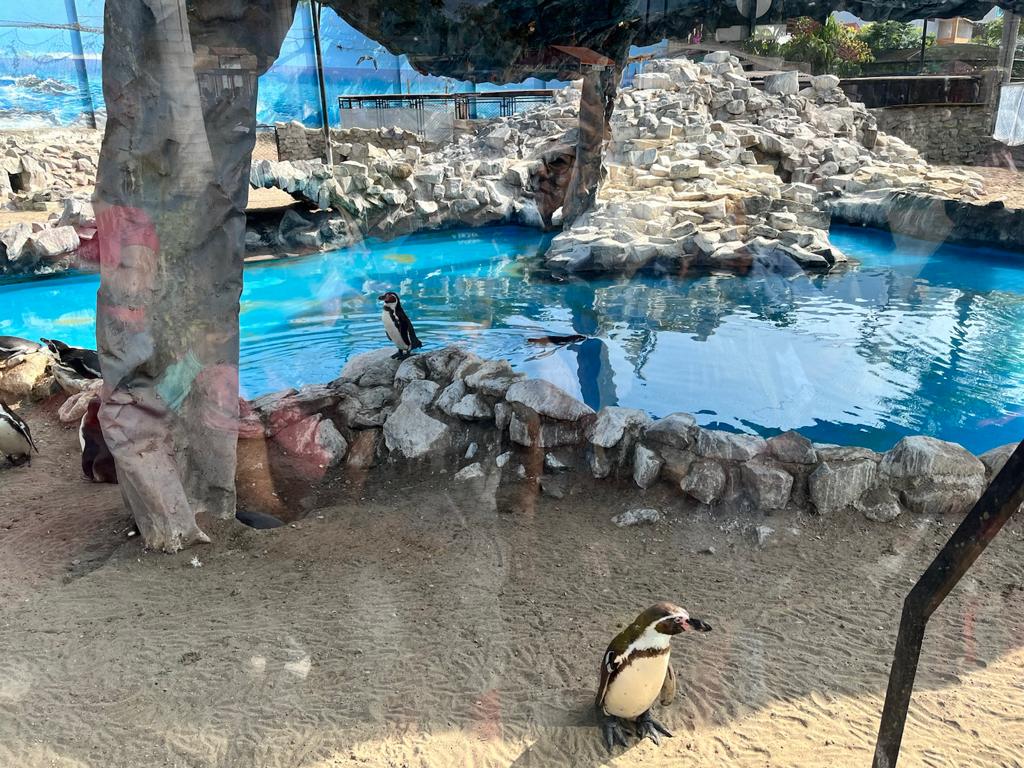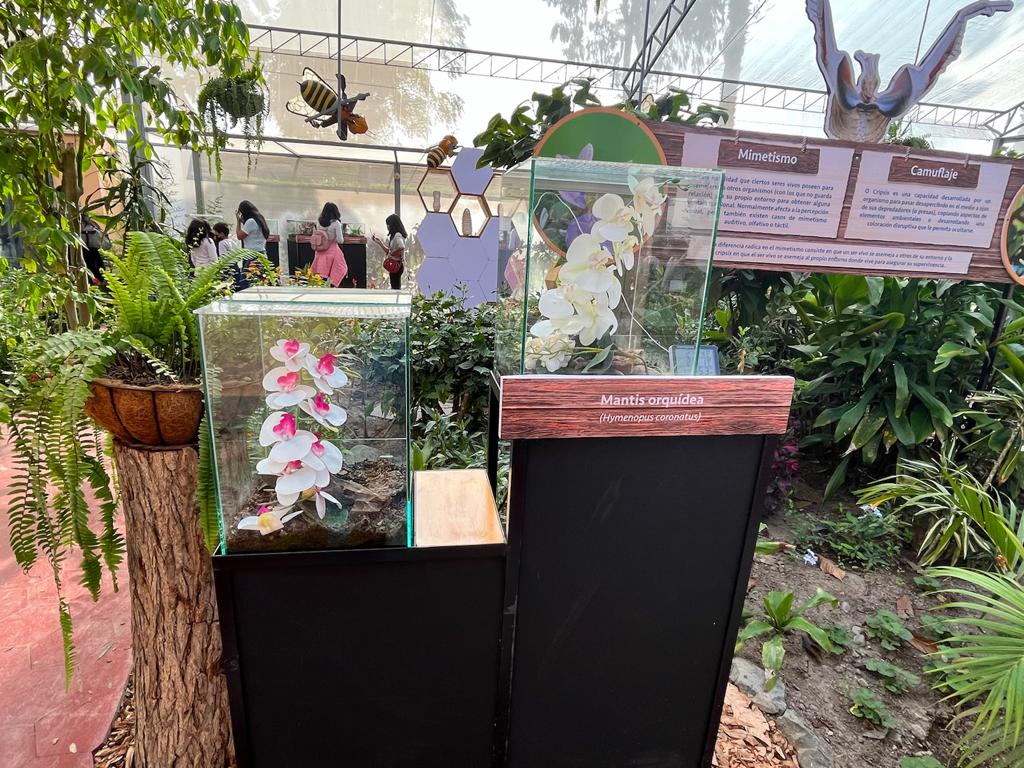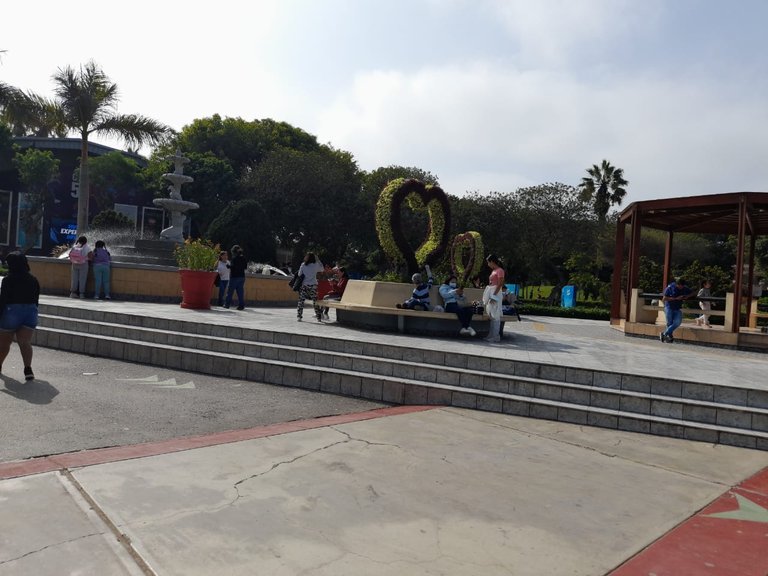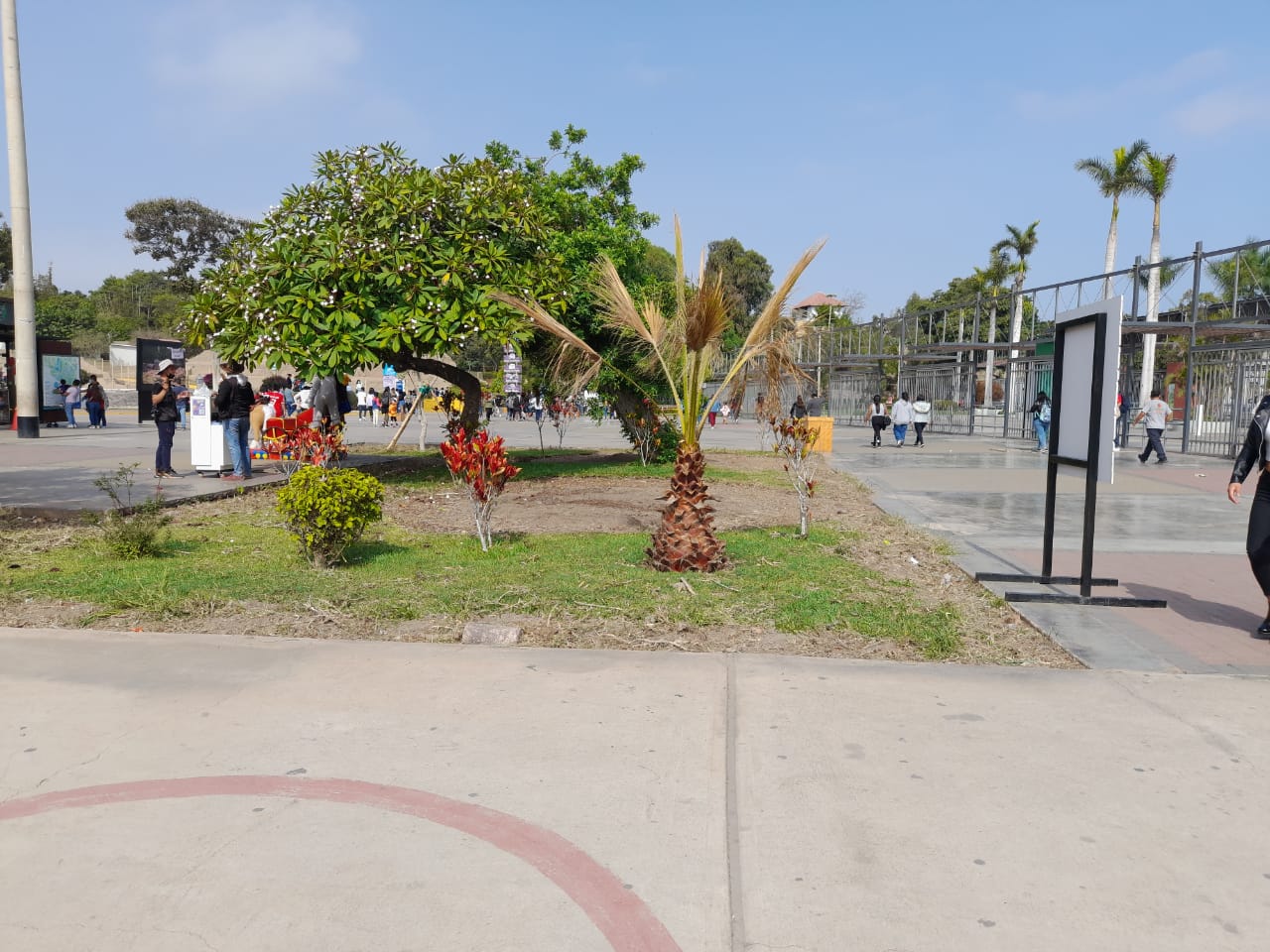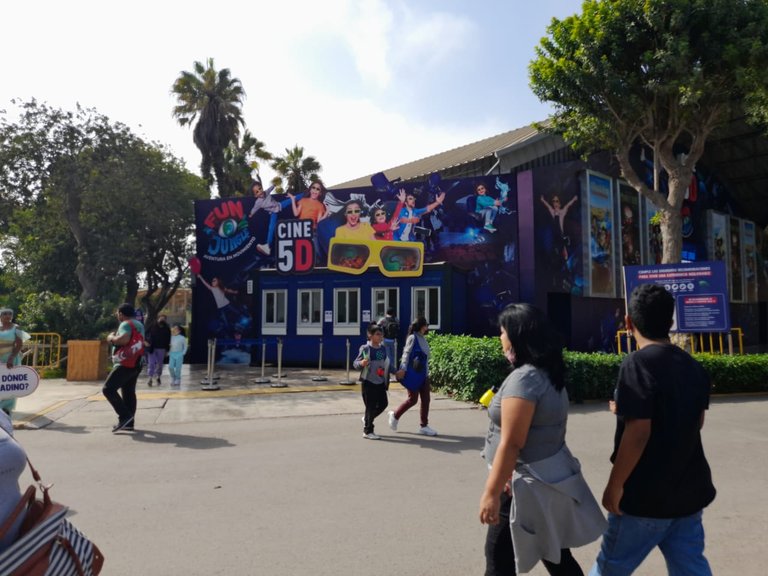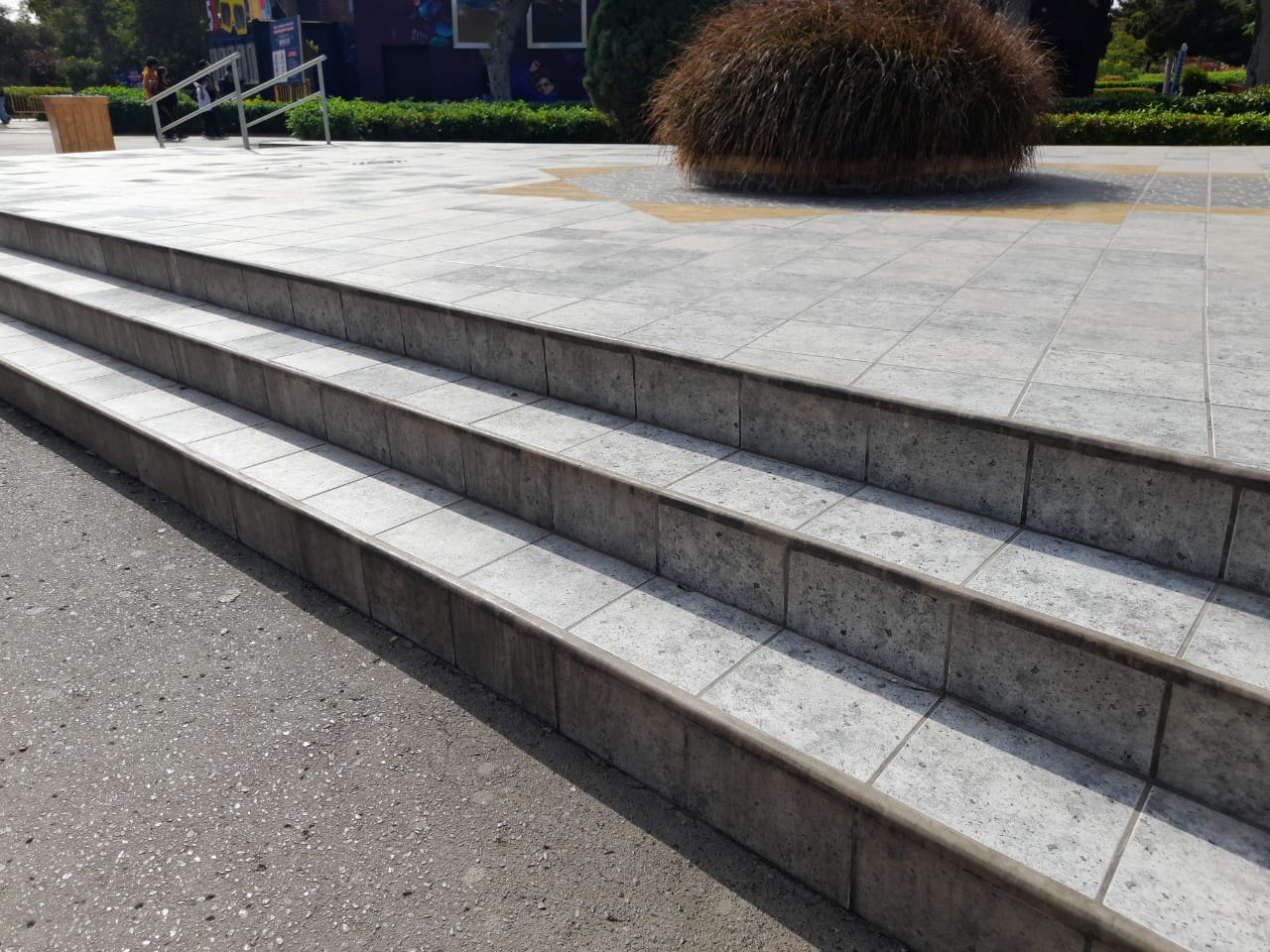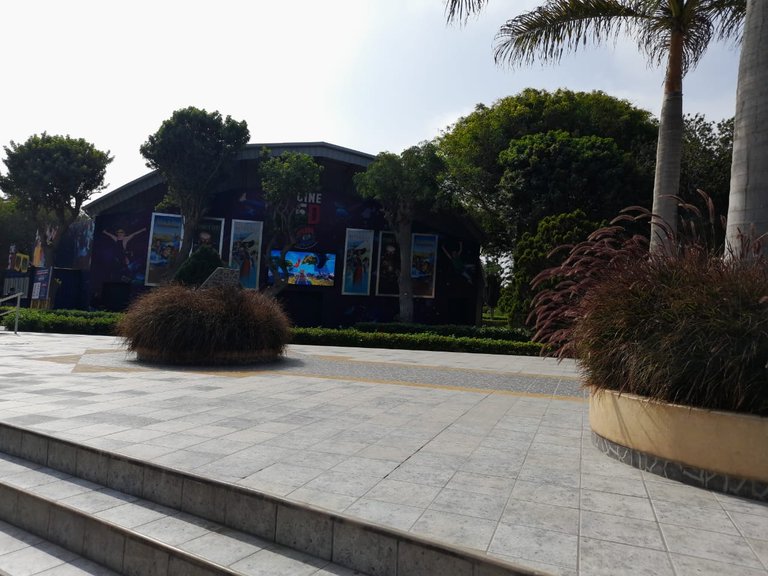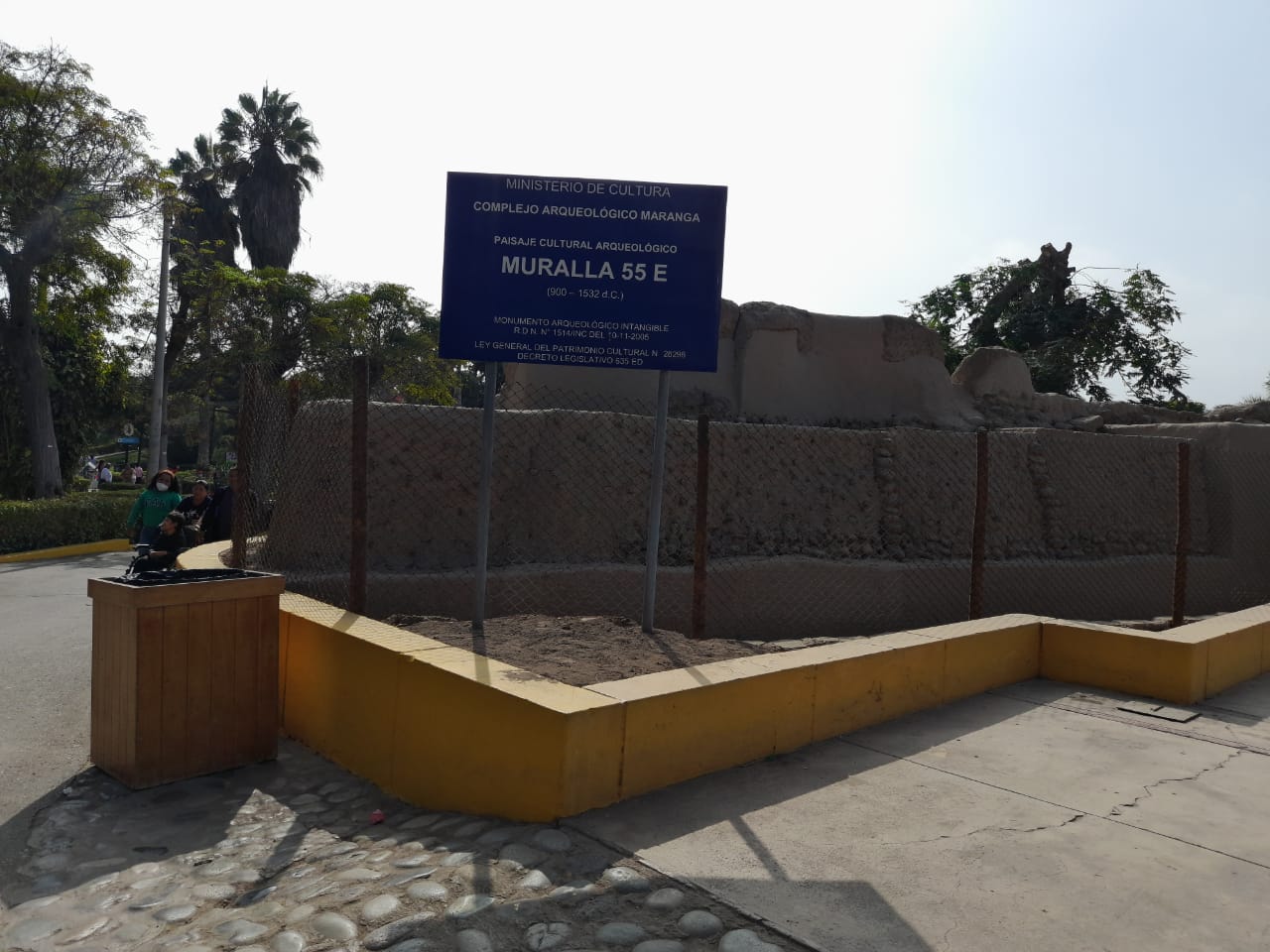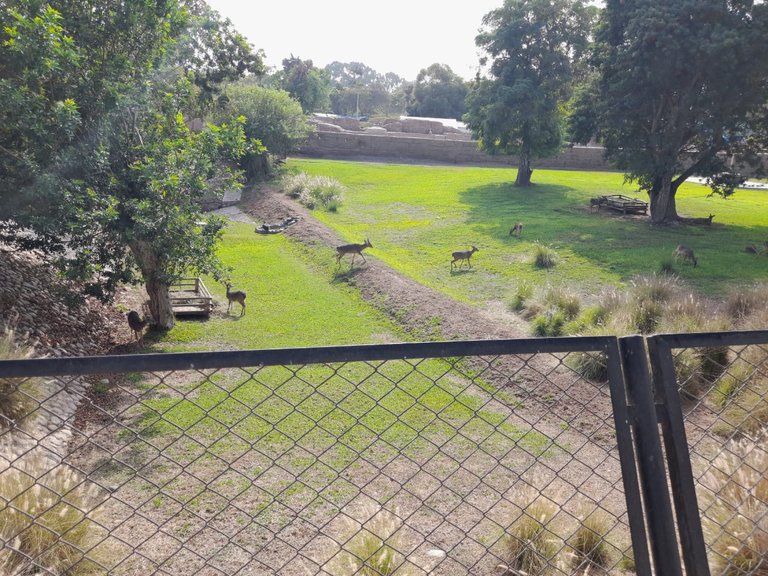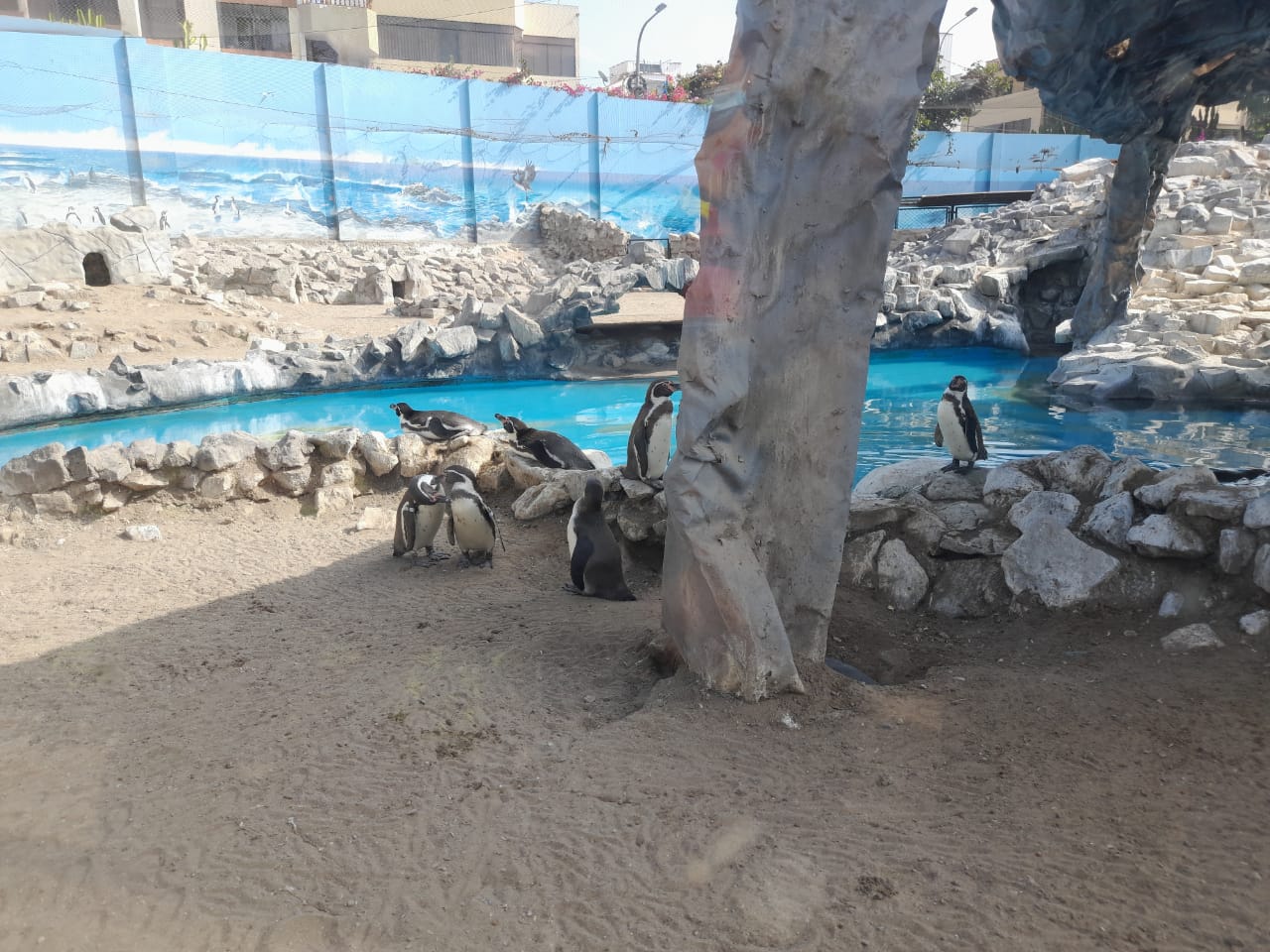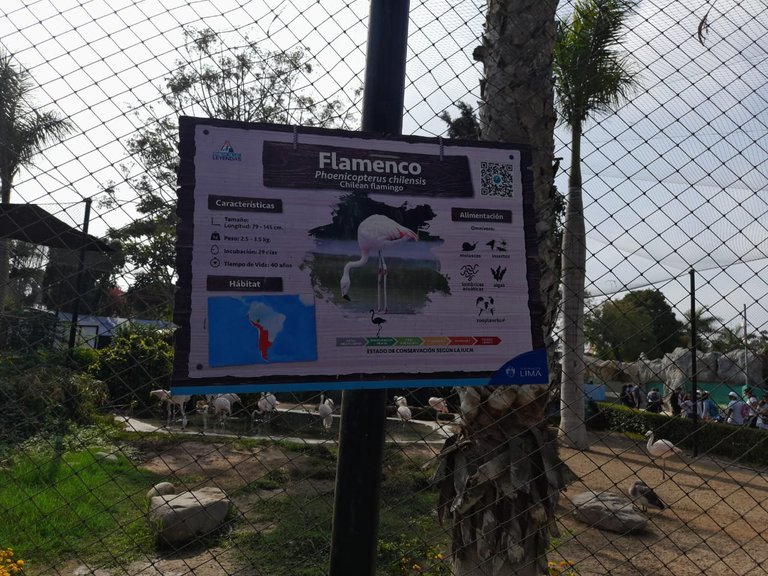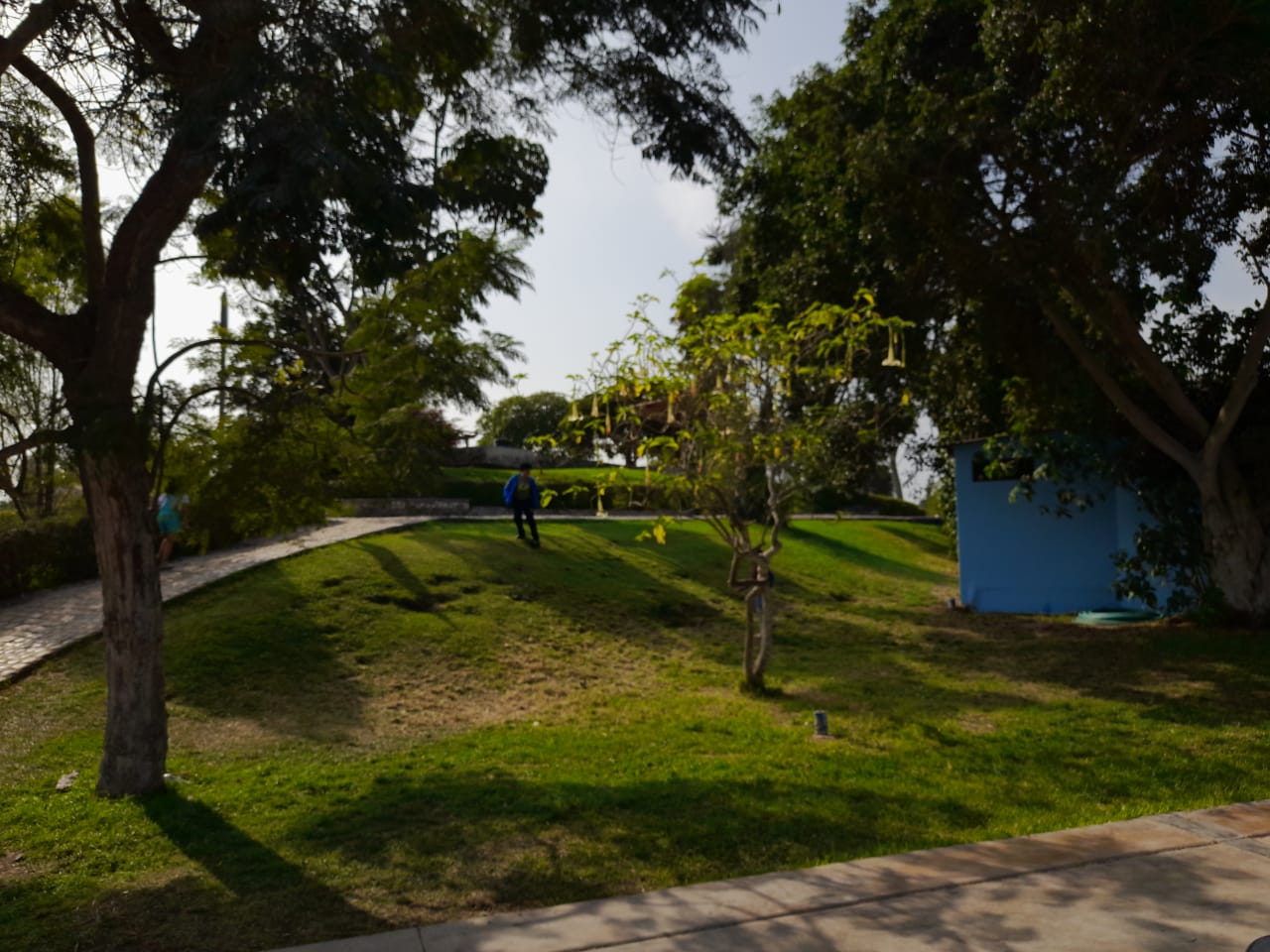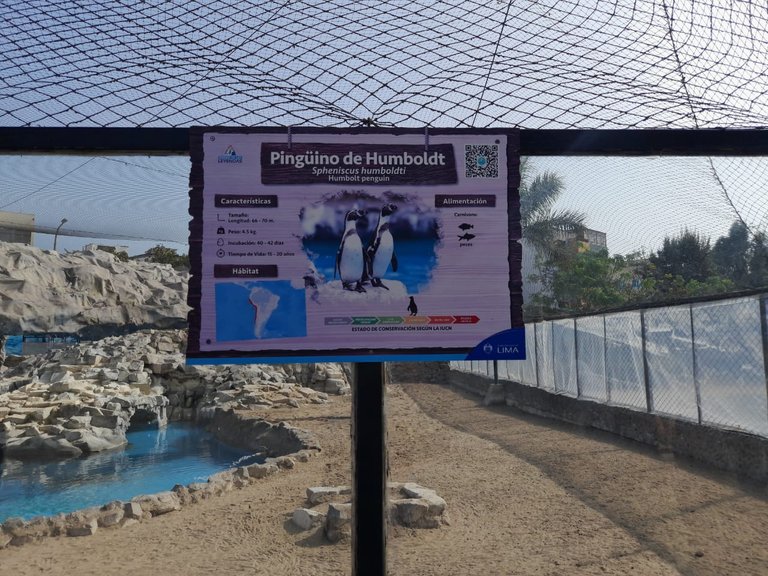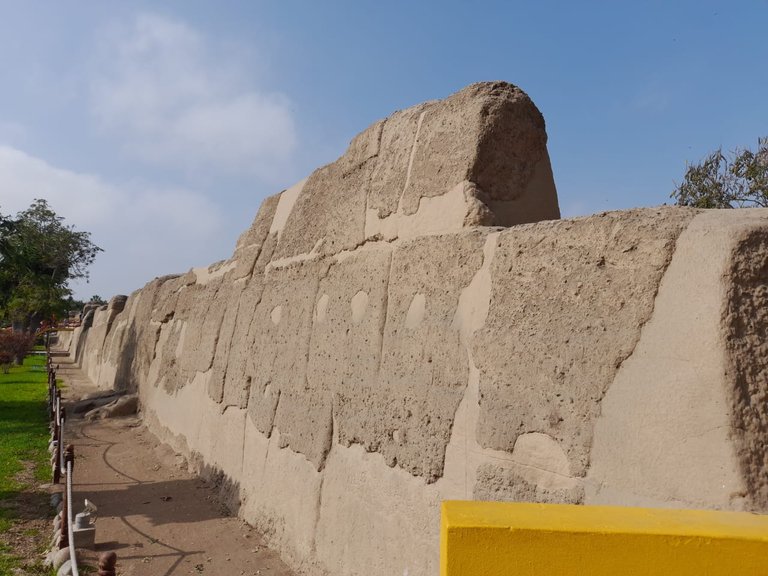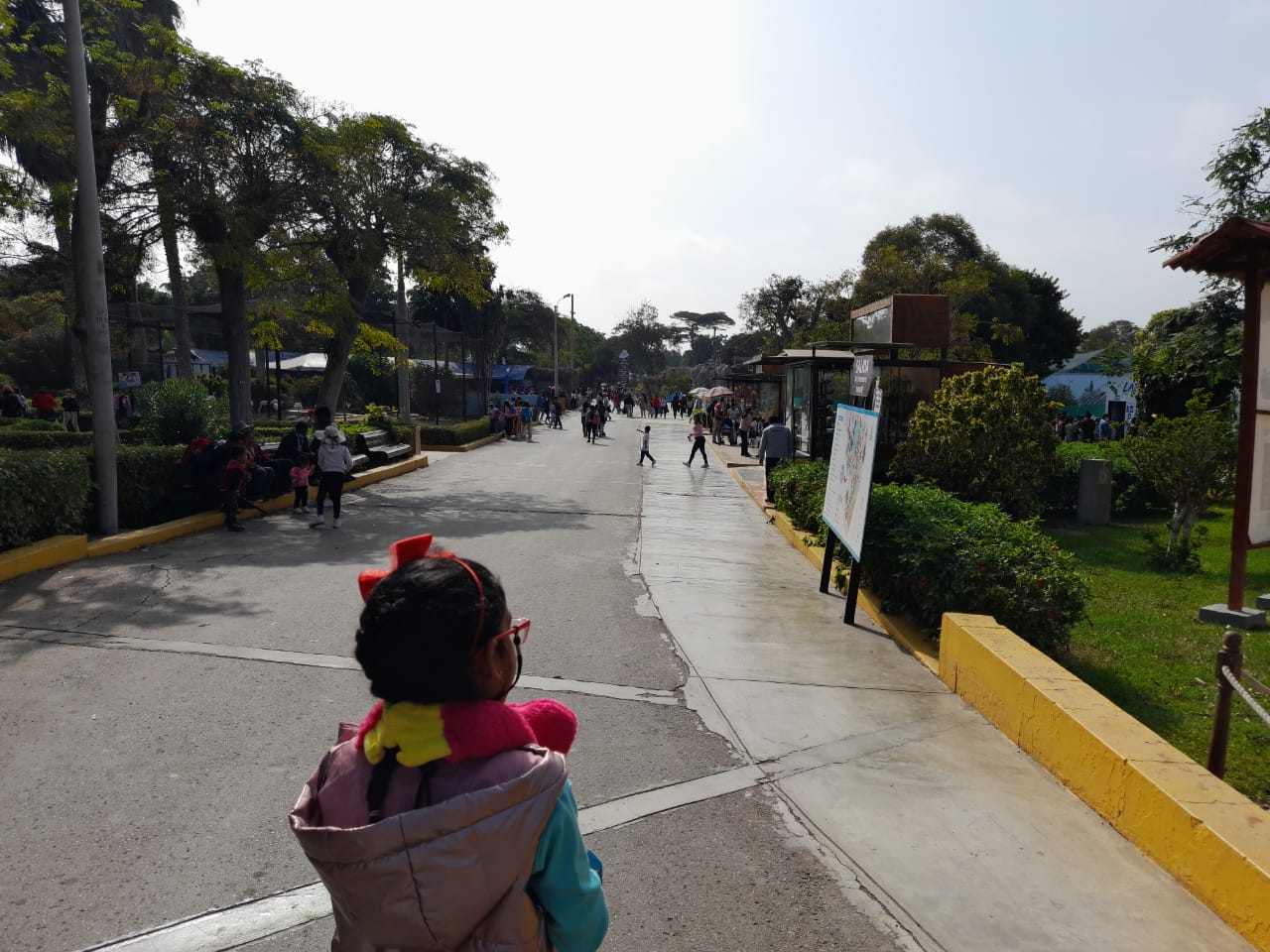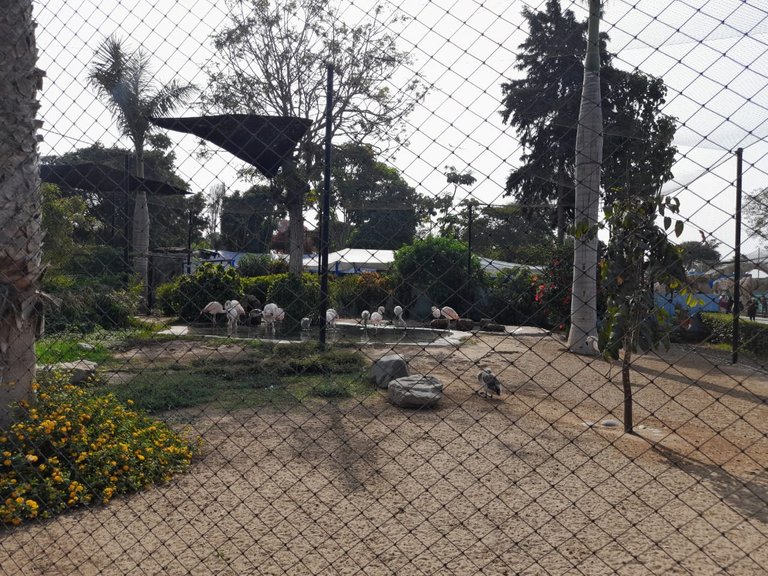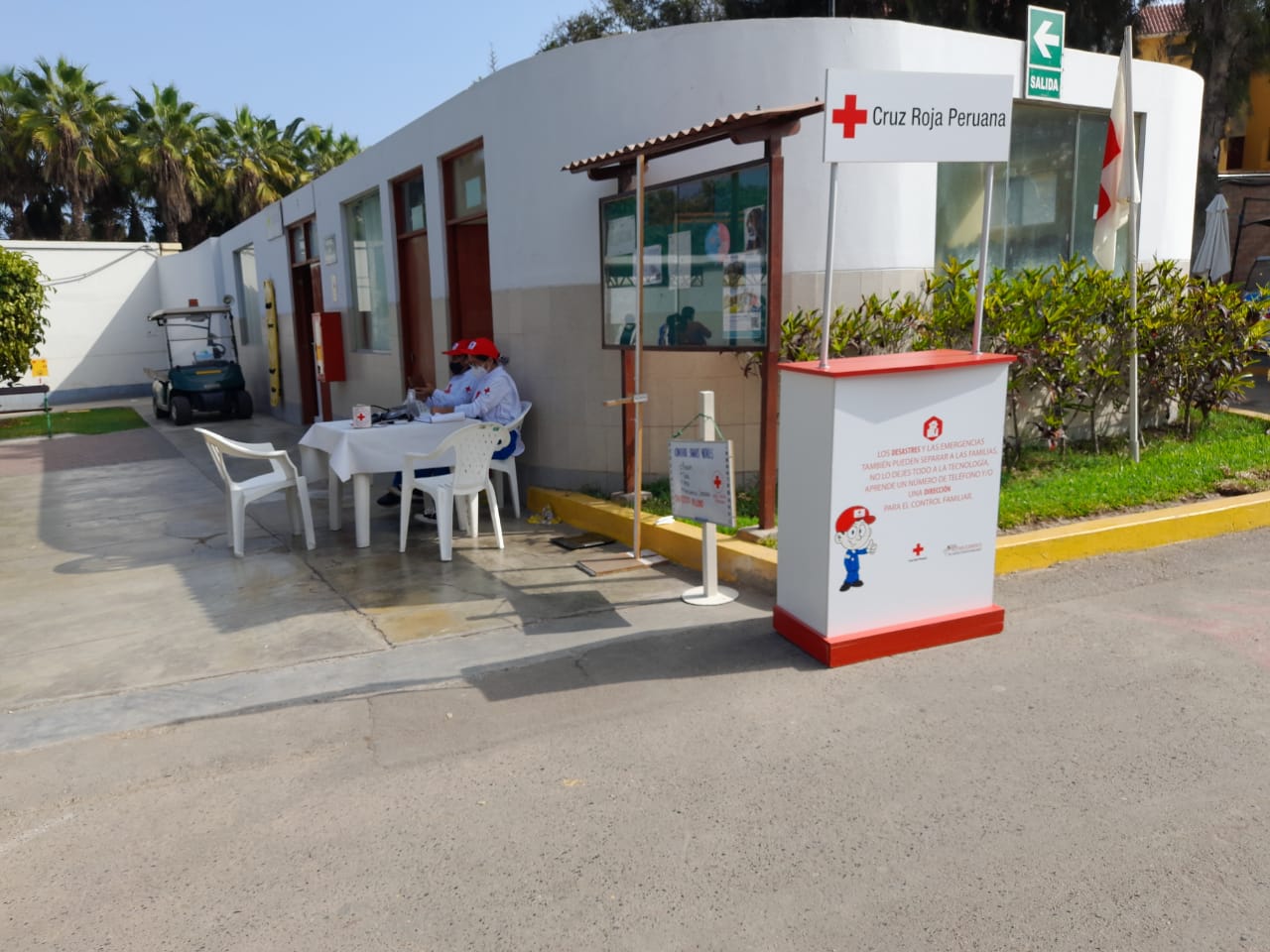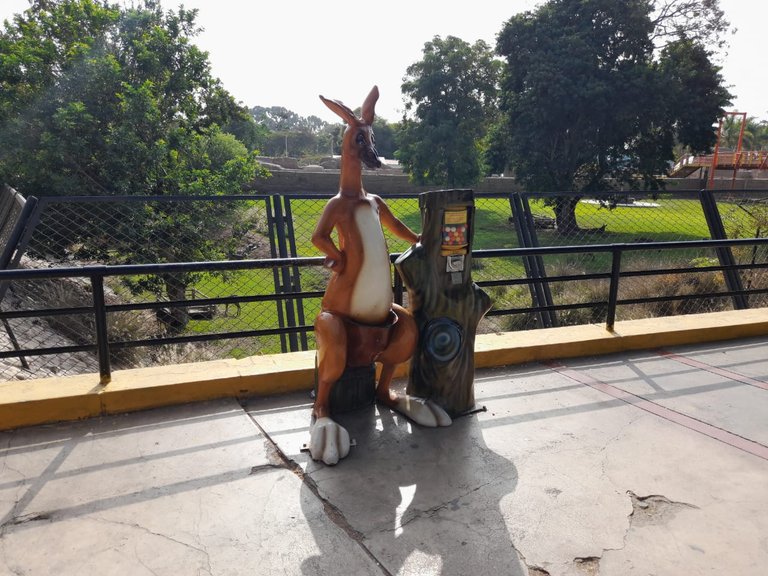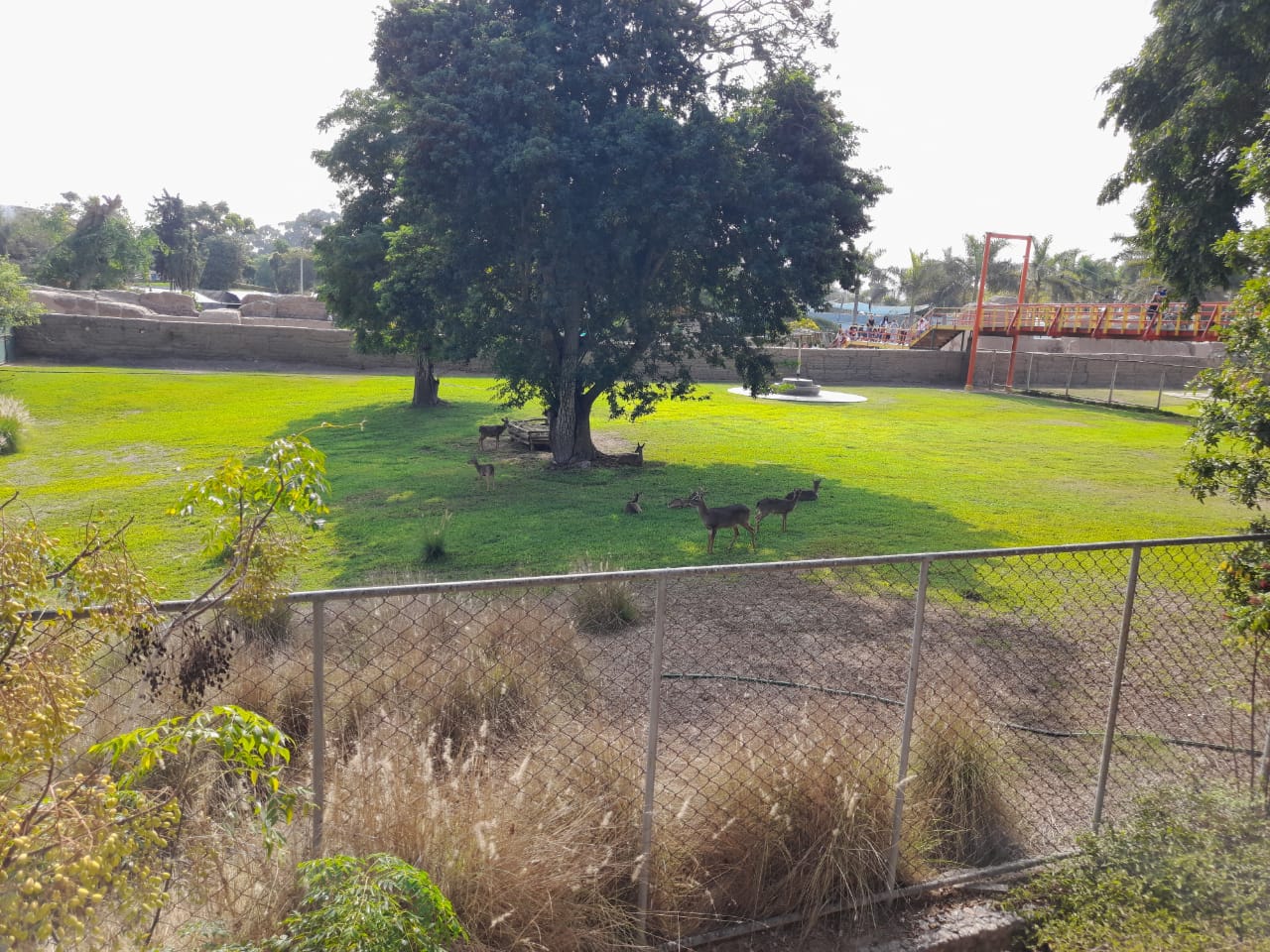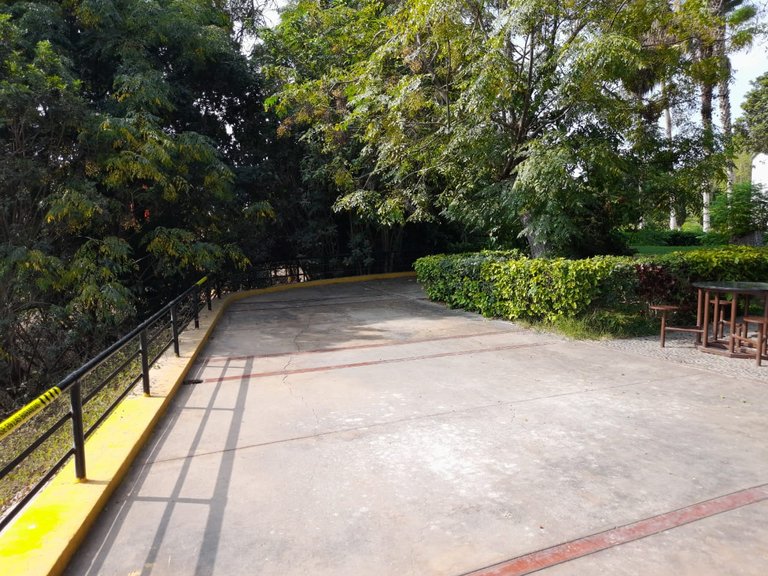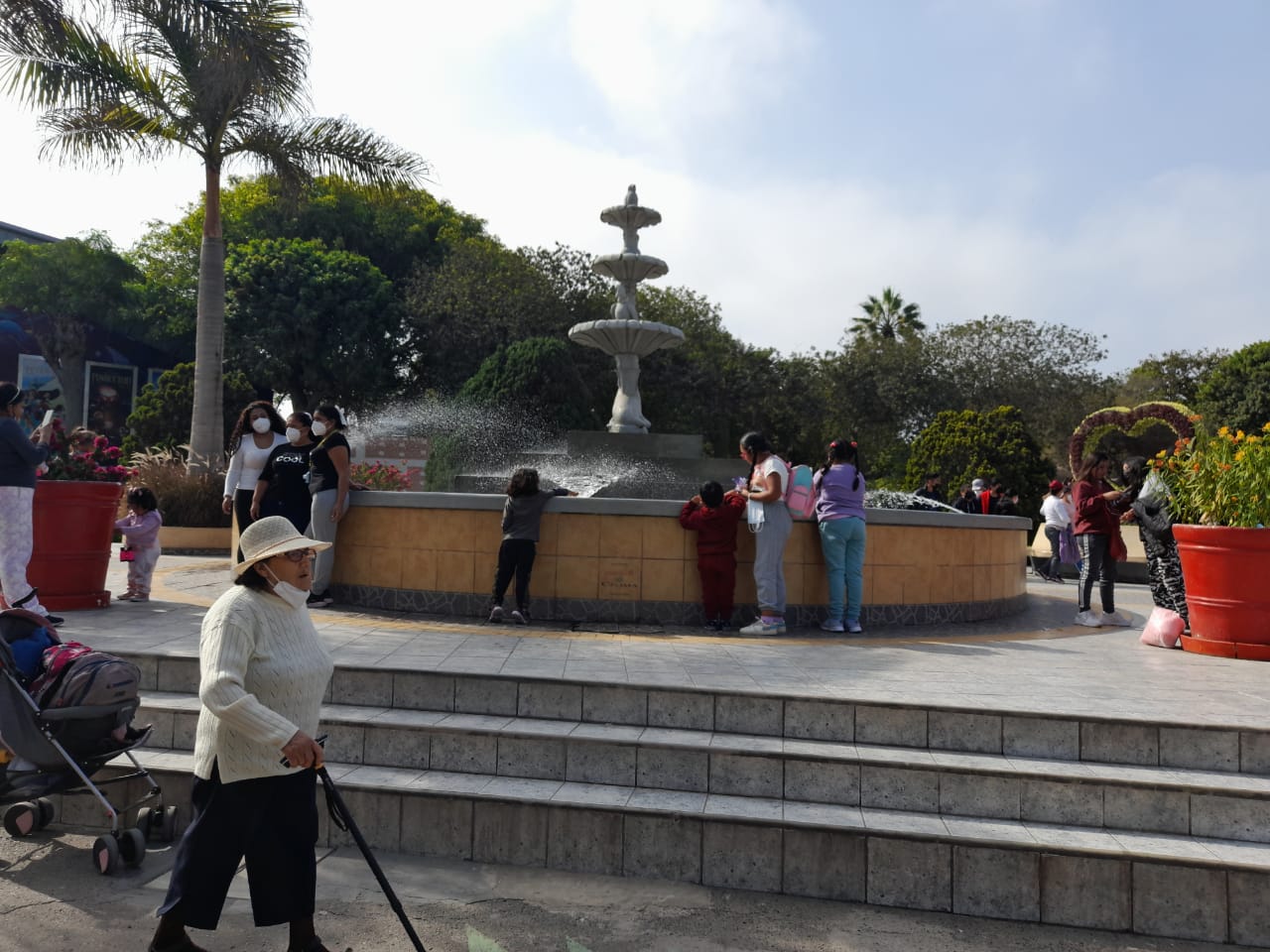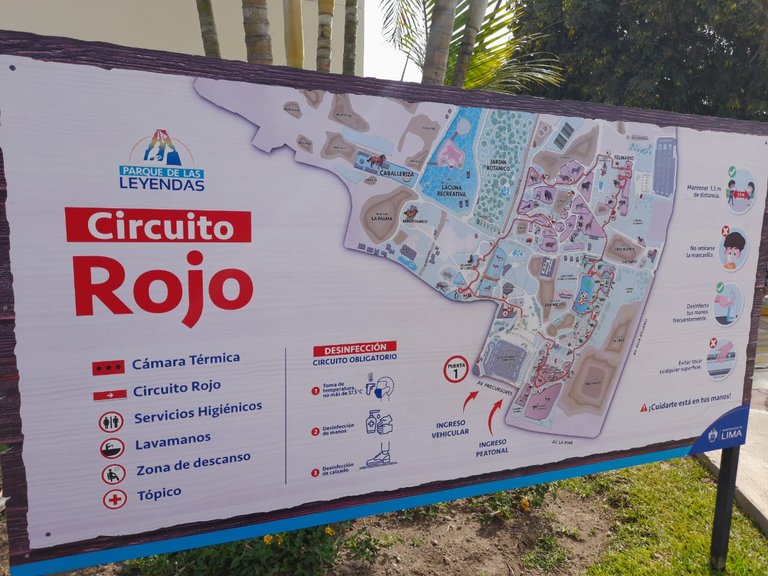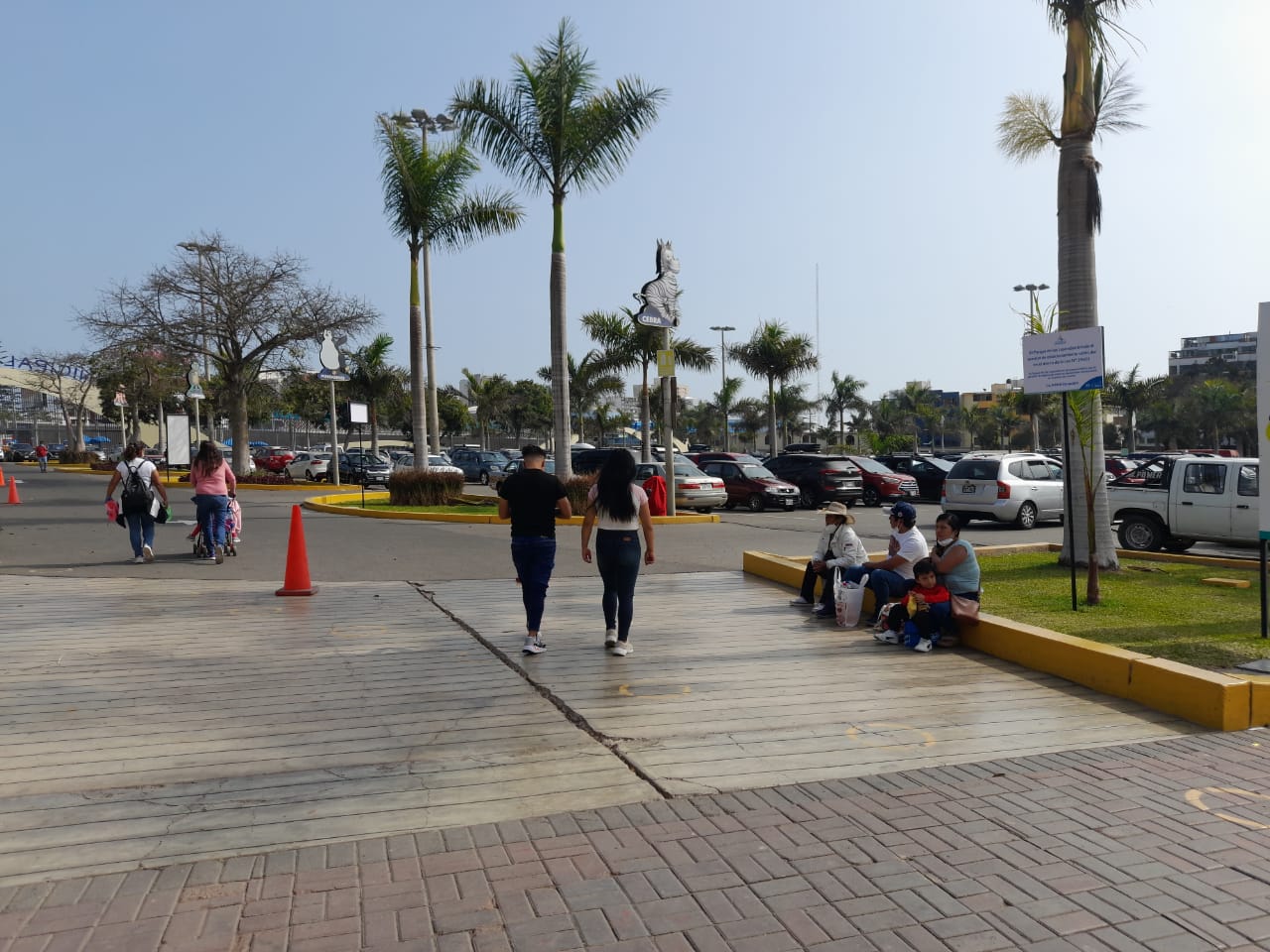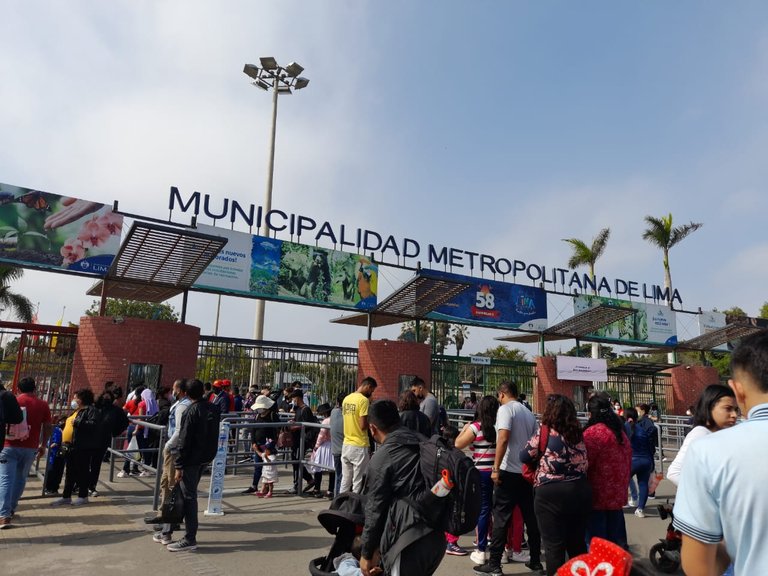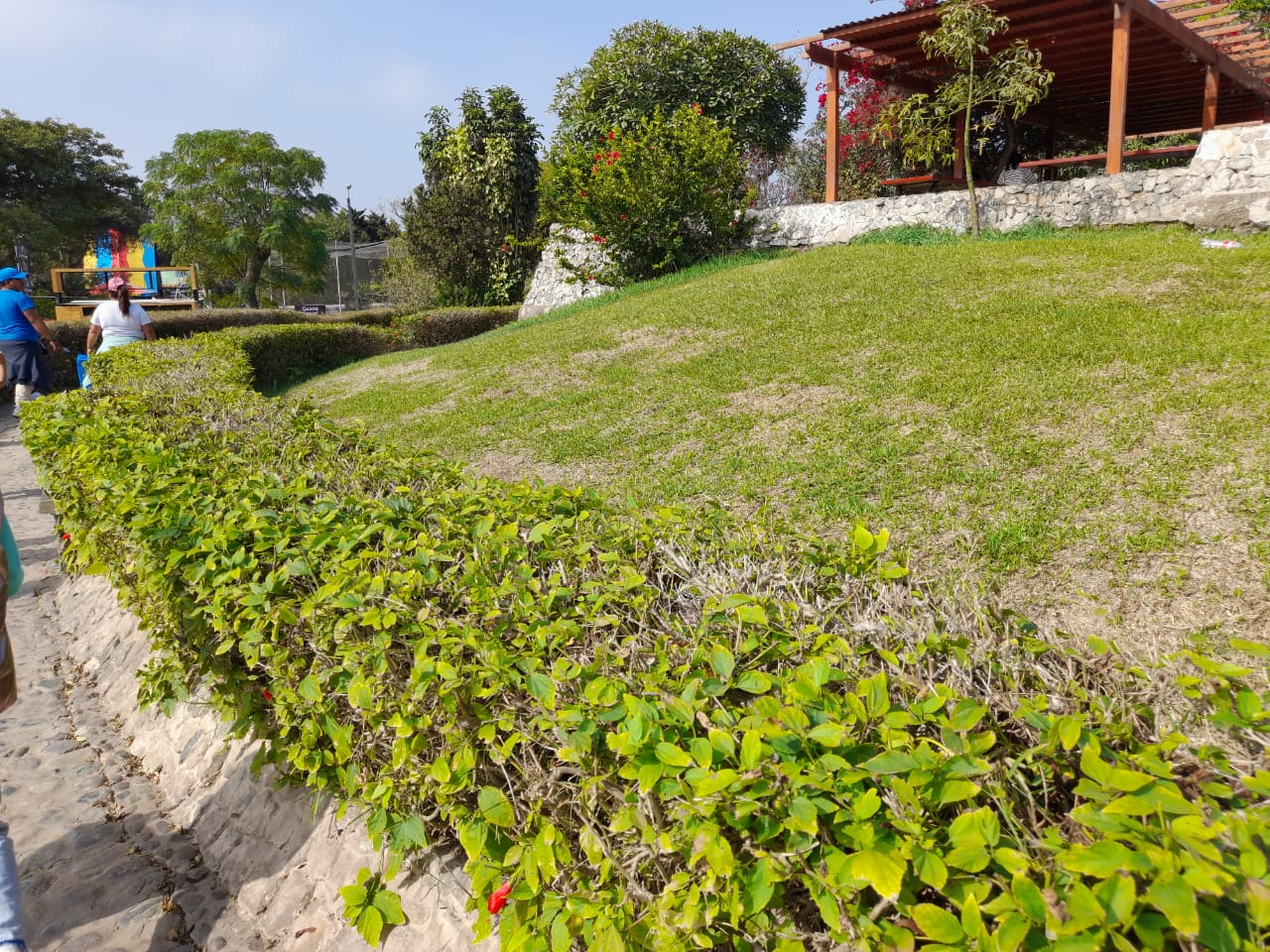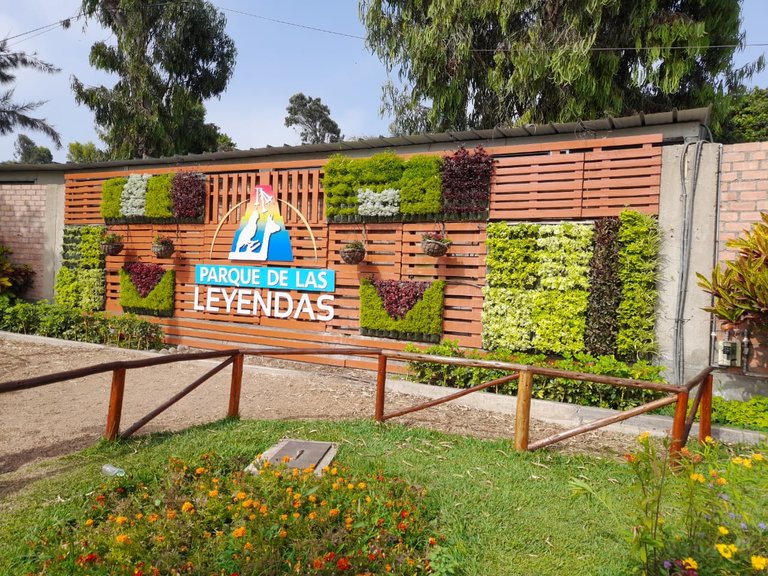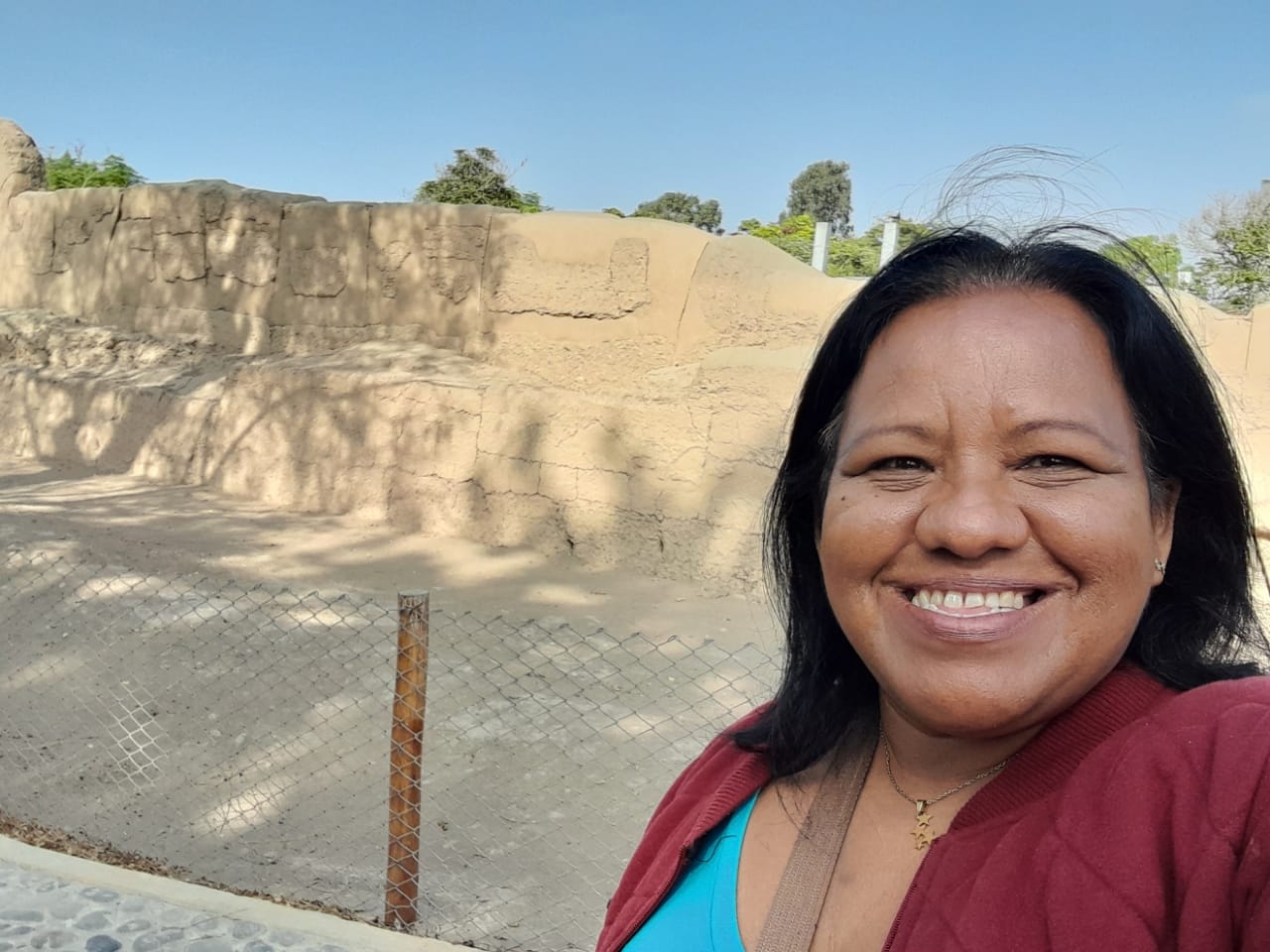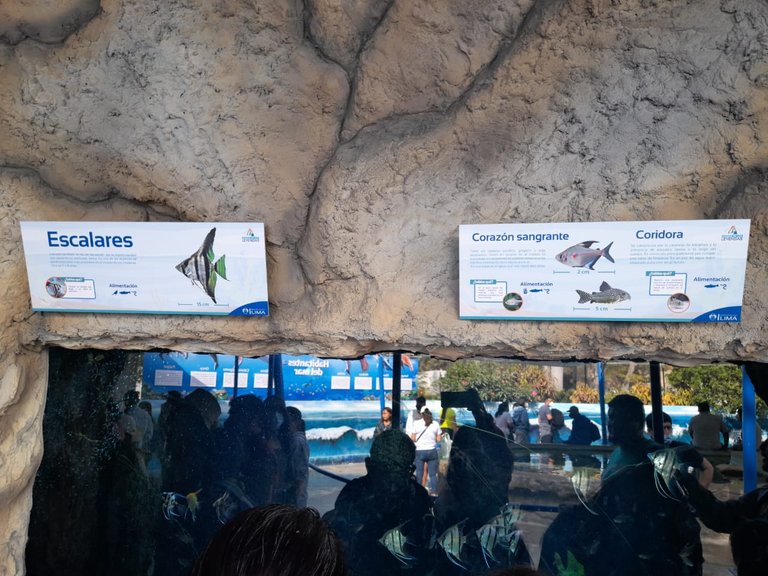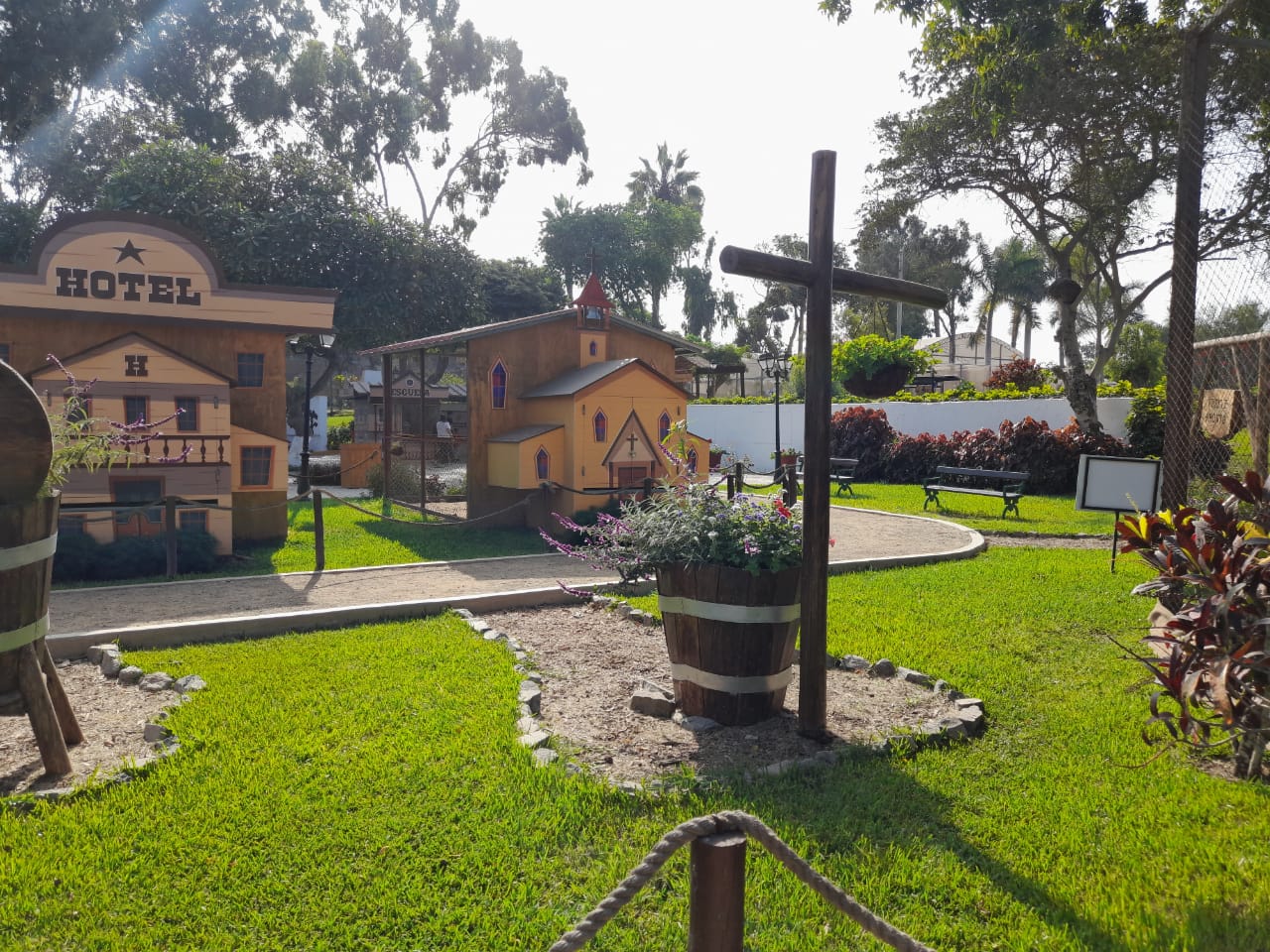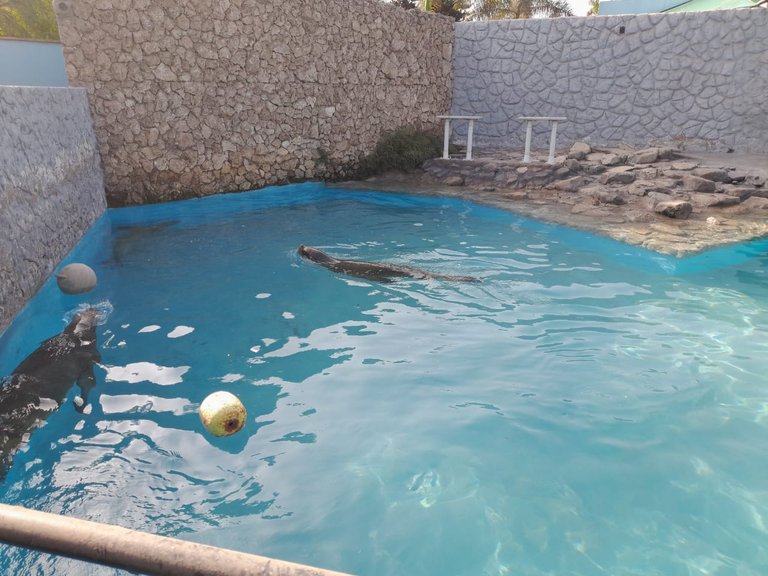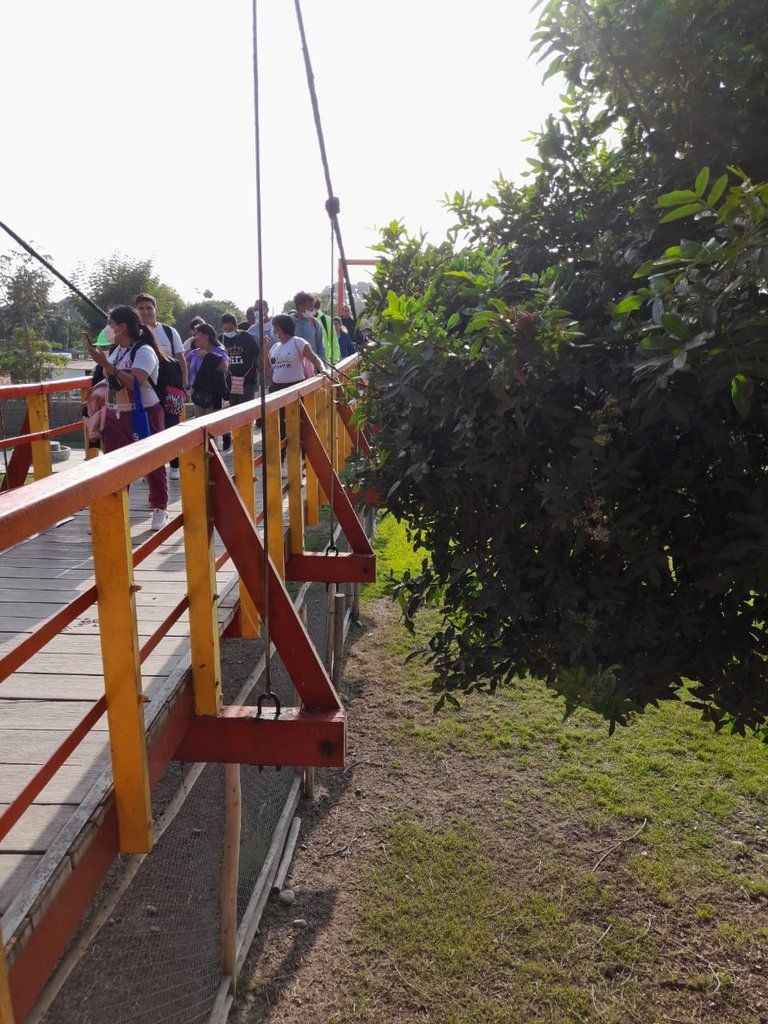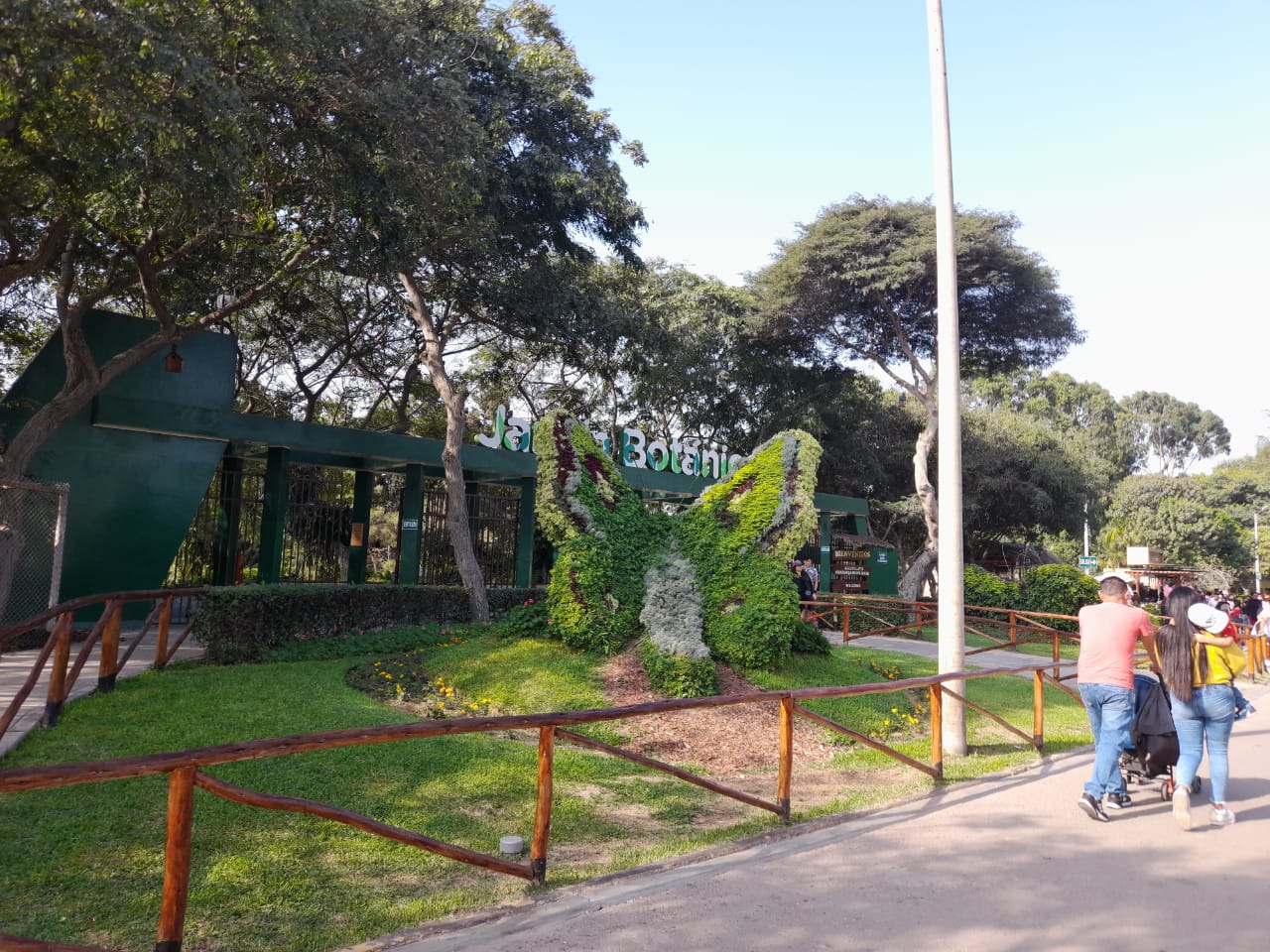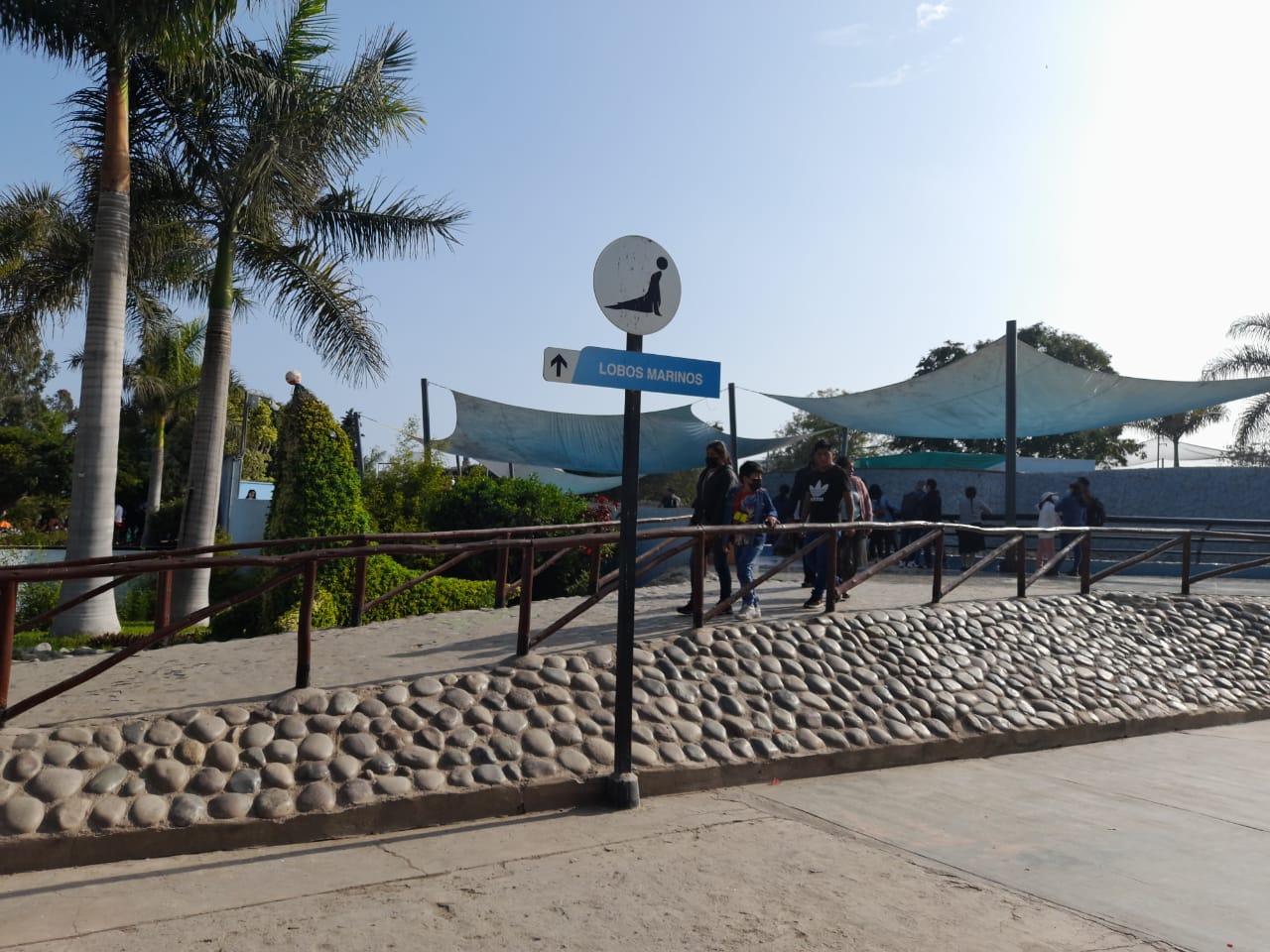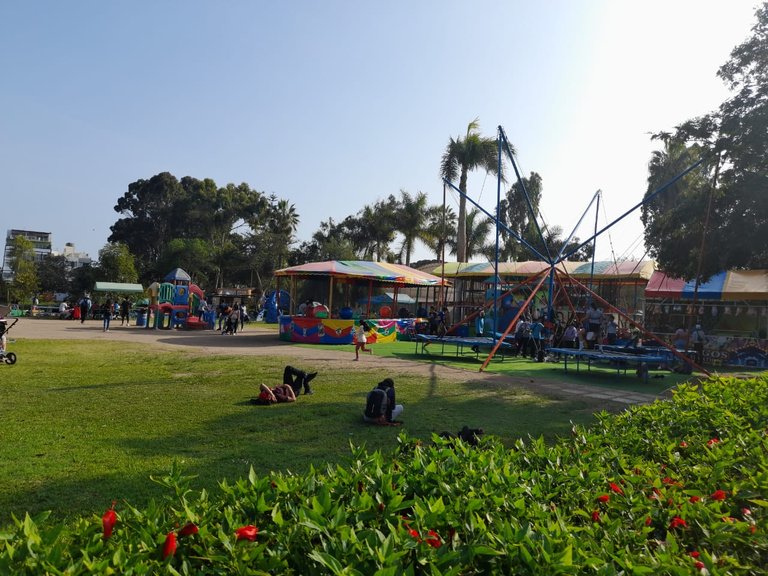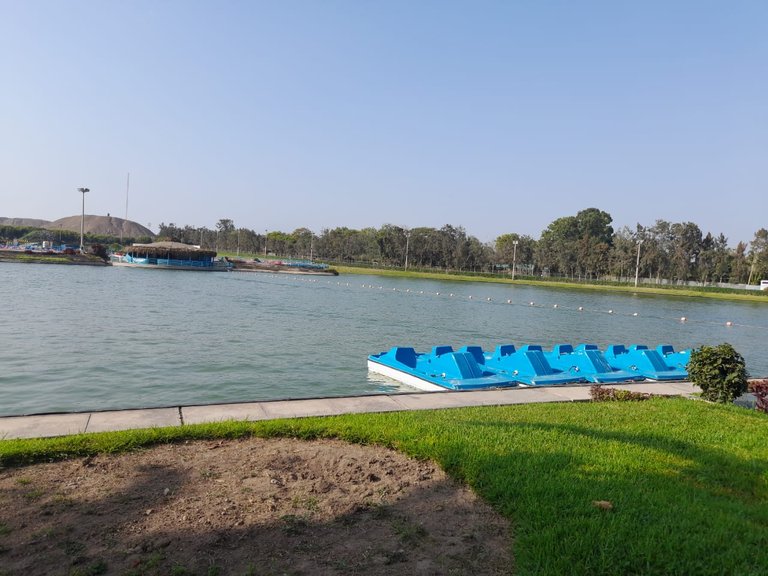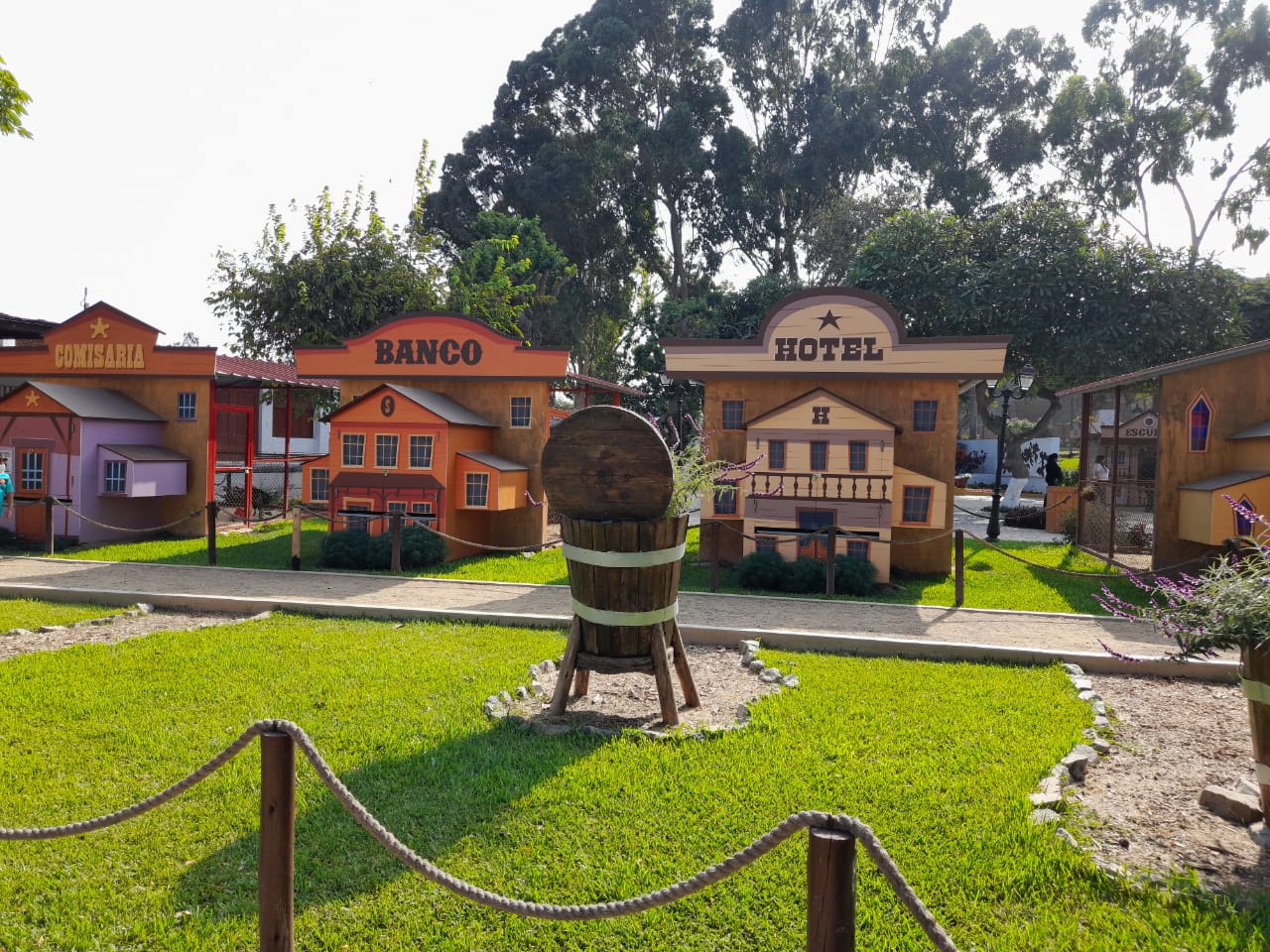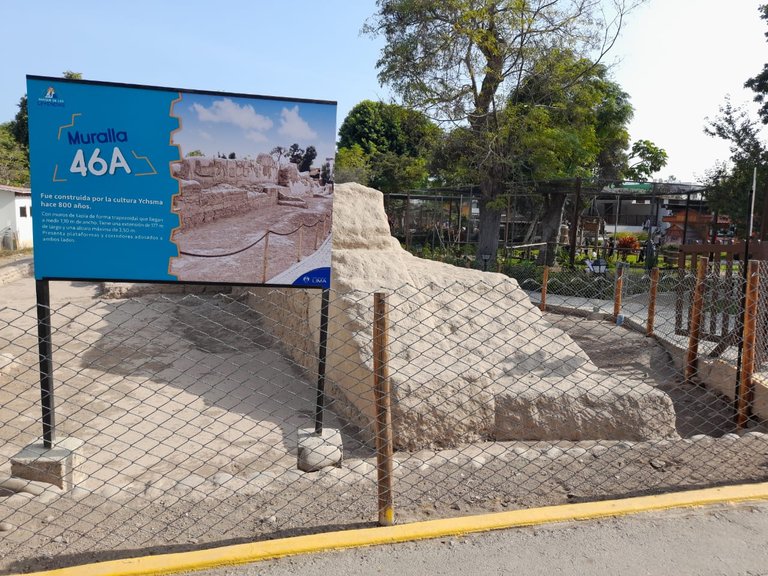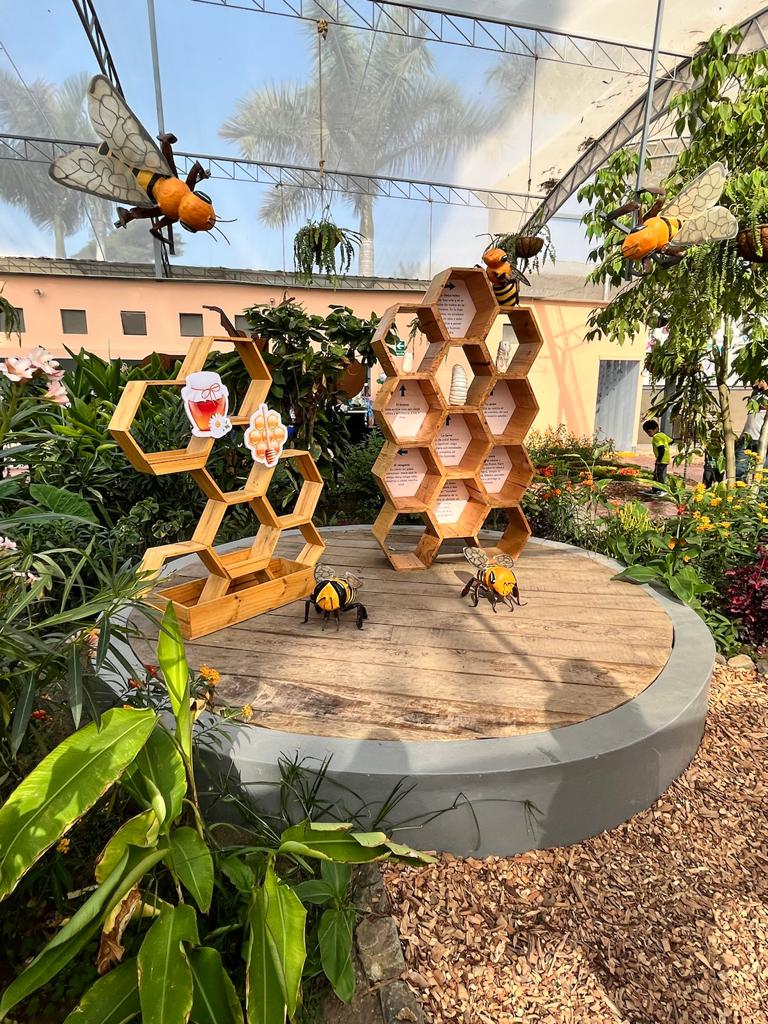
Buenos días amigos de esta maravillosa red social (Hive) hoy quiero compartir con ustedes un poco de historia arquitectónica y arqueológica del Parque de las Leyendas, esto gracias a qué mi madre visito con mi Hermano, mi sobrina y mi cuñada este hermoso parque de la República del Perú. Comencemos...
Good morning friends of this wonderful social network (Hive) today I want to share with you a little architectural and archaeological history of the Park of Legends, this thanks to what my mother visited with my Brother, my niece and my sister-in-law this beautiful park of the Republic of Peru. Start...
Este parque icónico de la República del Perú alberga 53 monumentos arqueológicos aproximadamente, estos se componen por murallas, templos, edificios administrativos, palacios, caminos, etc. Destacan cuatro zonas arqueológicas, estás son: San Miguel, La Cruz, Tres Palos y La Palma, la decoración de esta última (La Palma ) es con frisos representando cruces escalonadas y aves pisqueros. Los especialistas llaman a la unión de todos estos monumentos como el Complejo Arqueológico Maranga, forman así, un gran centro urbano prehispánico y que tiene una continua ocupación desde hace más de dos mil años.
This iconic park of the Republic of Peru houses approximately 53 archaeological monuments, these are composed of walls, temples, administrative buildings, palaces, roads, etc. Four archaeological zones stand out, these are: San Miguel, La Cruz, Tres Palos and La Palma, the decoration of the latter (La Palma) is with friezes representing stepped crosses and pisquero birds. Specialists call the union of all these monuments as the Maranga Archaeological Complex, thus forming a large pre-Hispanic urban center and that has a continuous occupation for more than two thousand years.
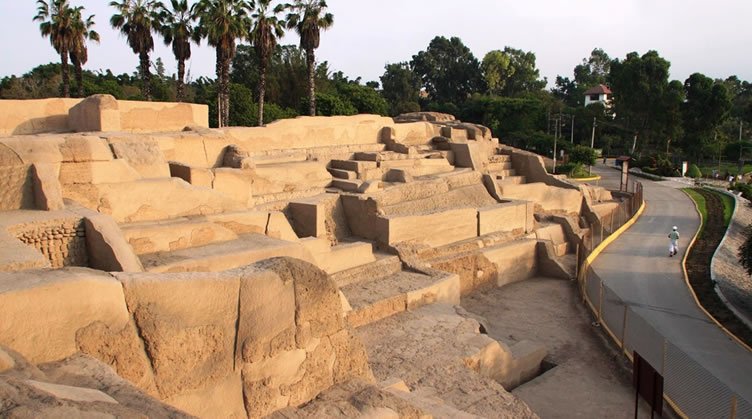
Dentro de este sector se conoce que la ocupación humana más antigua data de los años 200 AC. al año 0 de nuestra época, está estaba caracterizada por un estilo cerámico muy simple que fue denominado como ESTILO LOCAL.
Within this sector it is known that the oldest human occupation dates from the years 200 BC. at year 0 of our time, it was characterized by a very simple ceramic style that was called local style.
Para los años que van entre el 0 al 600 DC., su ocupación se vio influenciada por la CULTURA LIMA, está época se caracterizo por las grandes construcciones a base de pequeños adobe elaborados a mano.
For the years between 0 to 600 AD., its occupation was influenced by the LIMA CULTURE, this period was characterized by large constructions based on small adobe made by hand.
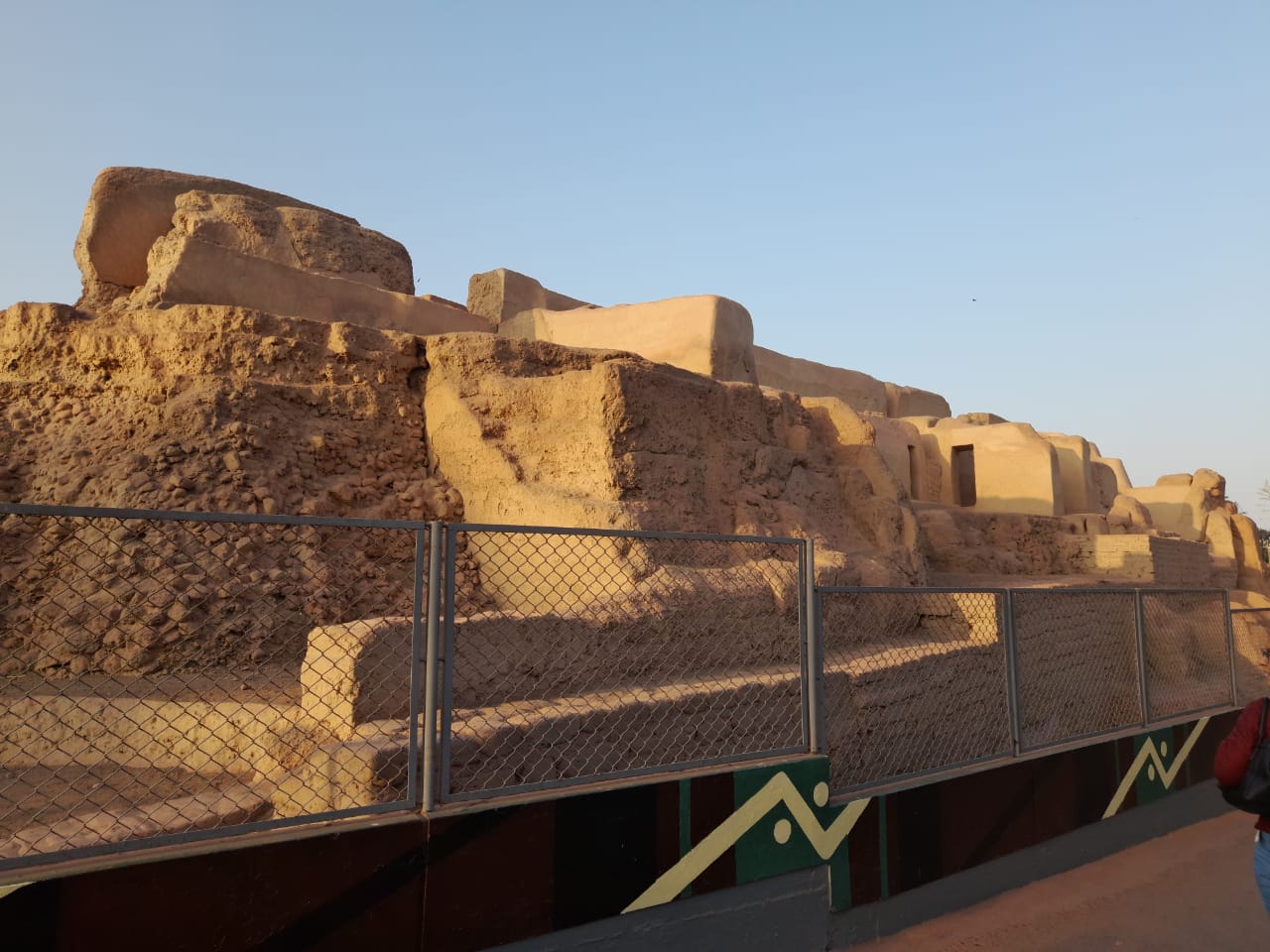
Para los años 1100 a 1450 DC , asentó su sede en lo que hoy en día conocemos como el Parque de las Leyendas el CURACAZGO DE MARANGA, lo que pertenece al SEÑORÍO ICHMA, logrando edificar una ciudadela que se caracteriza por sus construcciones en tapia. El Curacazgo se expandió a parte del valle bajo del Rímac (actuales distritos de Magdalena del Mar, Pueblo Libre, San Miguel y parte del cercado de Lima) logrando alcanzar un extenso desarrollo marítimo y agropecuario. Para justificar este auge se observan los grandes depósitos descubiertos por las excavaciones arqueológicas, los cuales poseían productos como el maní, frutos deshidratados, el maíz y una gran variedad de frijoles.
For the years 1100 to 1450 AD, it settled its headquarters in what we know today as the Park of Legends the CURACAZGO DE MARANGA, which belongs to the SEÑORÍO ICHMA, managing to build a citadel that is characterized by its constructions in tapia. The Curacazgo expanded to part of the lower valley of the Rimac (current districts of Magdalena del Mar, Pueblo Libre, San Miguel and part of the fence of Lima) achieving an extensive maritime and agricultural development. To justify this boom, we can see the large deposits discovered by archaeological excavations, which had products such as peanuts, dried fruits, corn and a wide variety of beans.
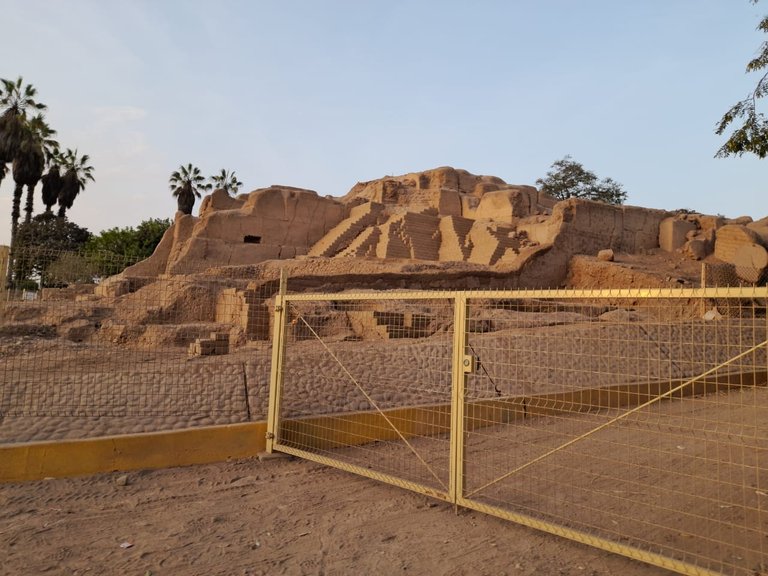
Finalmente toda esta zona para el año 1450 DC es tomada por los Incas, logrando formar parte del Tahuantinsuyo, la población Ichma, pero aún así para esa época y bajo la administración imperial se mantiene en Maranga.
Finally all this area by the year 1450 AD is taken by the Incas, managing to be part of the Tahuantinsuyo, the Ichma population, but still for that time and under the imperial administration it remains in Maranga.
El complejo arqueológico Maranga es reconocido durante esta época como el asentamiento más importante de los andes centrales y de Lima. Hablemos ahora de los distintos sectores del complejo, estos fueron construido en tapia, se se identifican dos sectores a manera de “barrios”; uno está rodeado por murallas y el otro en los extramuros, sin amurallar.
The Maranga archaeological complex is recognized during this time as the most important settlement in the central Andes and Lima. Let's talk now about the different sectors of the complex, these were built in tapia, two sectors are identified as "neighborhoods"; one is surrounded by walls and the other outside the walls, without walling.
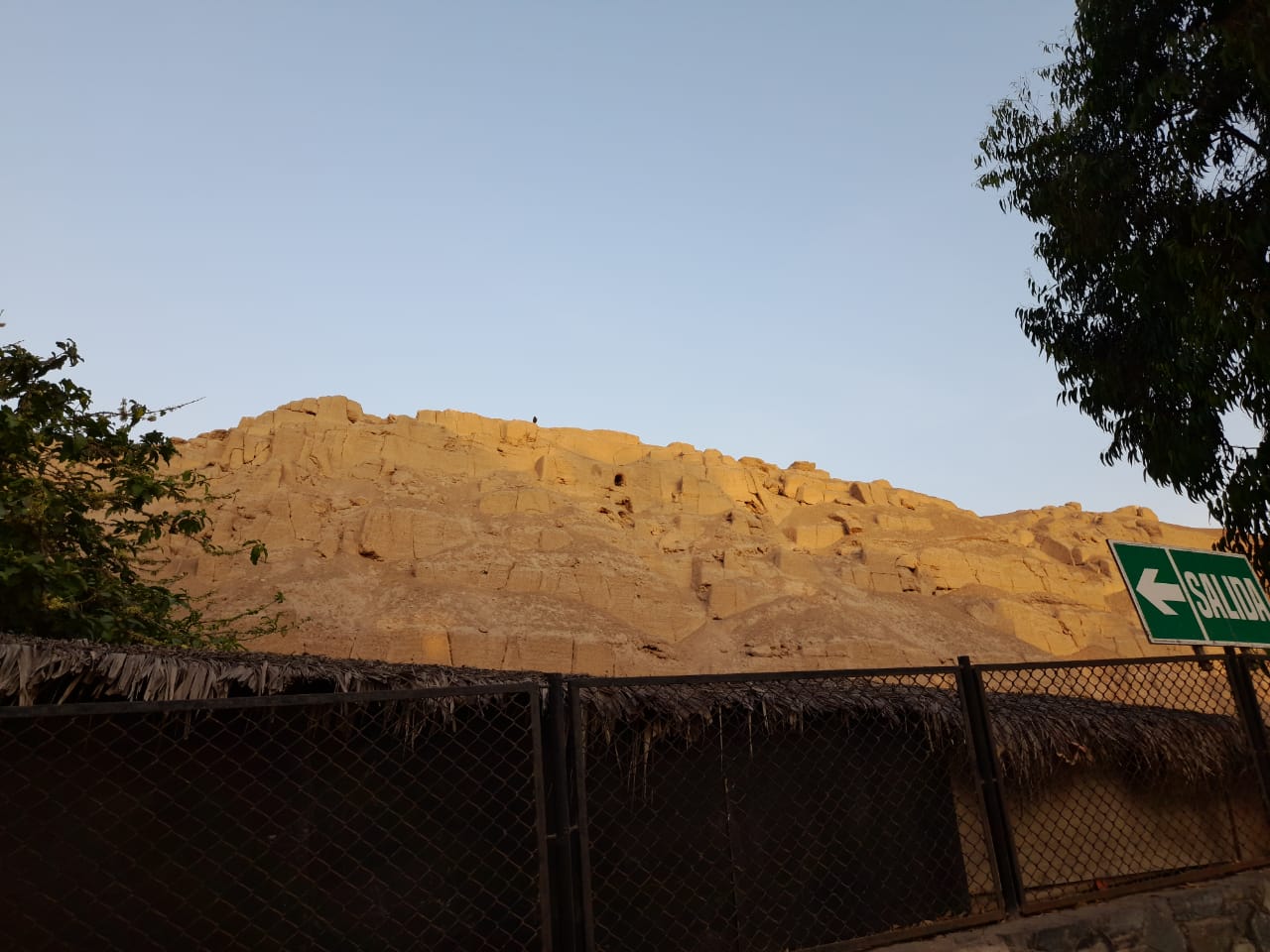
Sector sin murallas.
En este sector sin amurallar podemos observar las huacas San Miguel, La Cruz, Tres Palos y Cruz Blanca. Se aprecian diversos montículos y canales de irrigación. A través de plazas y caminos las construcciones aquí presentes se interconectan entre sí con el sector amurallado como el de la Huaca Tres Palos.
Sector without walls.
In this unwalled sector we can see the huacas San Miguel, La Cruz, Tres Palos and Cruz Blanca. Various mounds and irrigation canals can be seen. Through squares and roads the constructions present here are interconnected with each other with the walled sector such as the Huaca Tres Palos.
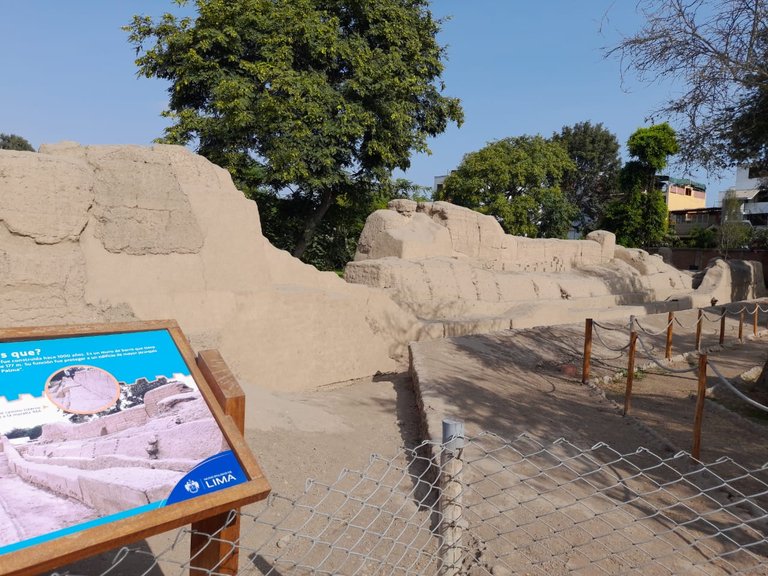
La Huaca Tres Palos cumplió la función de templo – observatorio de estructura piramidal truncada. Los muros de esta huaca son de tapia con acabados abrillantados y pintados en colores amarillo ocre y blanco. Presenta en su plataforma más alta un sistema de 96 pozos que contenían troncos, esto les permitió conformar un sistema para la medición del tiempo, las mareas y las estaciones del año, con estos conocimientos aplicados les permitió tener una organización en la agricultura y la pesca.
The Huaca Tres Palos fulfilled the function of temple – observatory of truncated pyramidal structure. The walls of this huaca are made of wall with polished finishes and painted in ochre yellow and white colors. It presents on its highest platform a system of 96 wells containing logs, this allowed them to form a system for the measurement of time, tides and seasons, with this applied knowledge allowed them to have an organization in agriculture and fishing.
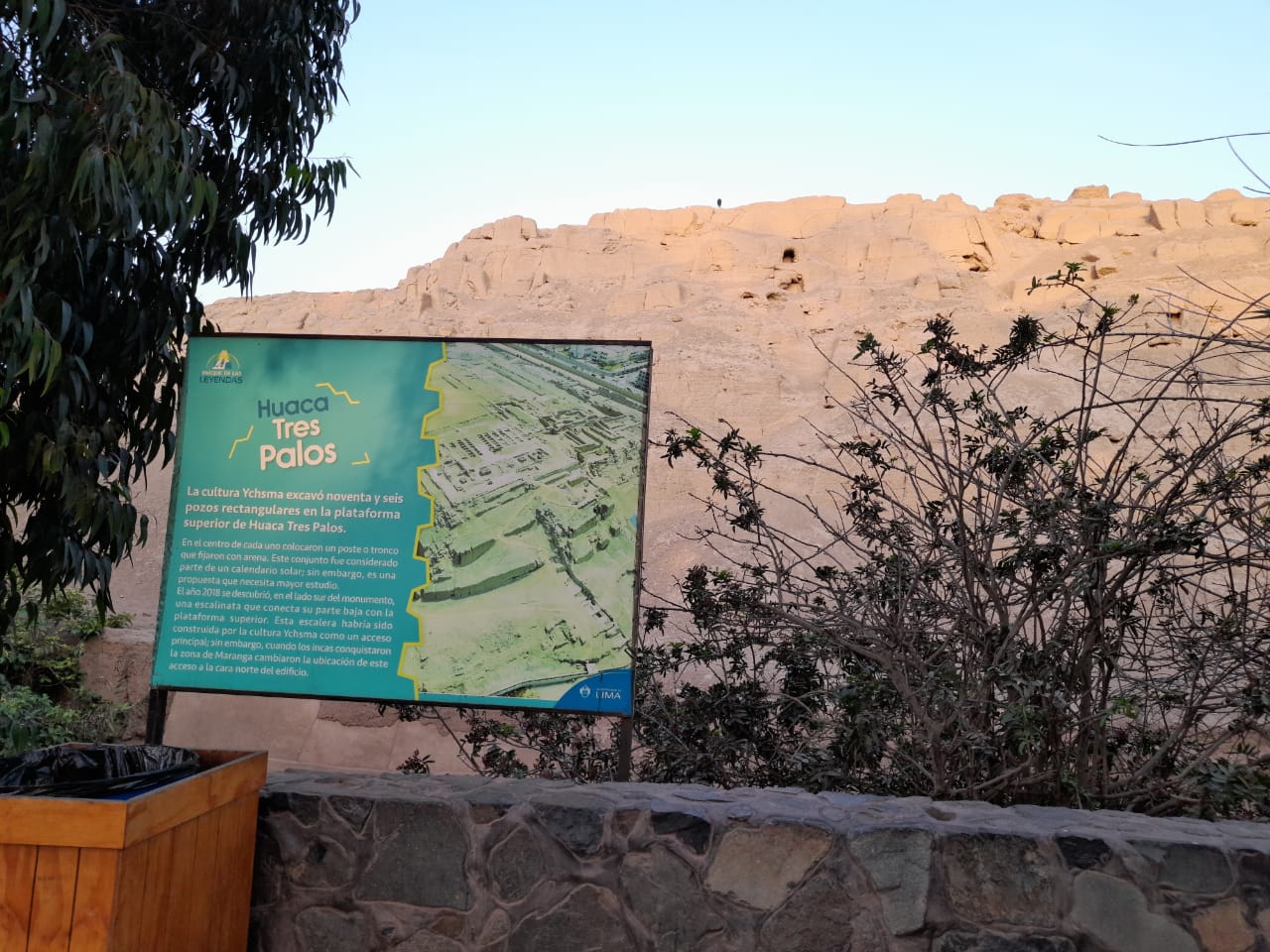
La Huaca San Miguel fue un centro administrativo construido a base de tapia, el edificio fue aprovechado para el almacenaje masivo de productos alimenticios. En el se han identificado recintos rectangulares con banquetas, plataformas y corredores que se comunican con estrechas escaleras.
The Huaca San Miguel was an administrative center built from wall, the building was used for the massive storage of food products. In it, rectangular enclosures have been identified with sidewalks, platforms and corridors that communicate with narrow stairs.
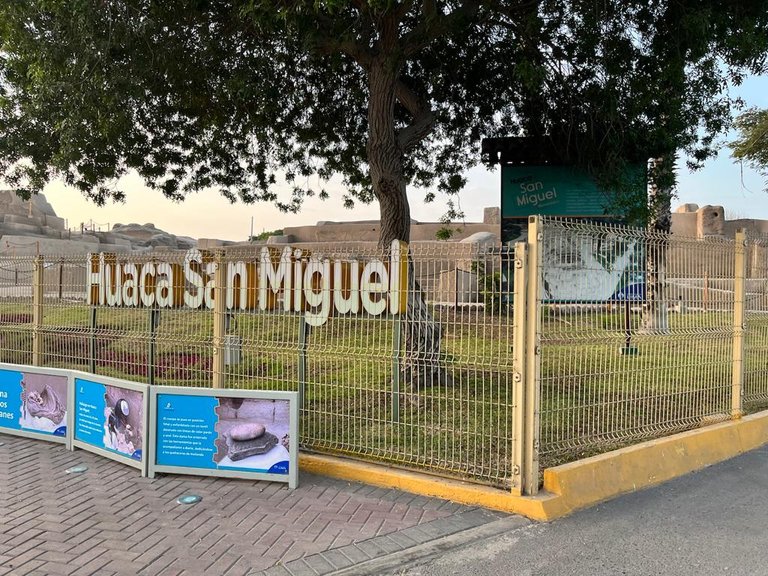
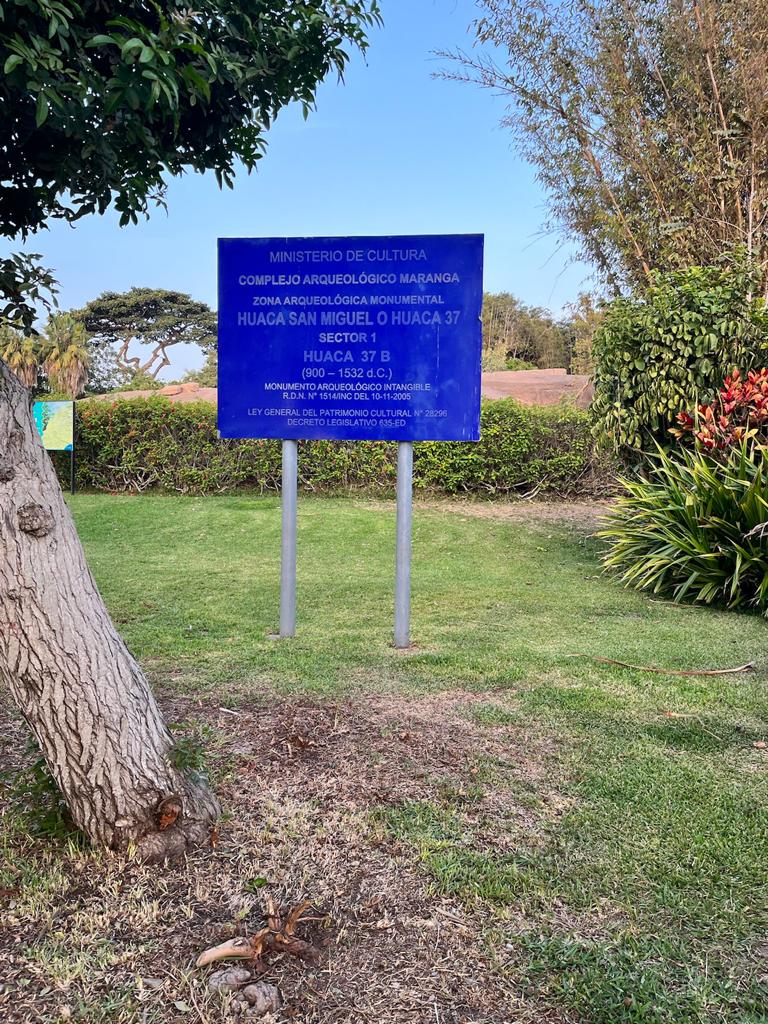
La Huaca Cruz Blanca cumplió funciones de Centro Ceremonial durante el Curacazgo de Maranga. Se conforma por dos sectores: una parte alta dónde resaltan una serie de recintos y terrazas, y una parte baja que contiene en su interior diversos recintos, a diferentes niveles, los cuales se comunican con escaleras y rampas.
The Huaca Cruz Blanca served as a Ceremonial Center during the Curacazgo de Maranga. It is made up of two sectors: an upper part where a series of enclosures and terraces stand out, and a lower part that contains inside various enclosures, at different levels, which communicate with stairs and ramps.
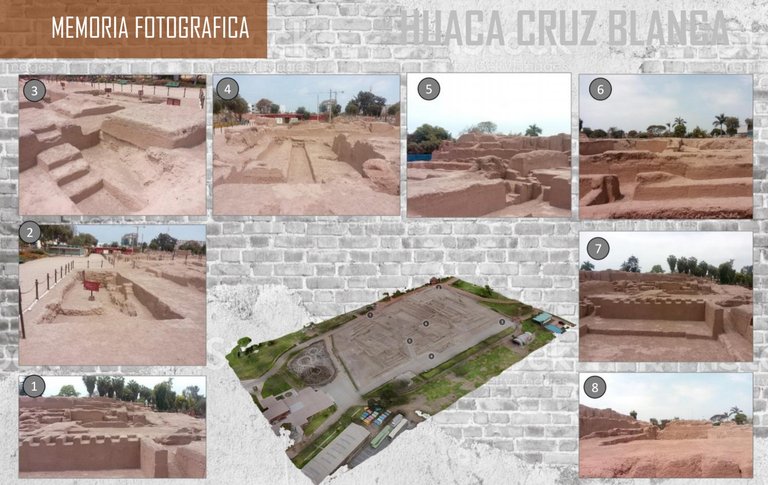
Sector con Murallas
En este gran recinto Amurallado se observan zonas de ingreso, caminos, murallas y estructuras que componen la ciudadela. En este sector nos encontramos el Palacio Inca, las edificaciones de La Palma, decorada con frisos de aves piquero y cruces escalonadas, diversos montículos y edificios.
Sector with Walls
In this large walled enclosure there are entrance areas, roads, walls and structures that make up the citadel. In this sector we find the Inca Palace, the buildings of La Palma, decorated with friezes of booby birds and stepped crosses, various mounds and buildings.
Las murallas de tapia de este gran recinto amurallado se caracterizan por su gran grosor y por el sistema constructivo basado en la union de varios muros con trazos ligeramente curvos. Las partes superior de algunas de las murallas cumplieron la función de caminos, estos les permitían ingresaban a los recintos amurallados.
The ramparts of this large walled enclosure are characterized by their great thickness and by the constructive system based on the union of several walls with slightly curved strokes. The upper parts of some of the walls fulfilled the function of roads, these allowed them to enter the walled enclosures.
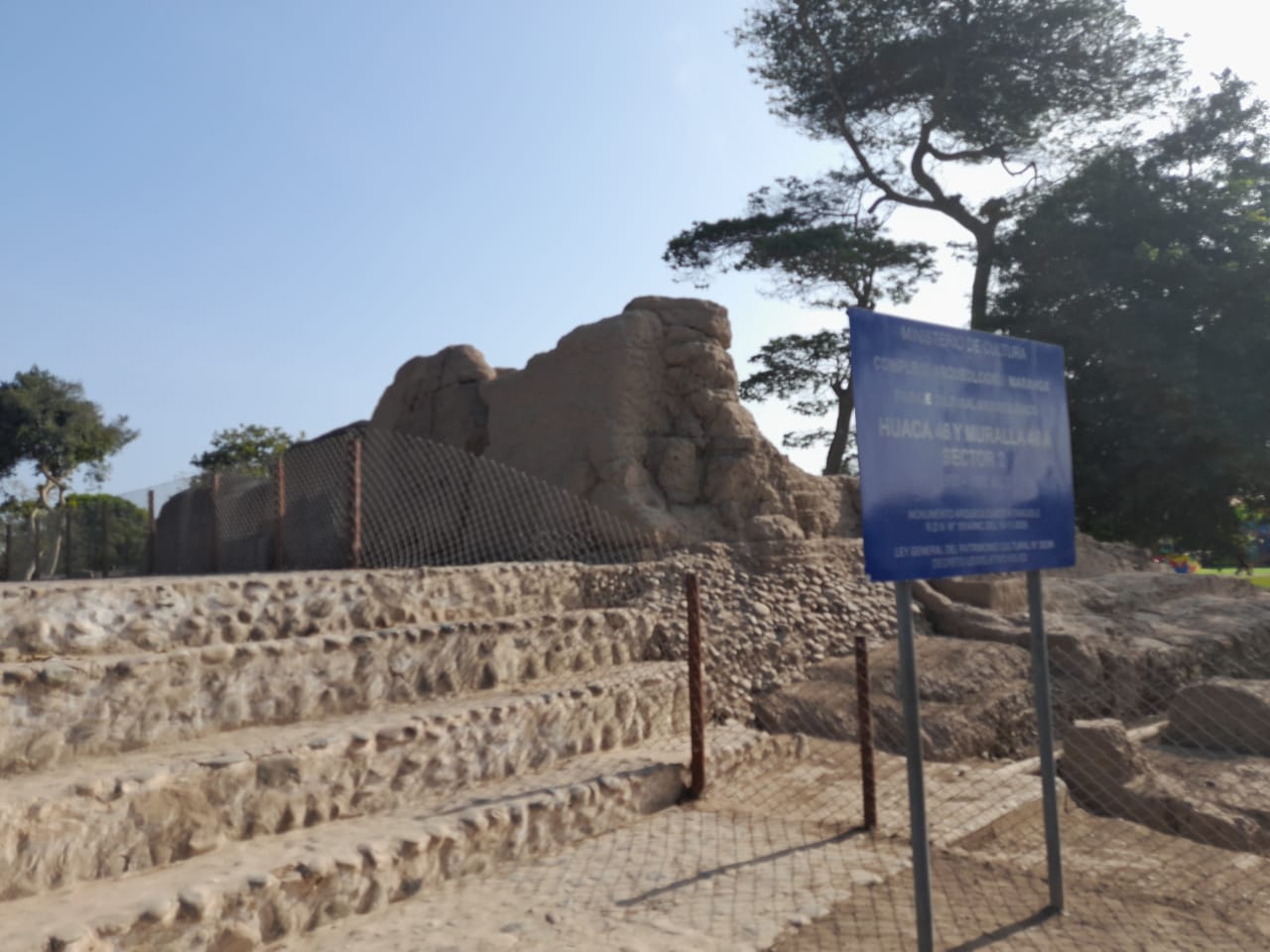
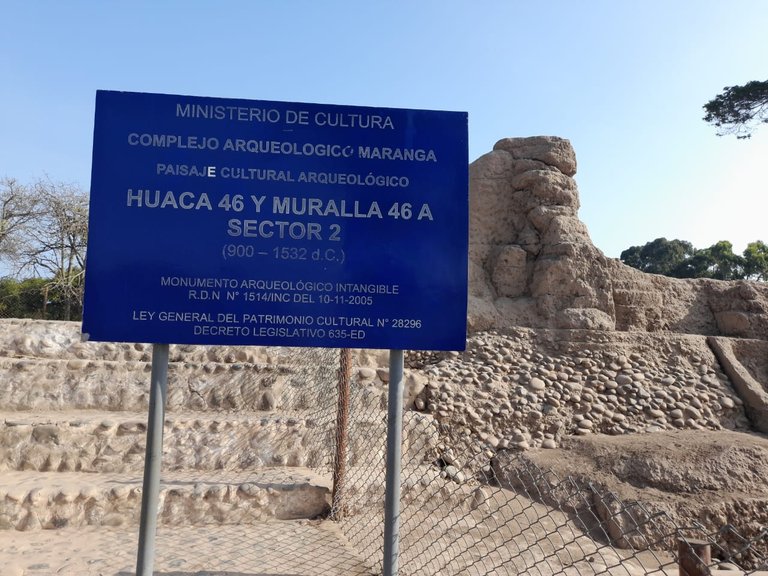
Huaca La Palma, es una pirámide construida a base de tapia que presenta en su interior pasajes y recintos, la pirámide también cuenta con una rampa. Uno de los atractivos importantes de este monumento son sus frisos o fachada en alto relieve con diseños de aves piquero en actitud de caída y otra en bajorrelieve con motivo de cruces escalonadas. Al ser la pesca una de las actividades de los habitantes antiguos de Maranga la representación de aves marinas es muy significativa ya que estos productos marinos les sirvieron como base de intercambio en la antigüedad.
Huaca La Palma, is a pyramid built on the basis of wall that presents inside passages and enclosures, the pyramid also has a ramp. One of the important attractions of this monument are its friezes or façade in high relief with designs of booby birds in a falling attitude and another in bas-relief on the occasion of staggered crosses. As fishing is one of the activities of the ancient inhabitants of Maranga, the representation of seabirds is very significant since these marine products served as a base of exchange in ancient times.
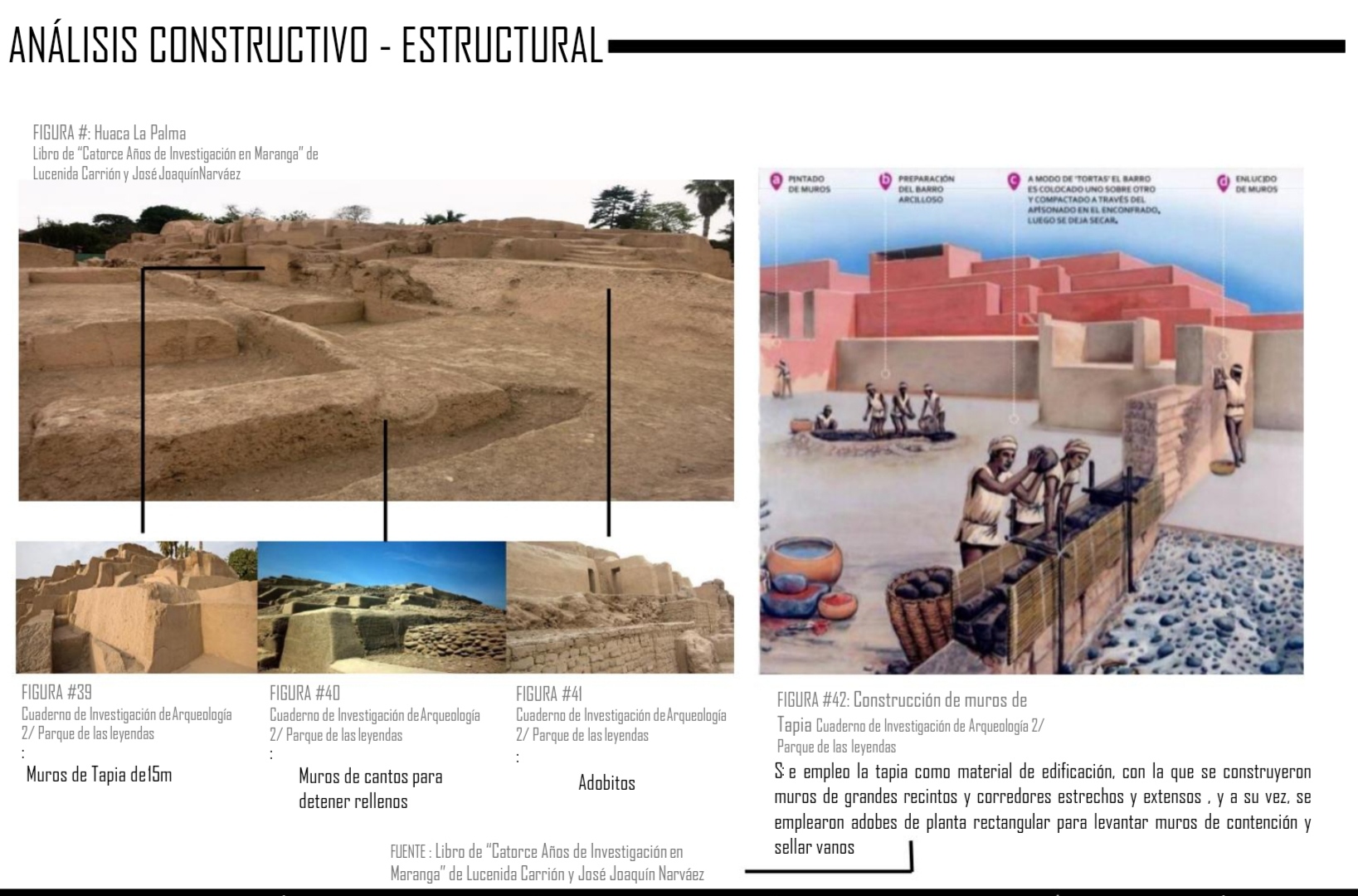
A continuación comparto fotografías tomadas por mi madre durante la visita a El Parque de las Leyendas, Lima, Perú. Gracias por leer mi artículo, me despido hasta un próximo artículo. Gracias.
Below I share photographs taken by my mother during the visit to El Parque de las Leyendas, Lima, Peru. Thank you for reading my article, I say goodbye until a next article. Thank you.
👇 👇 👇 👇
📱 SAMSUNG cell phone, GALAXY A12.
